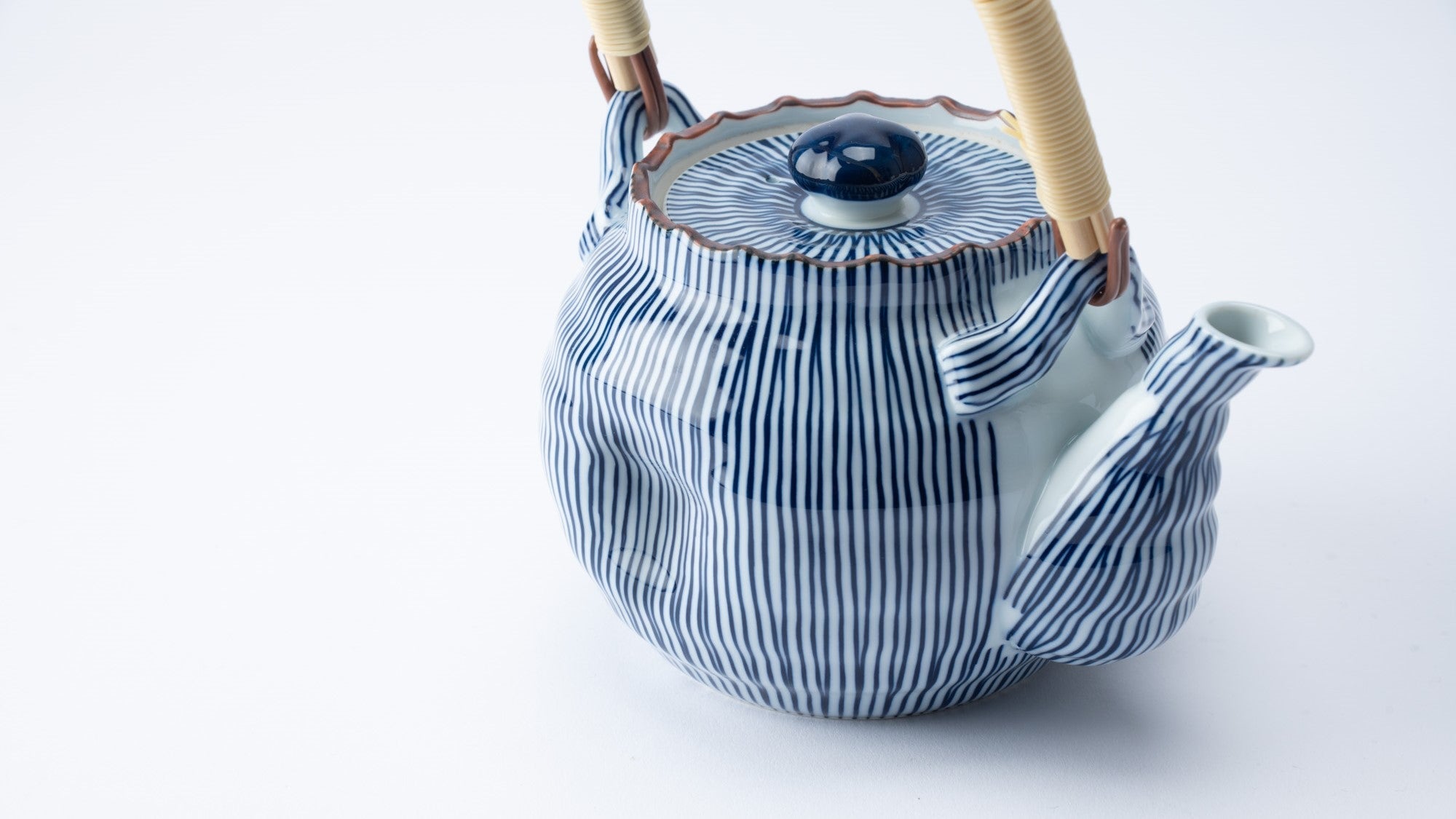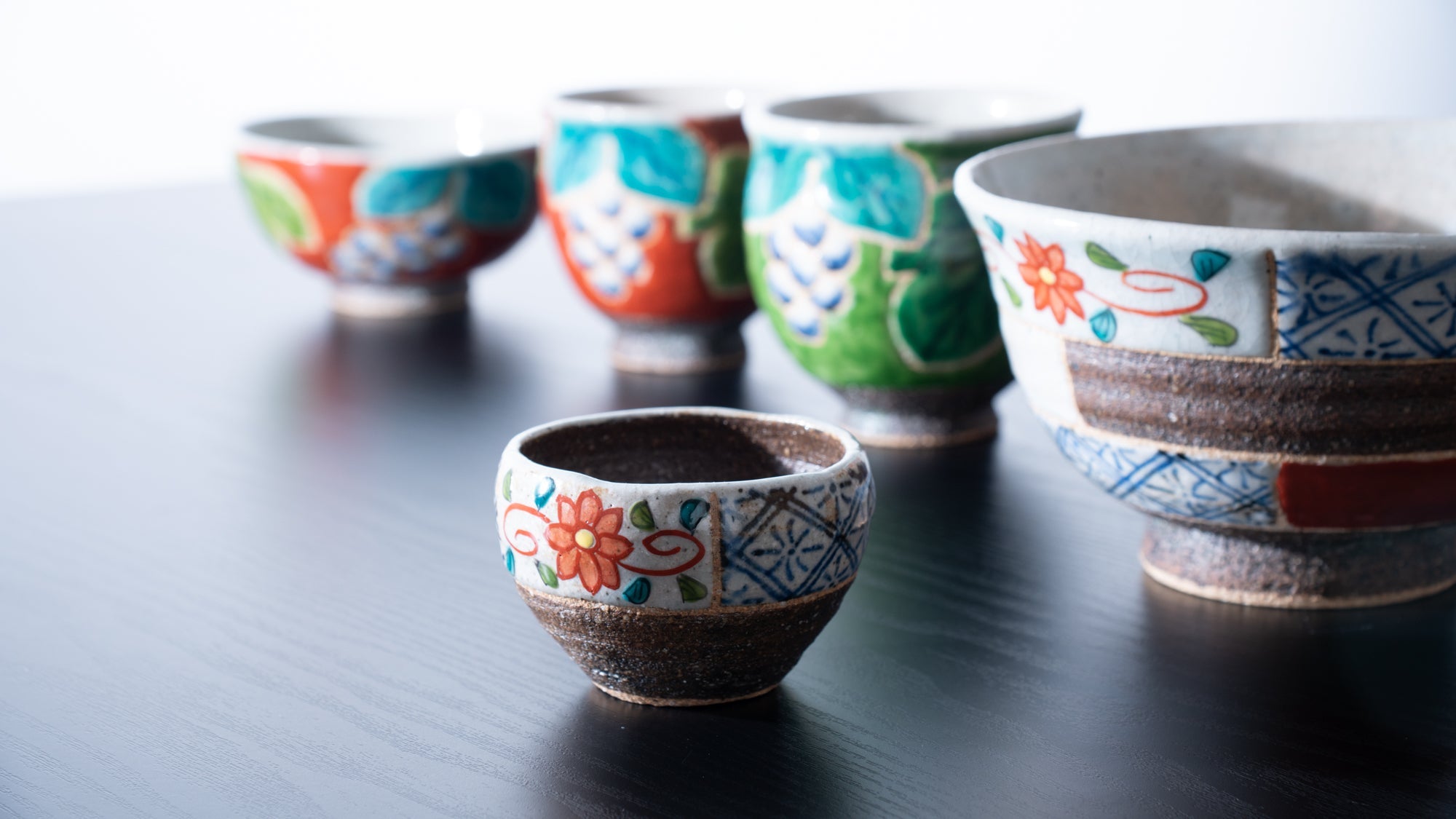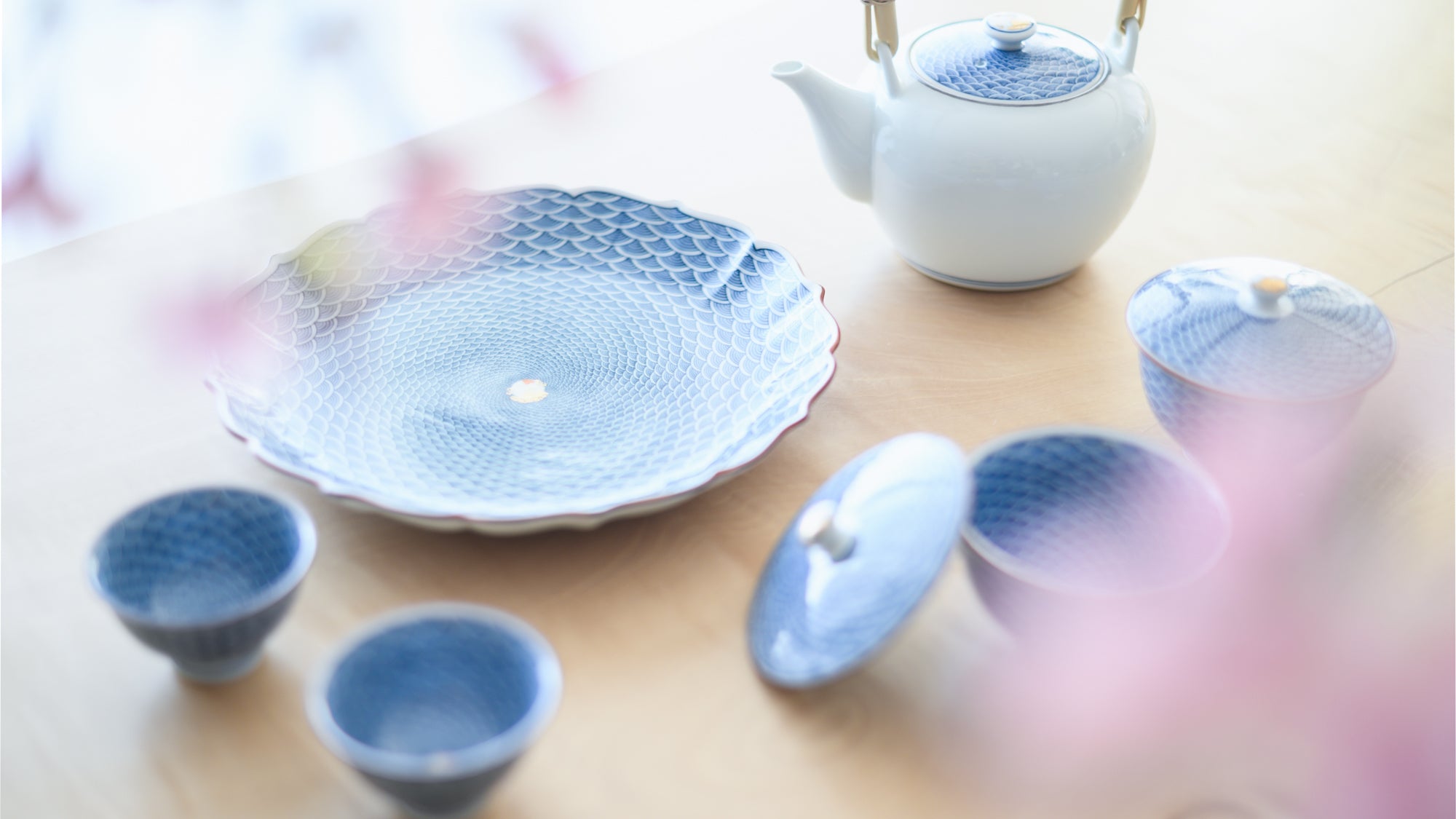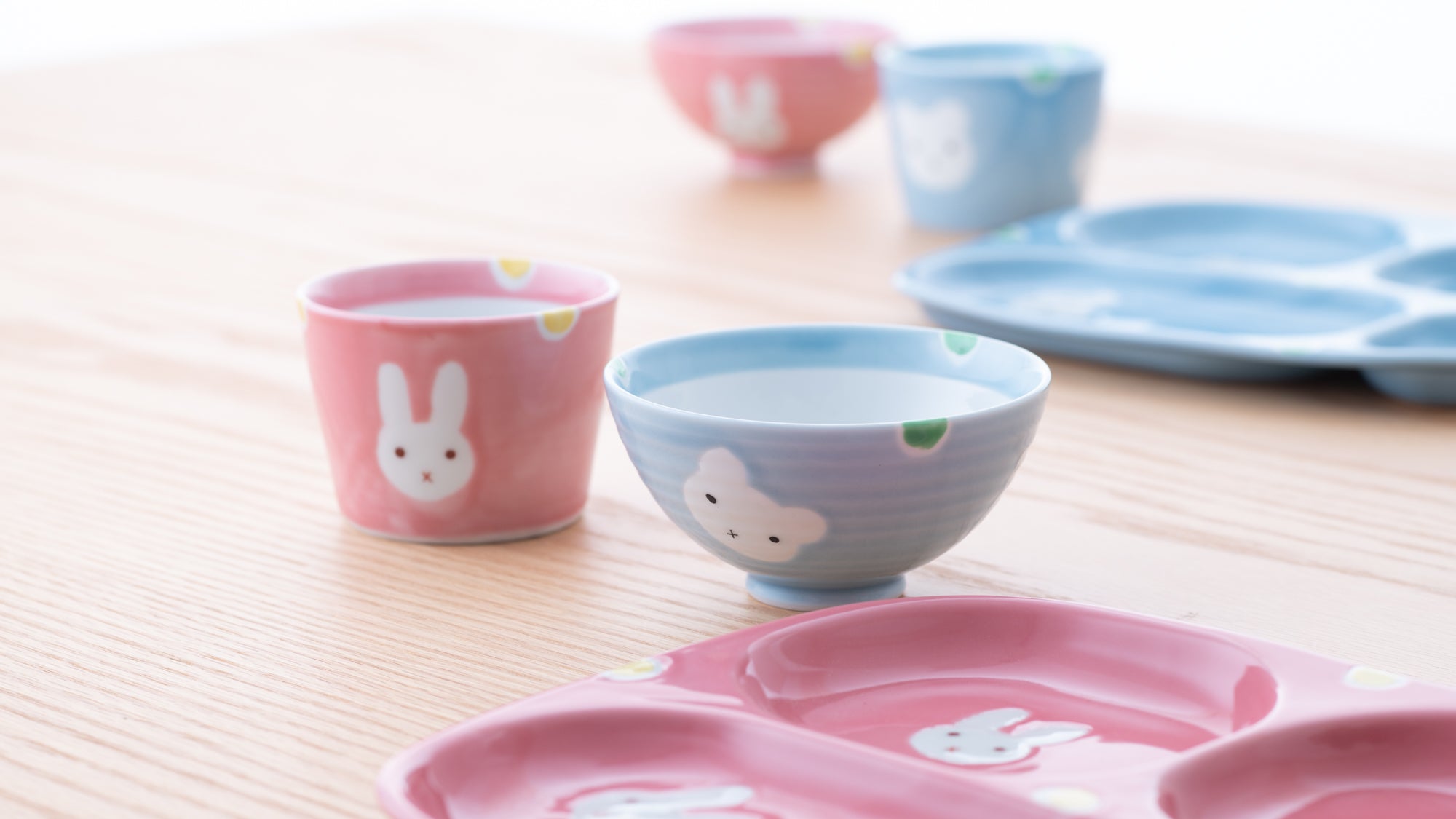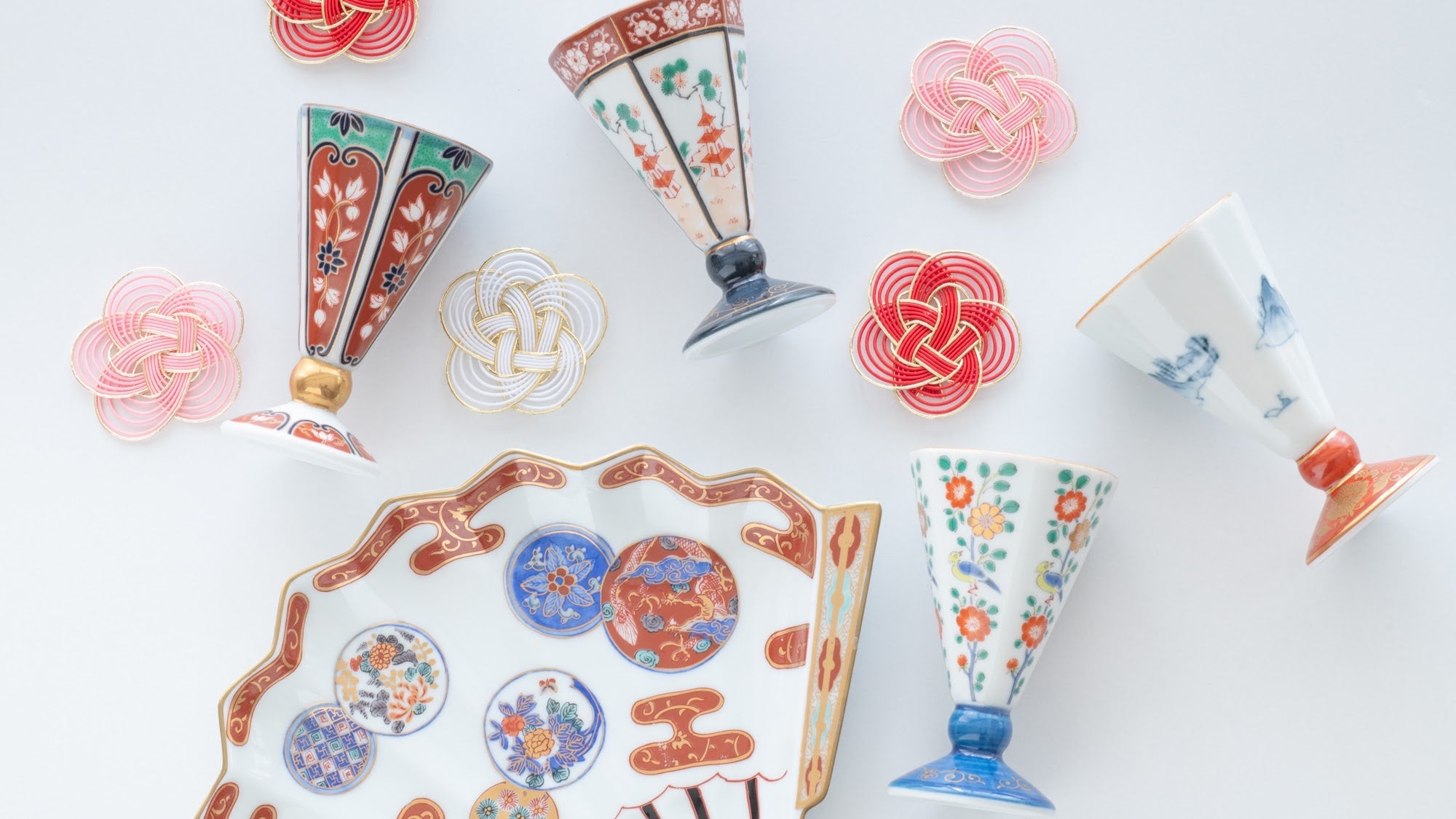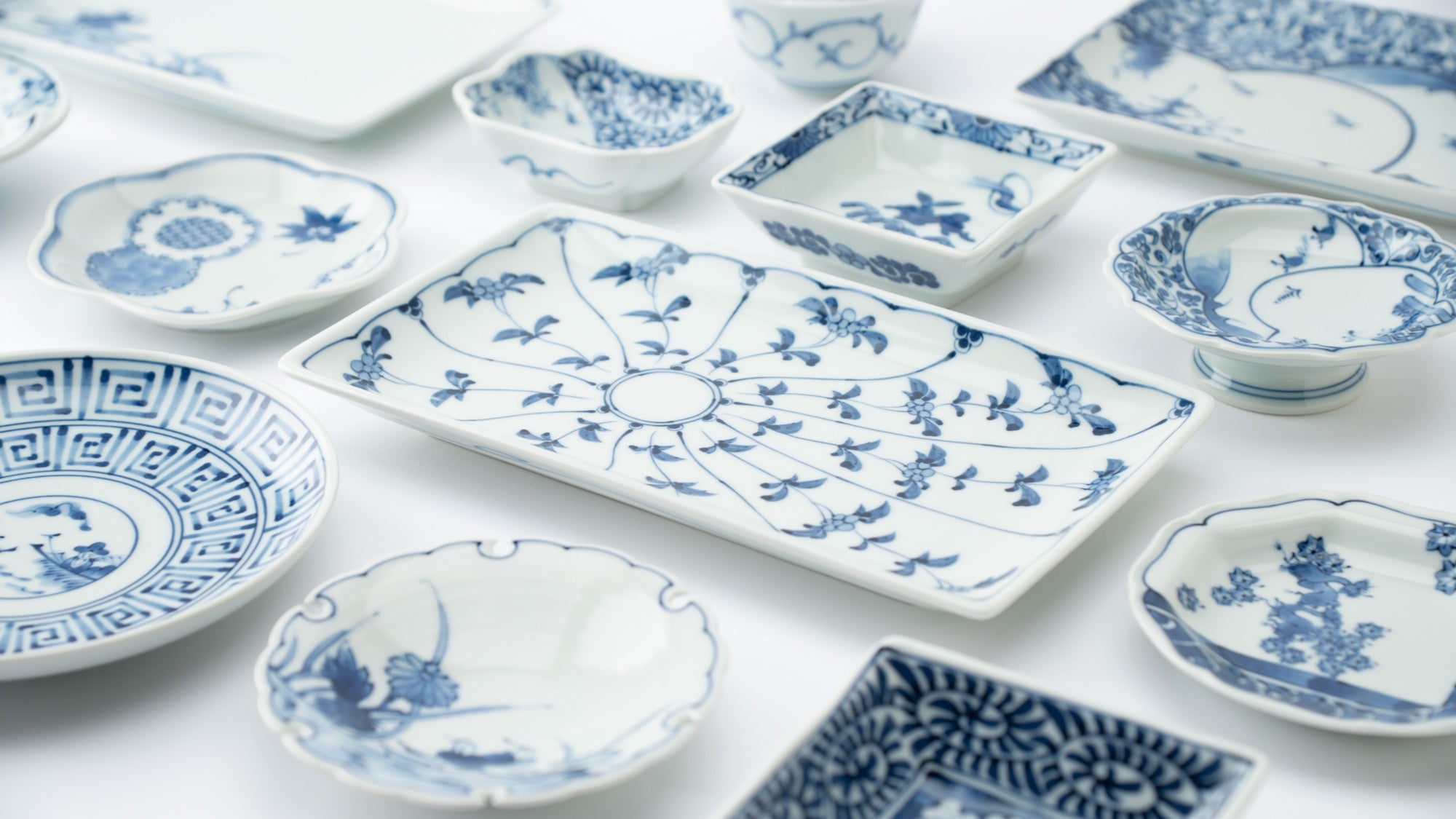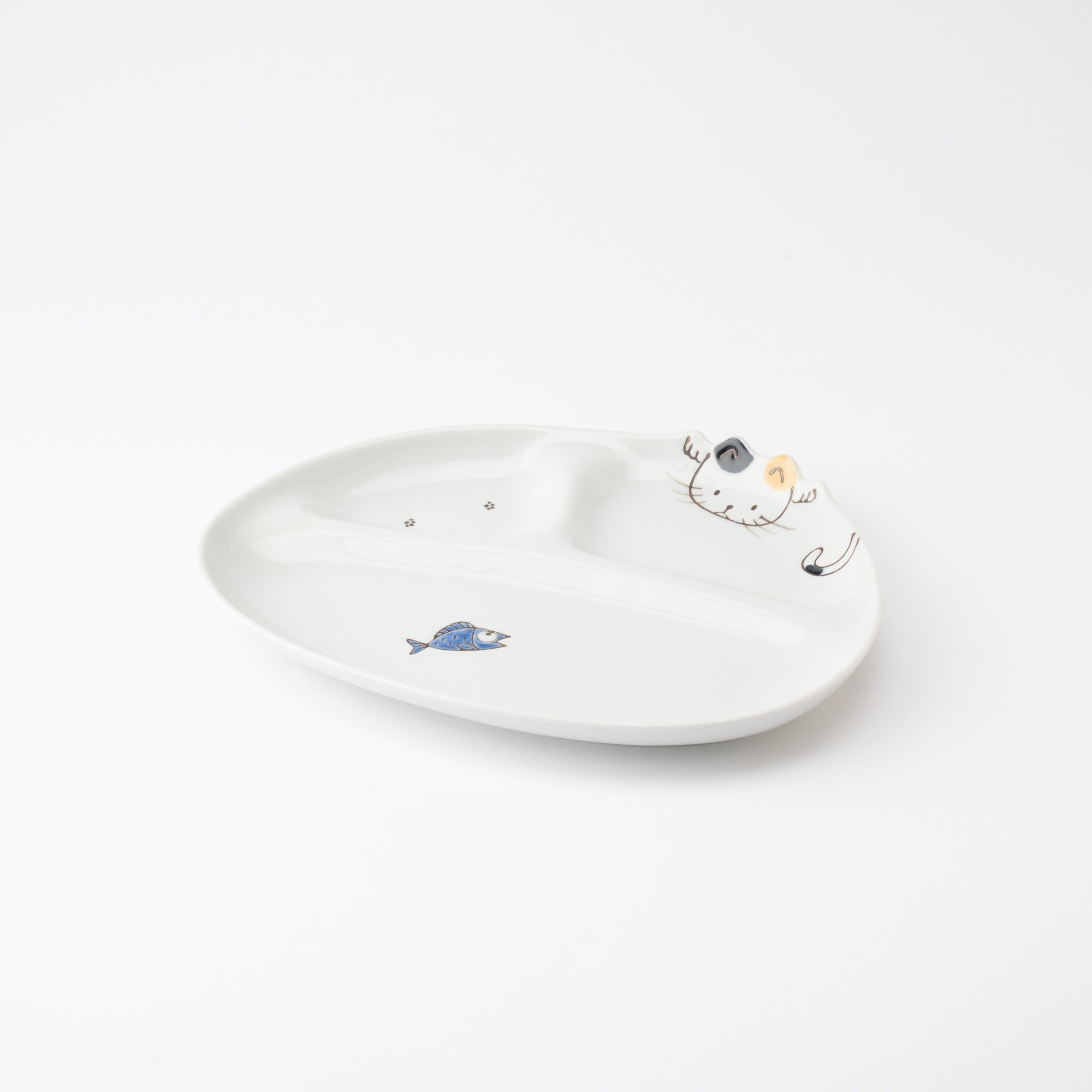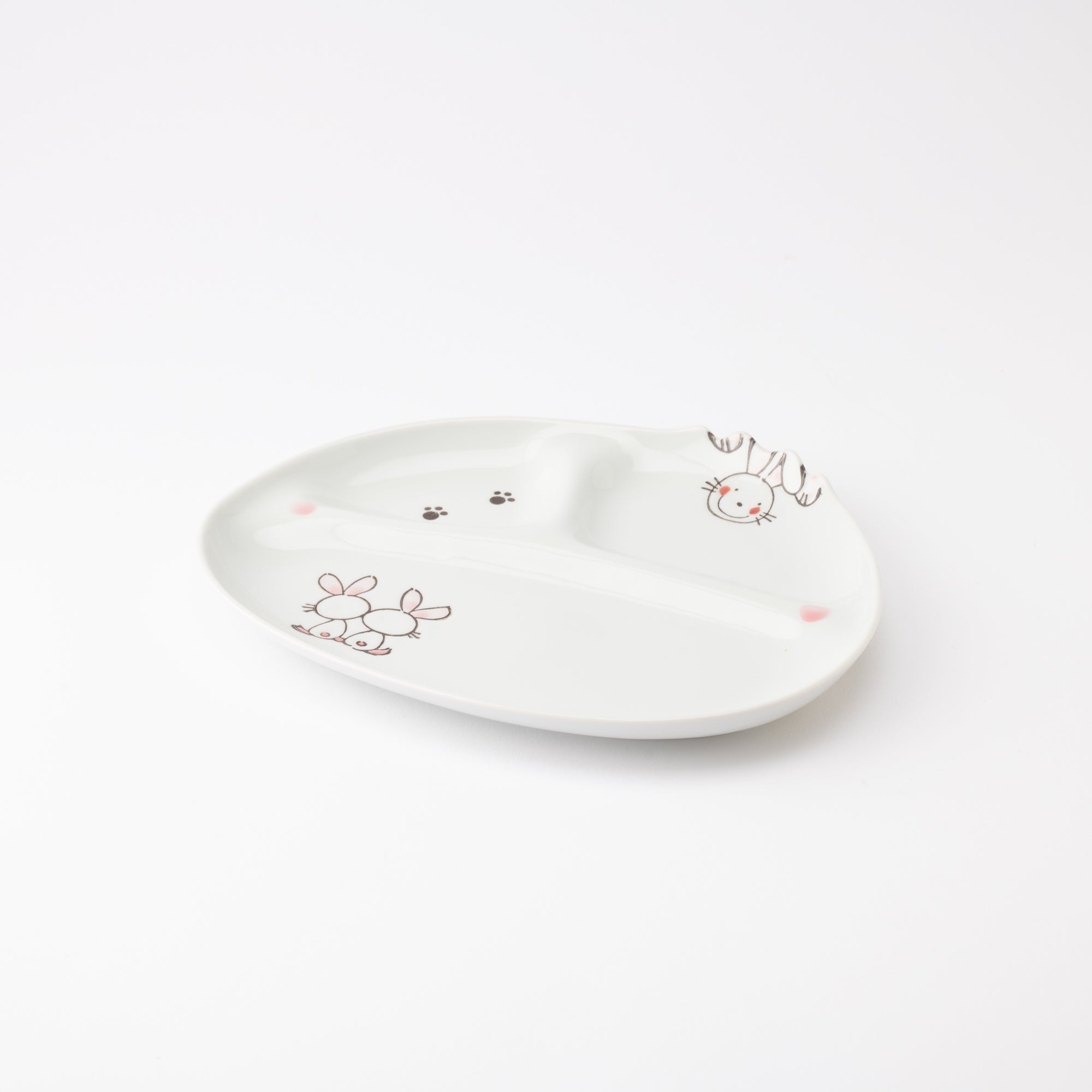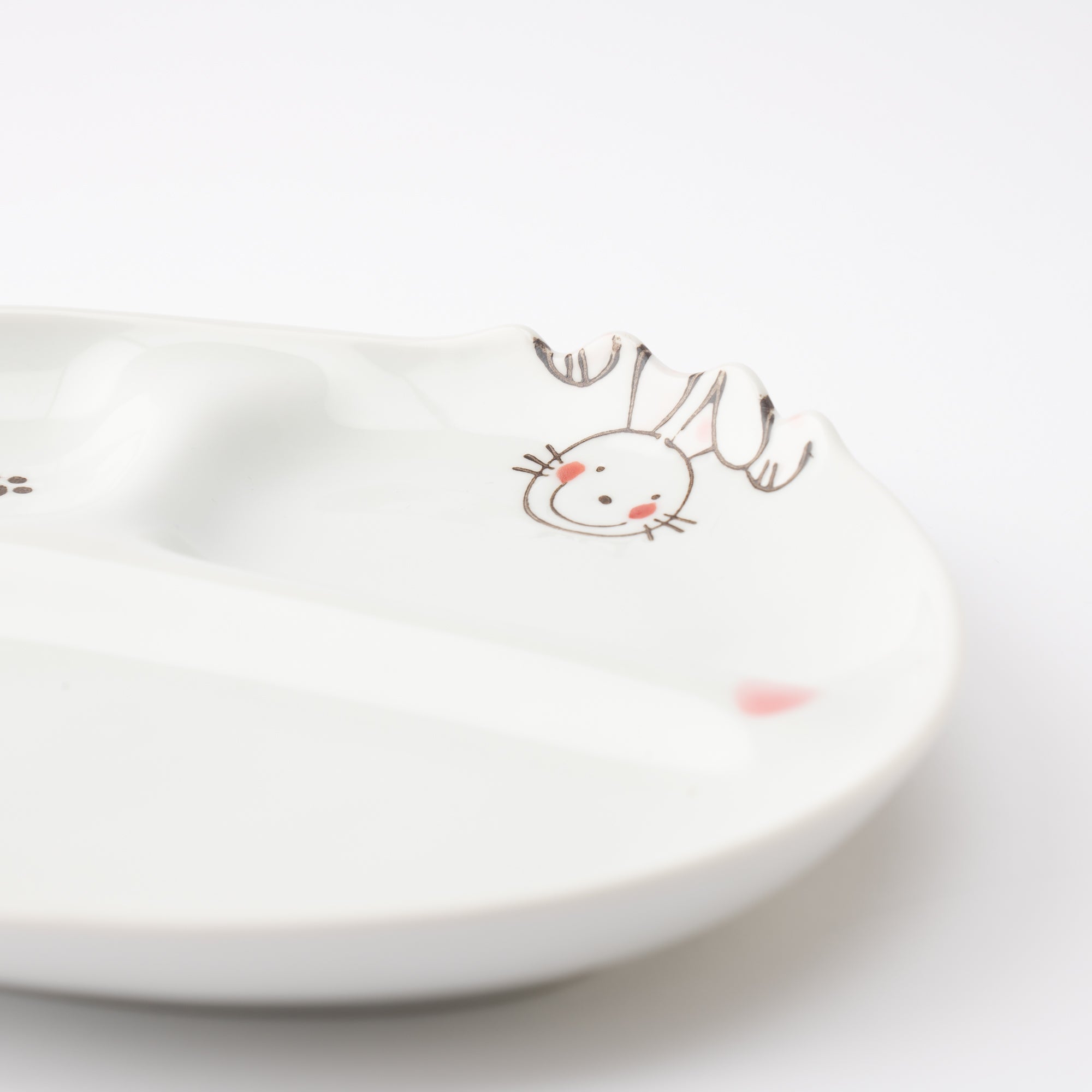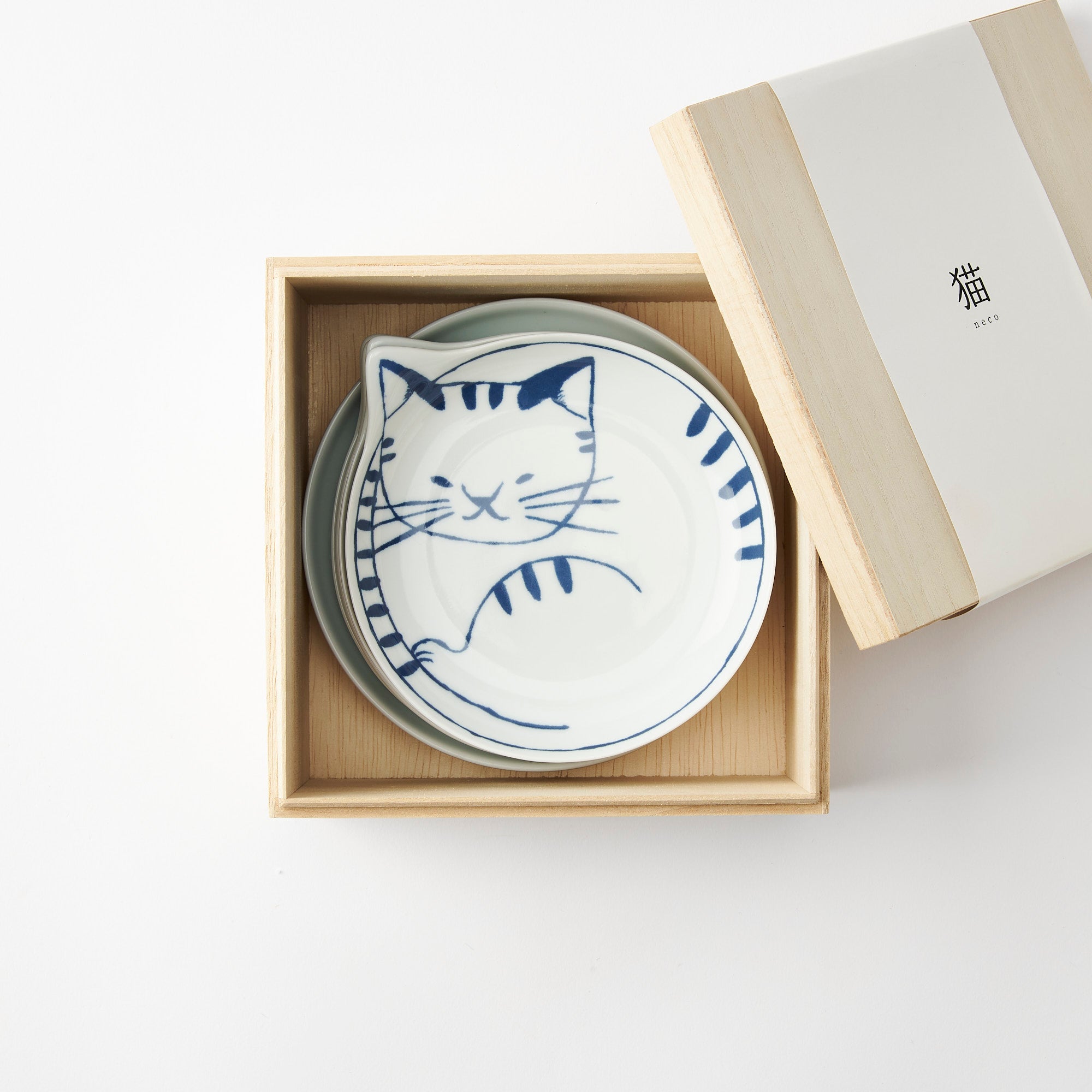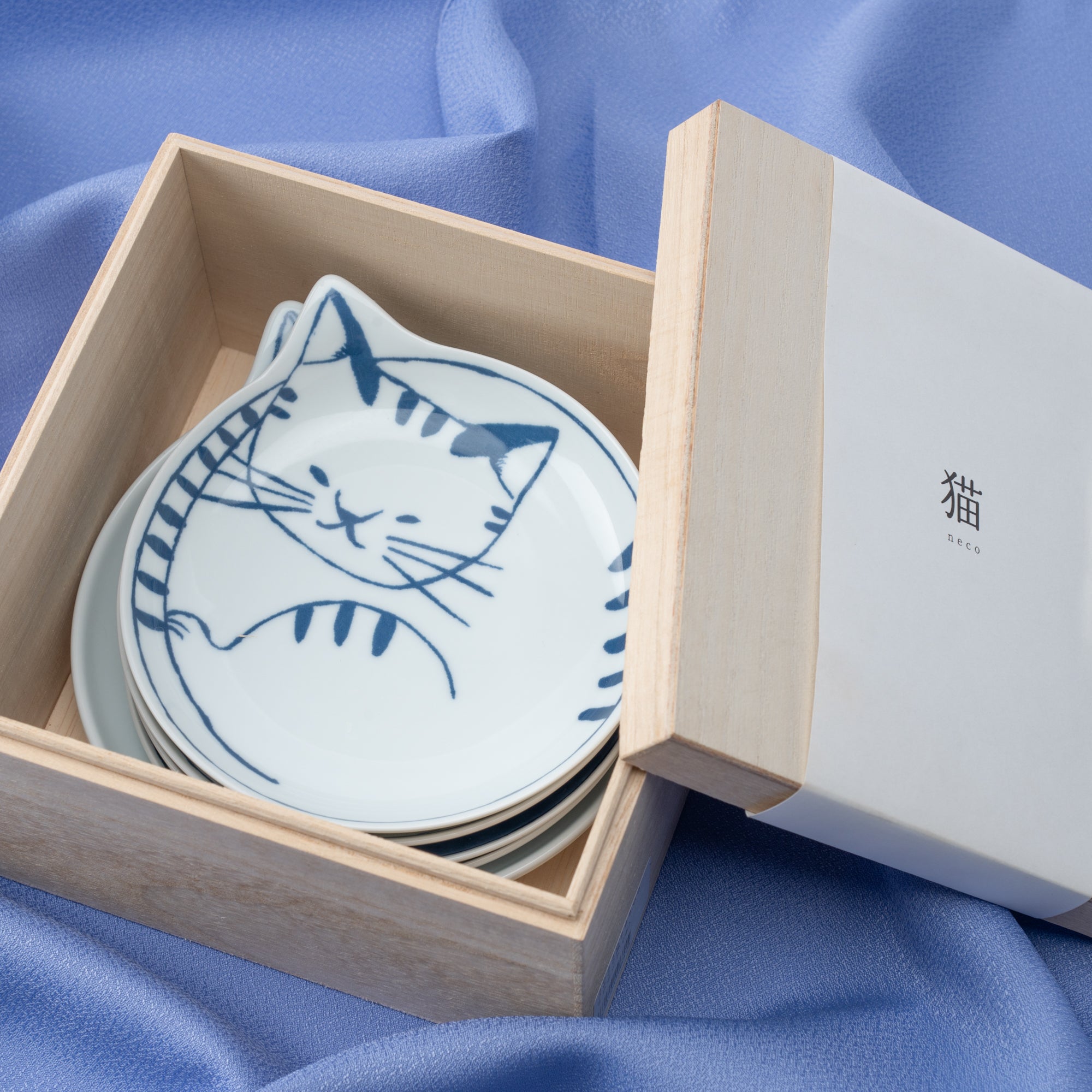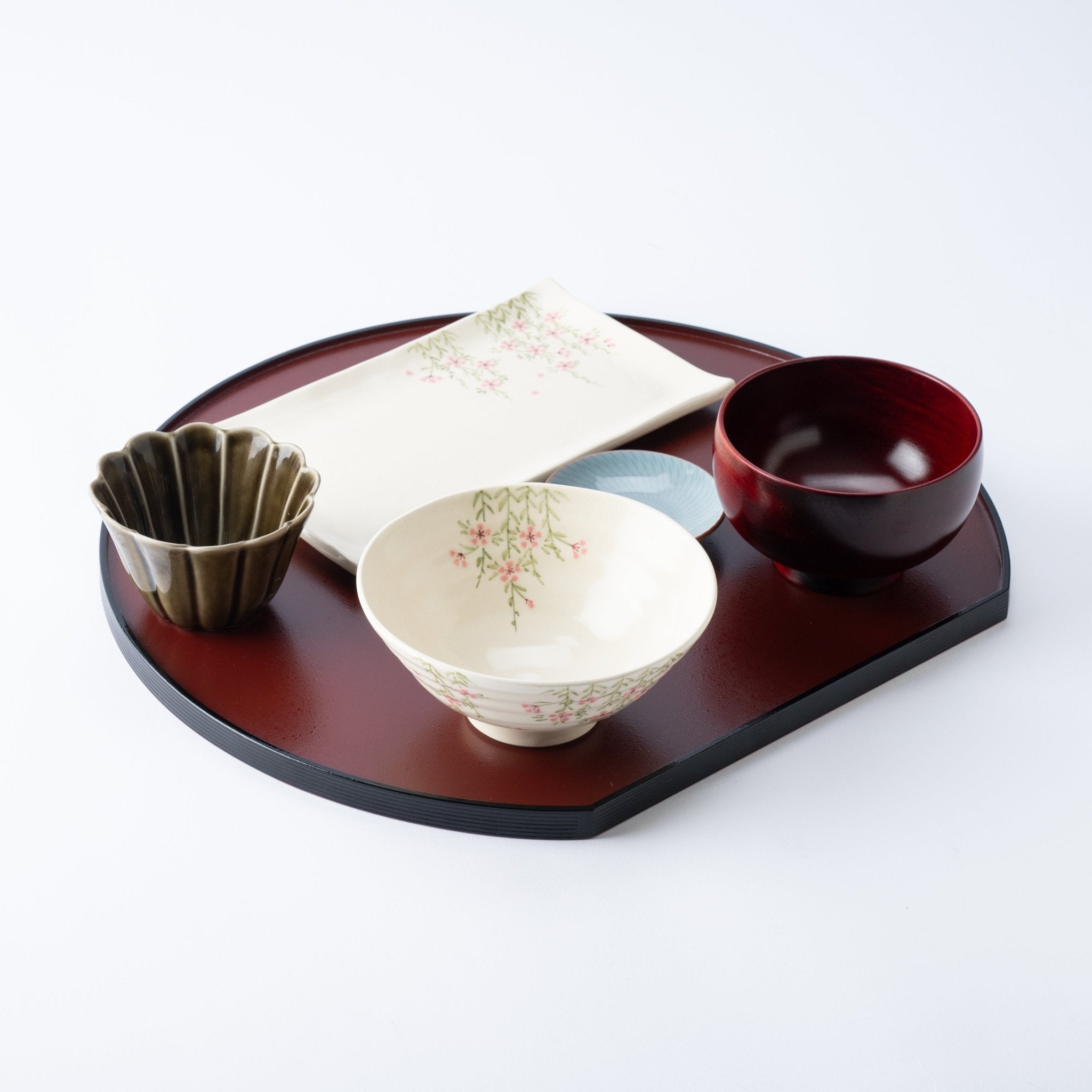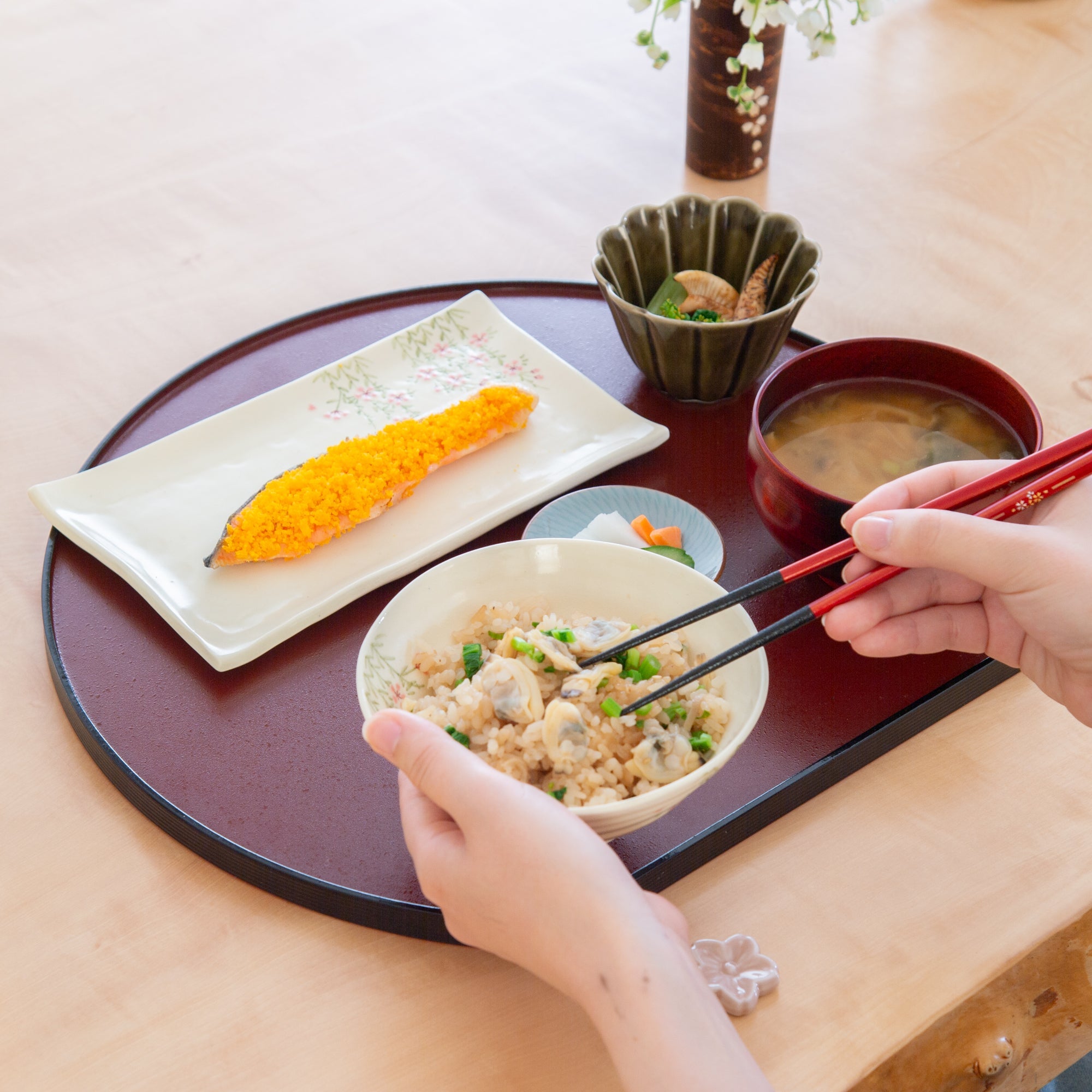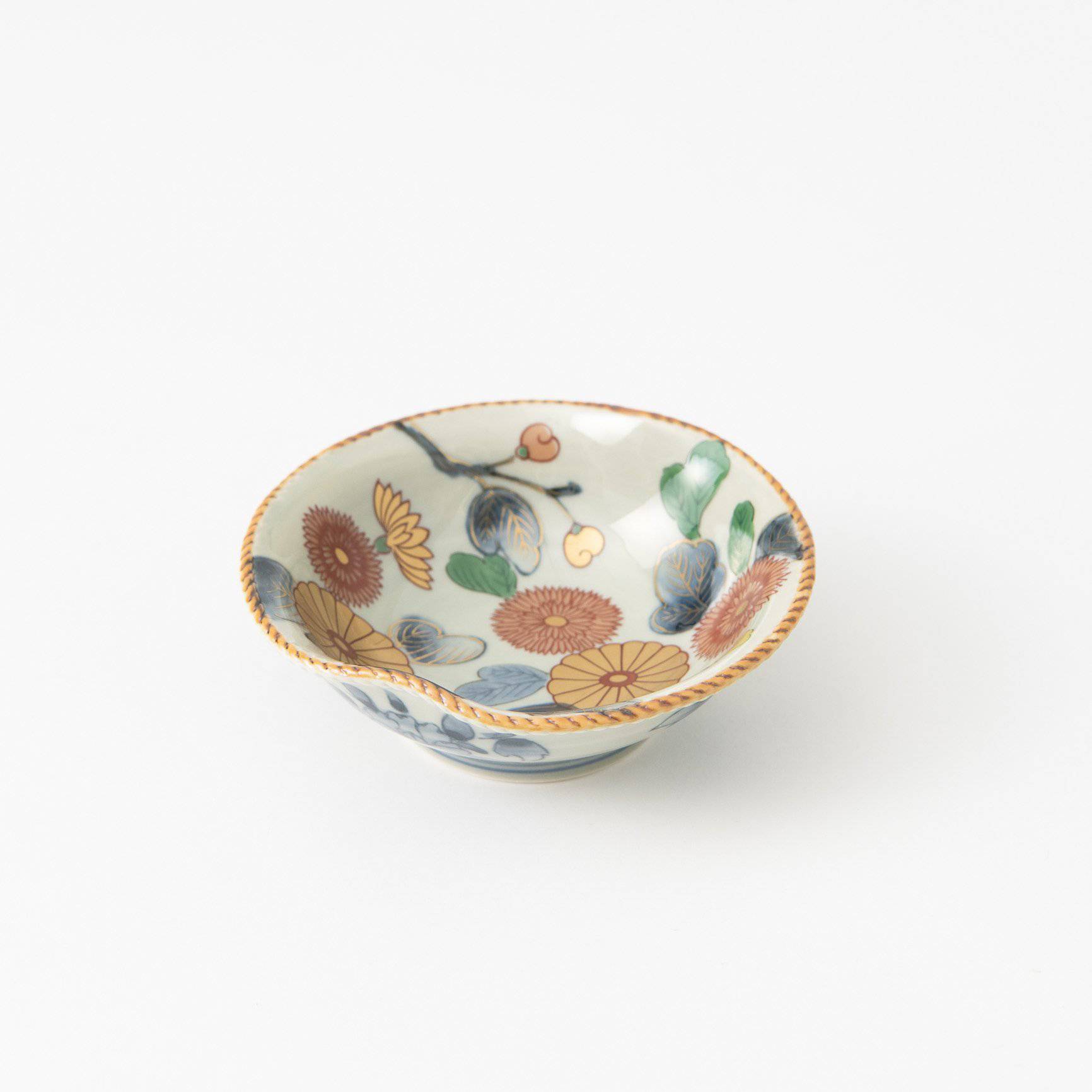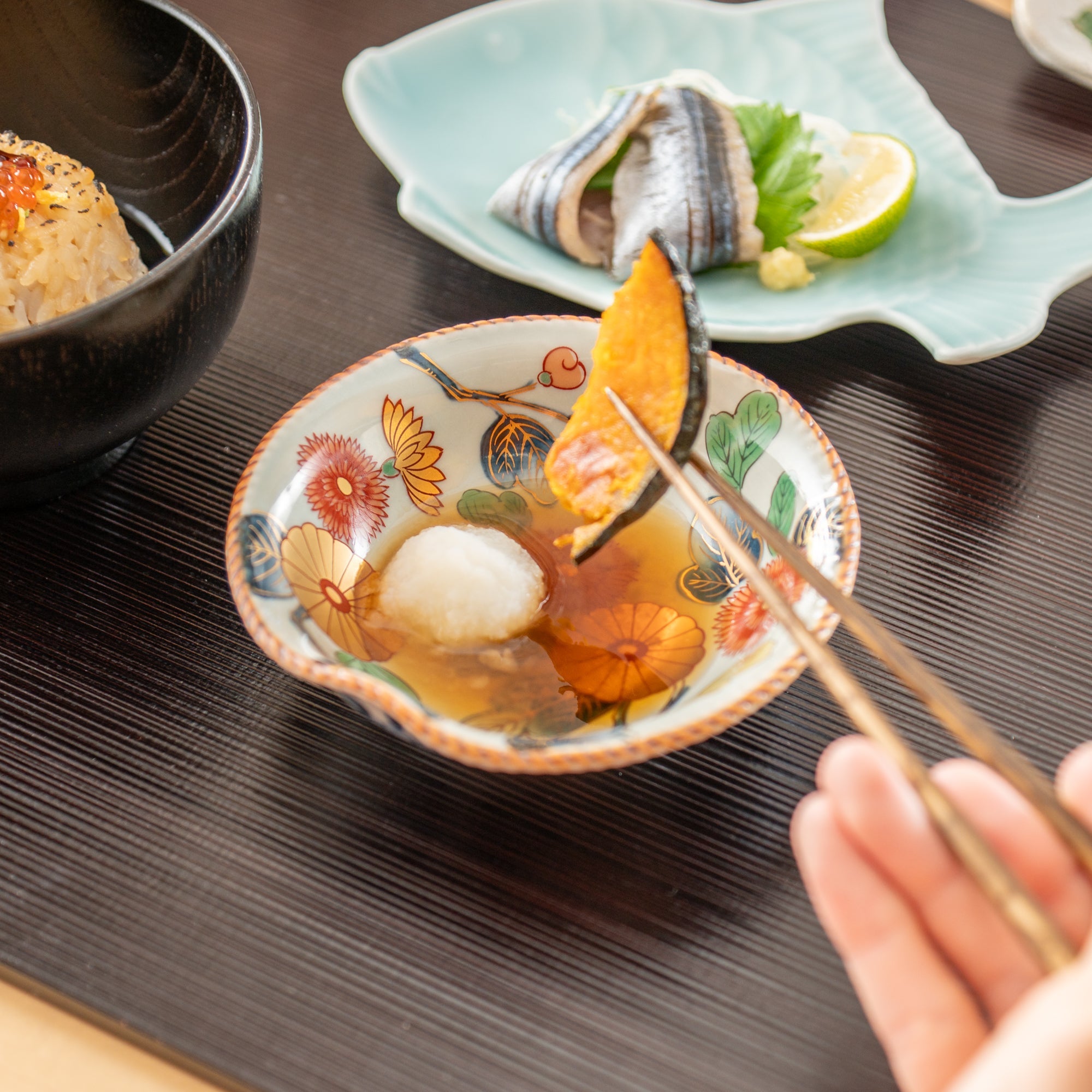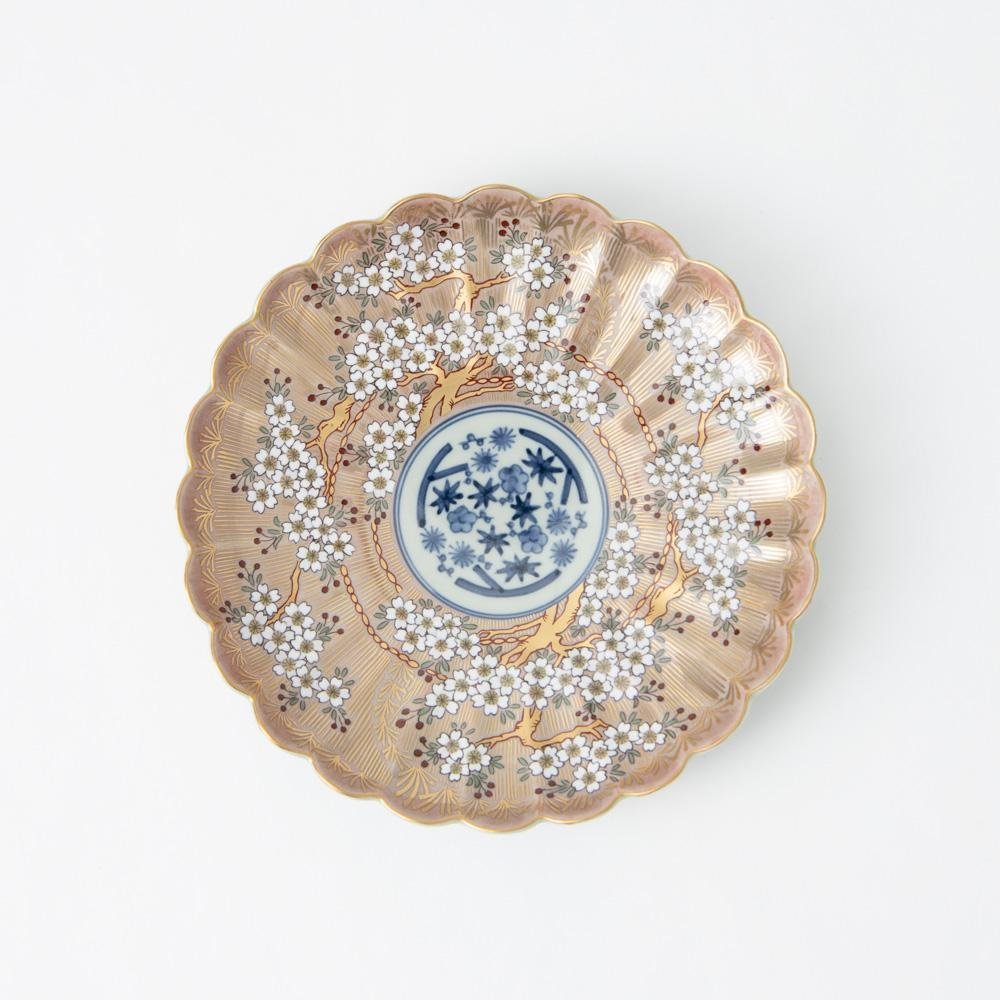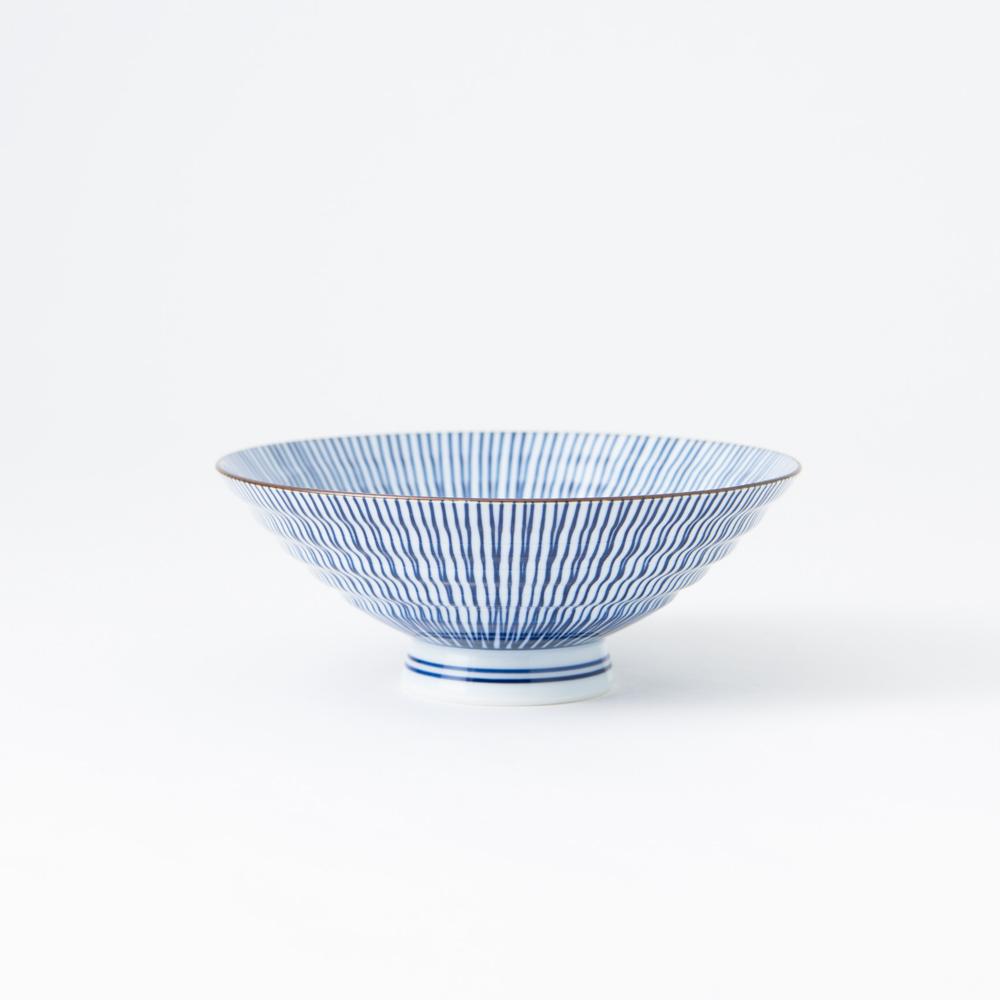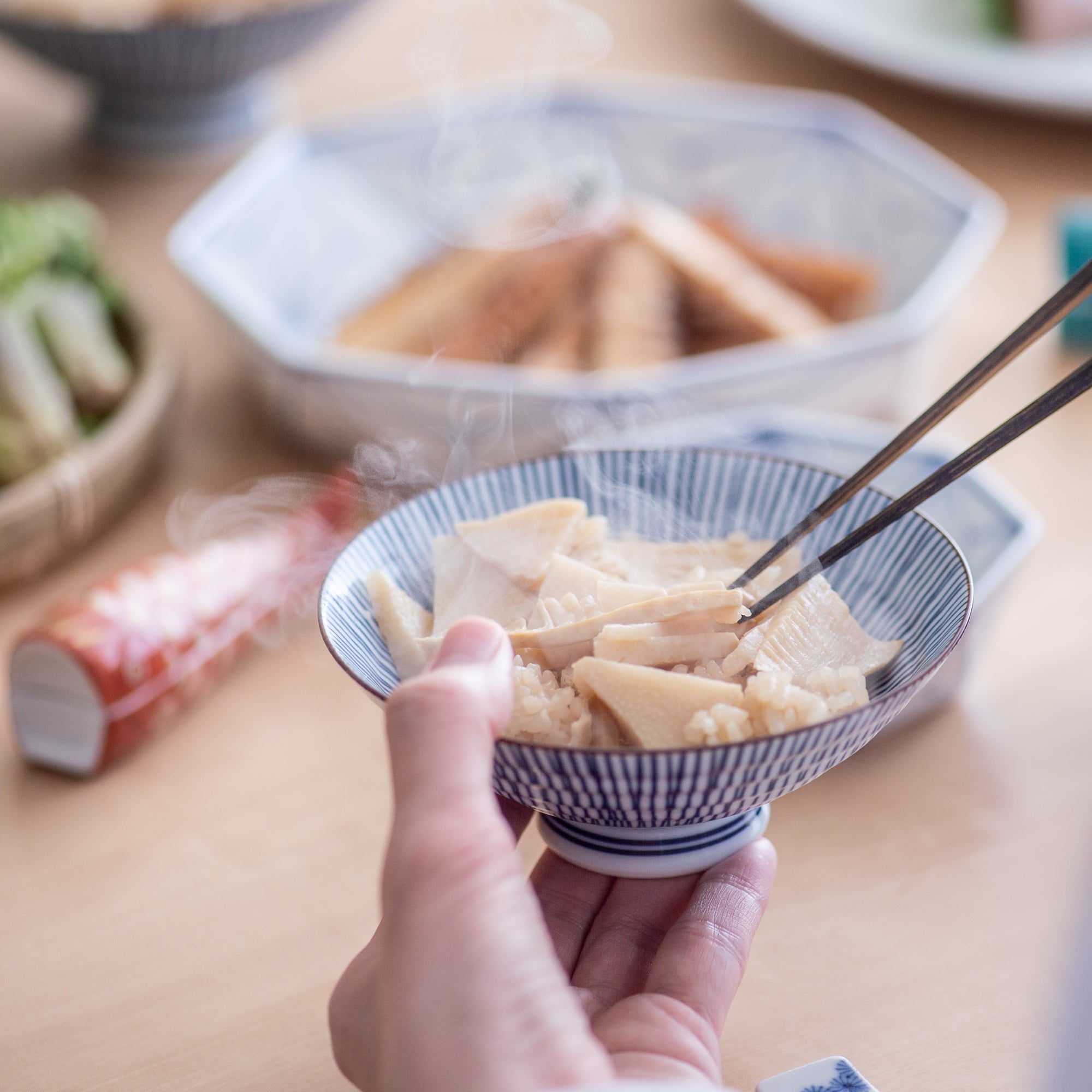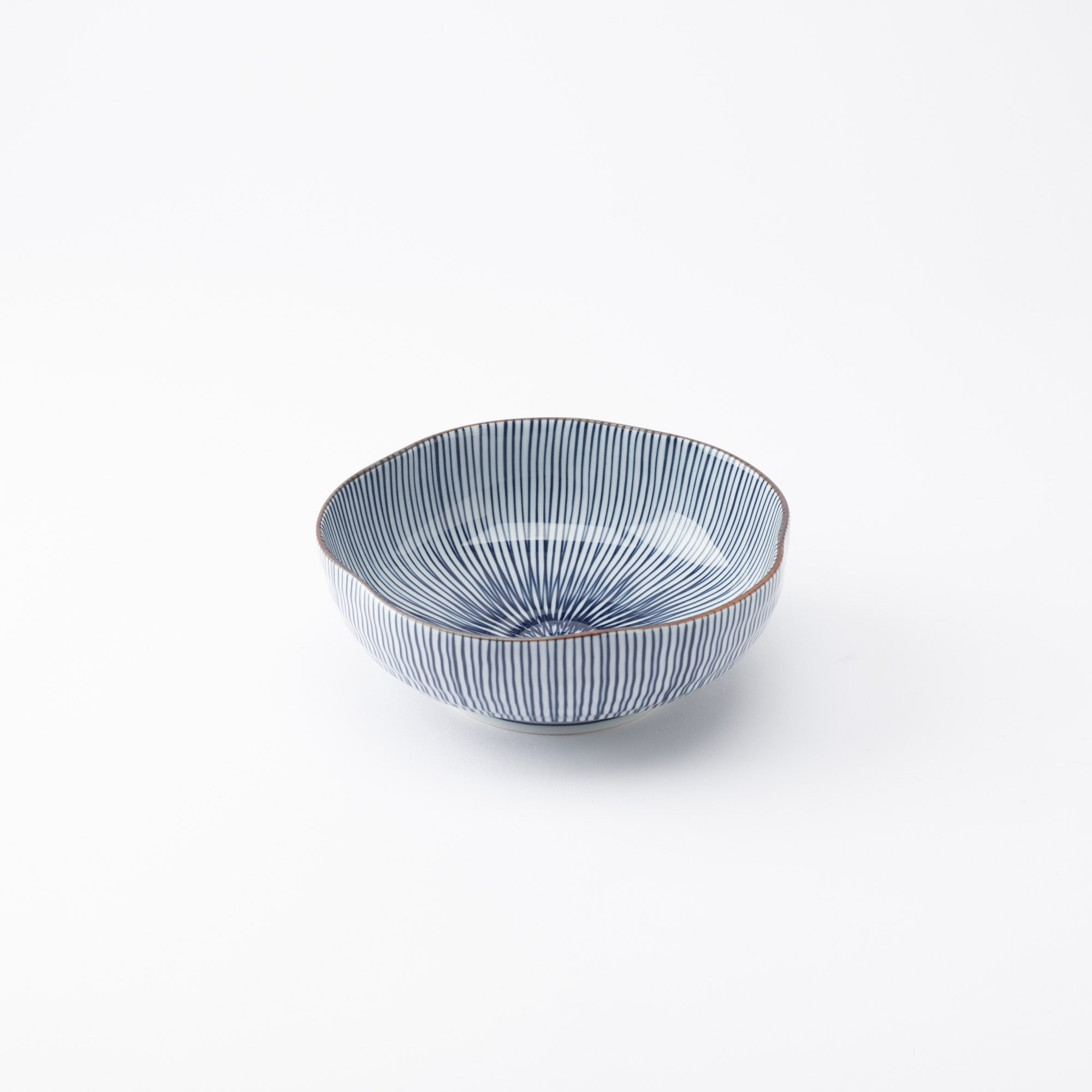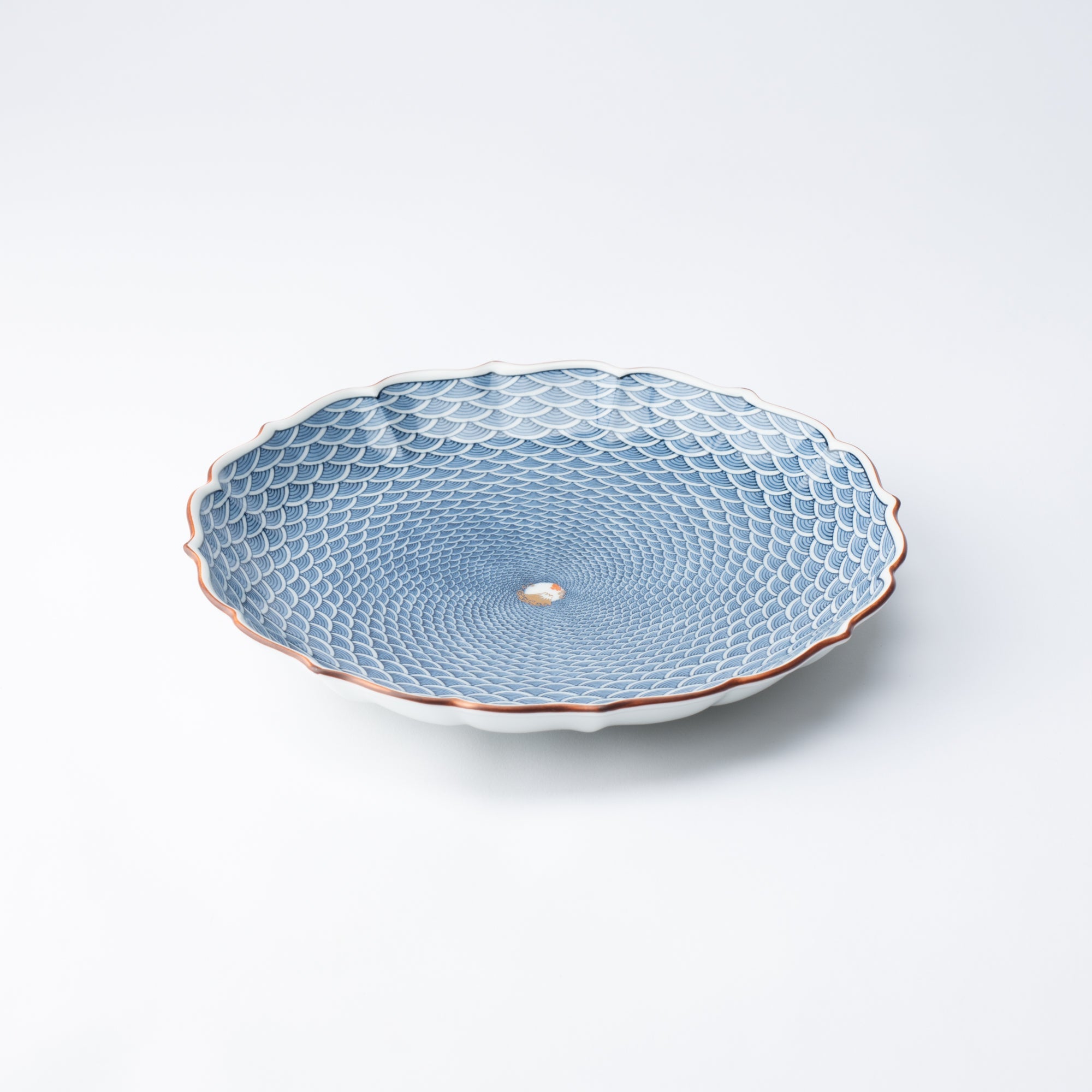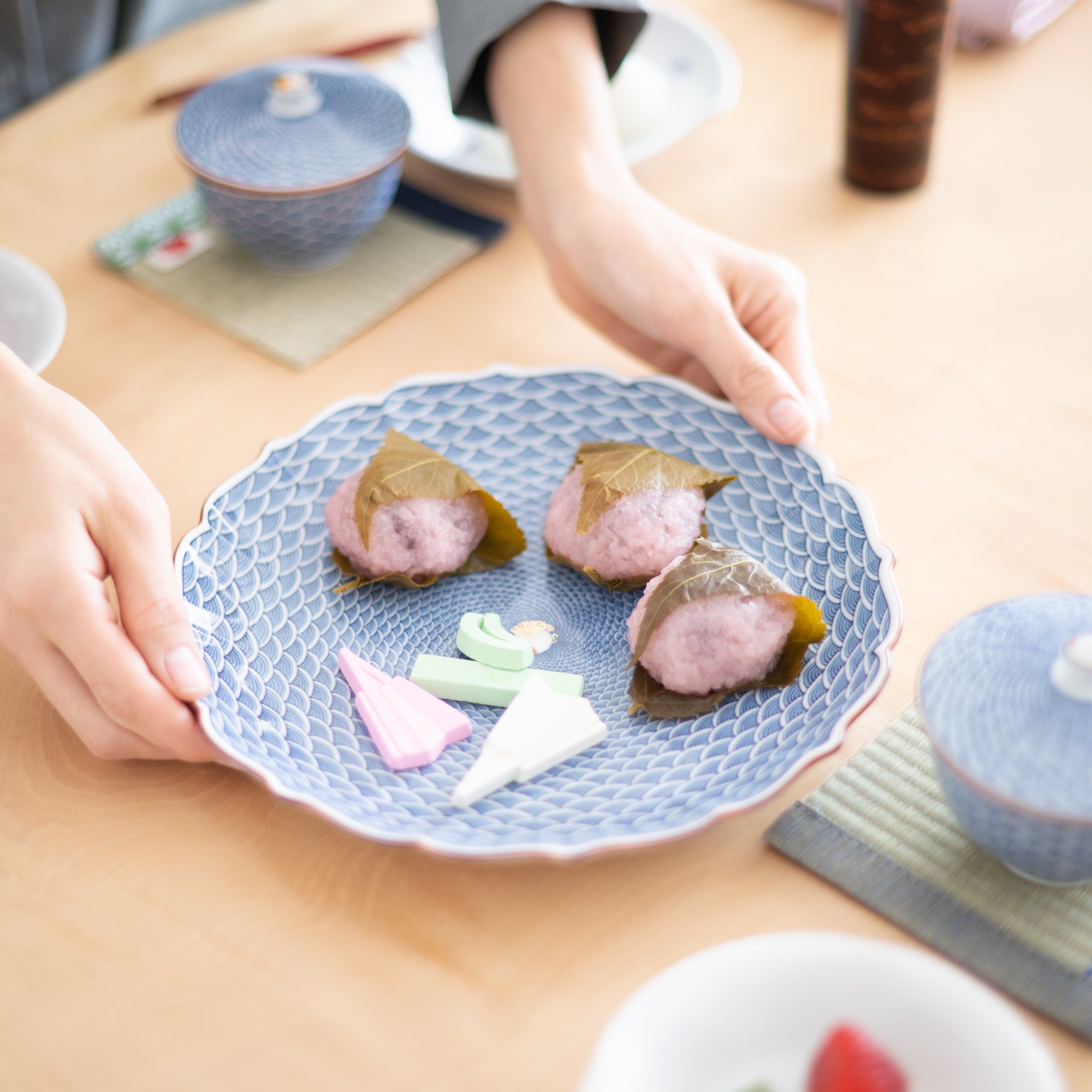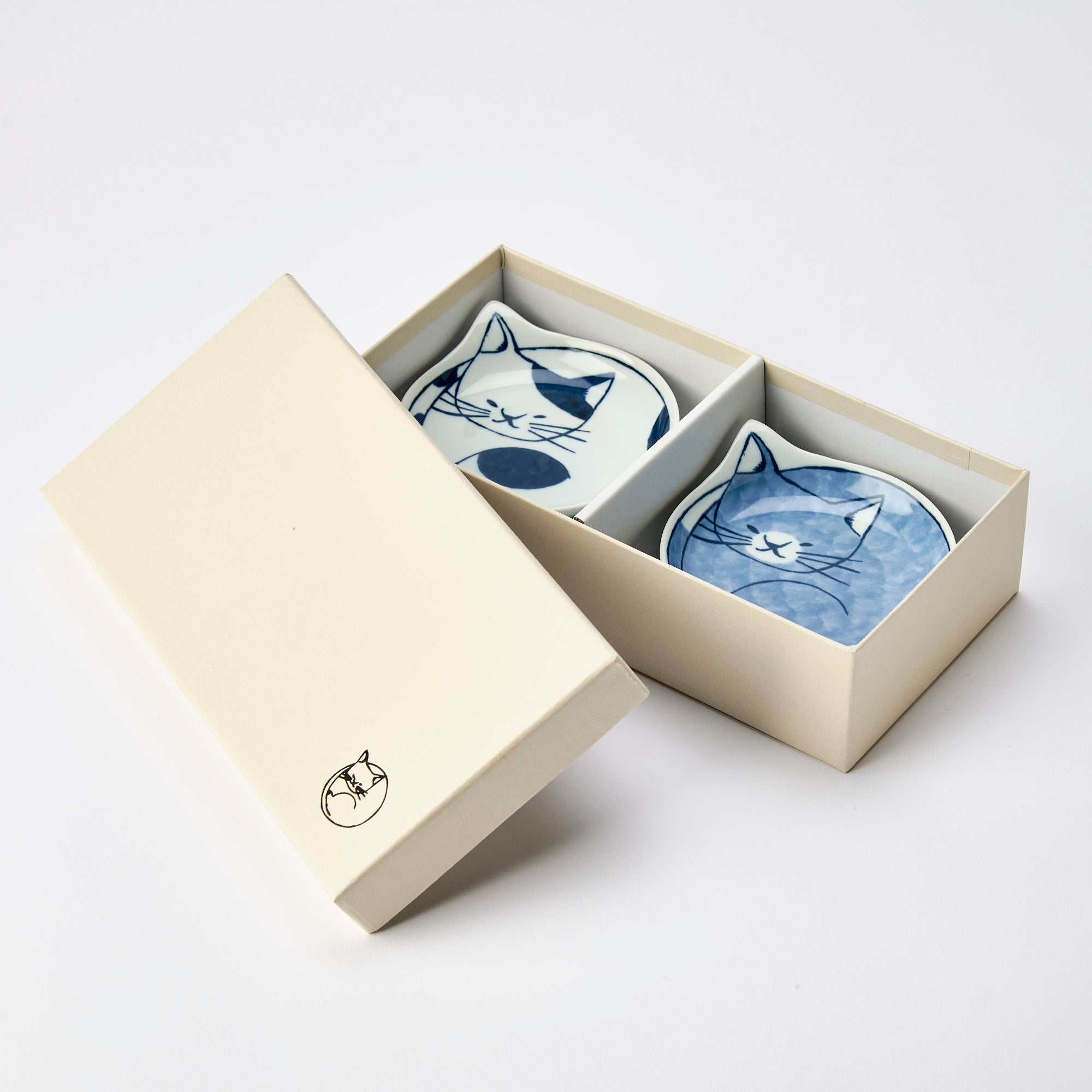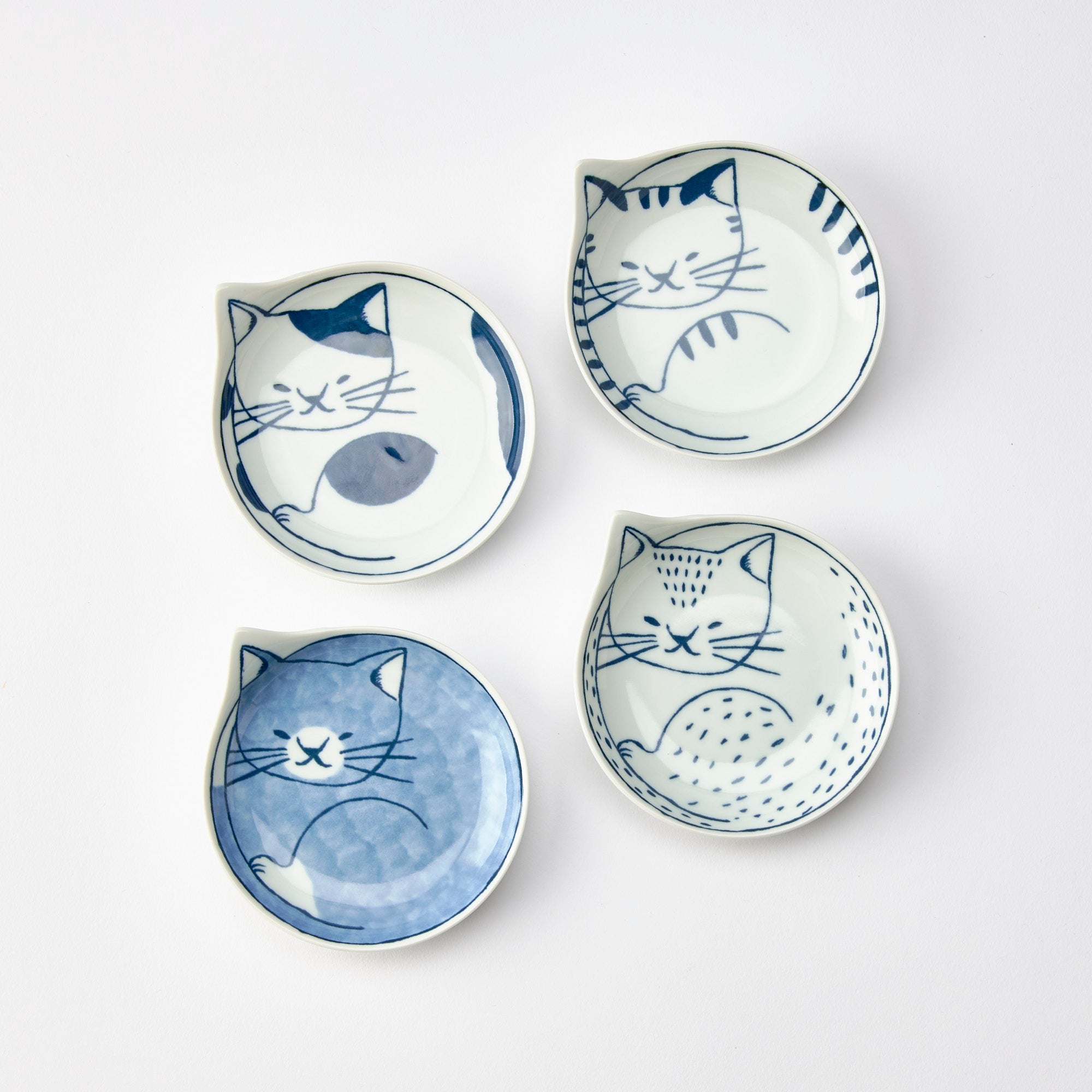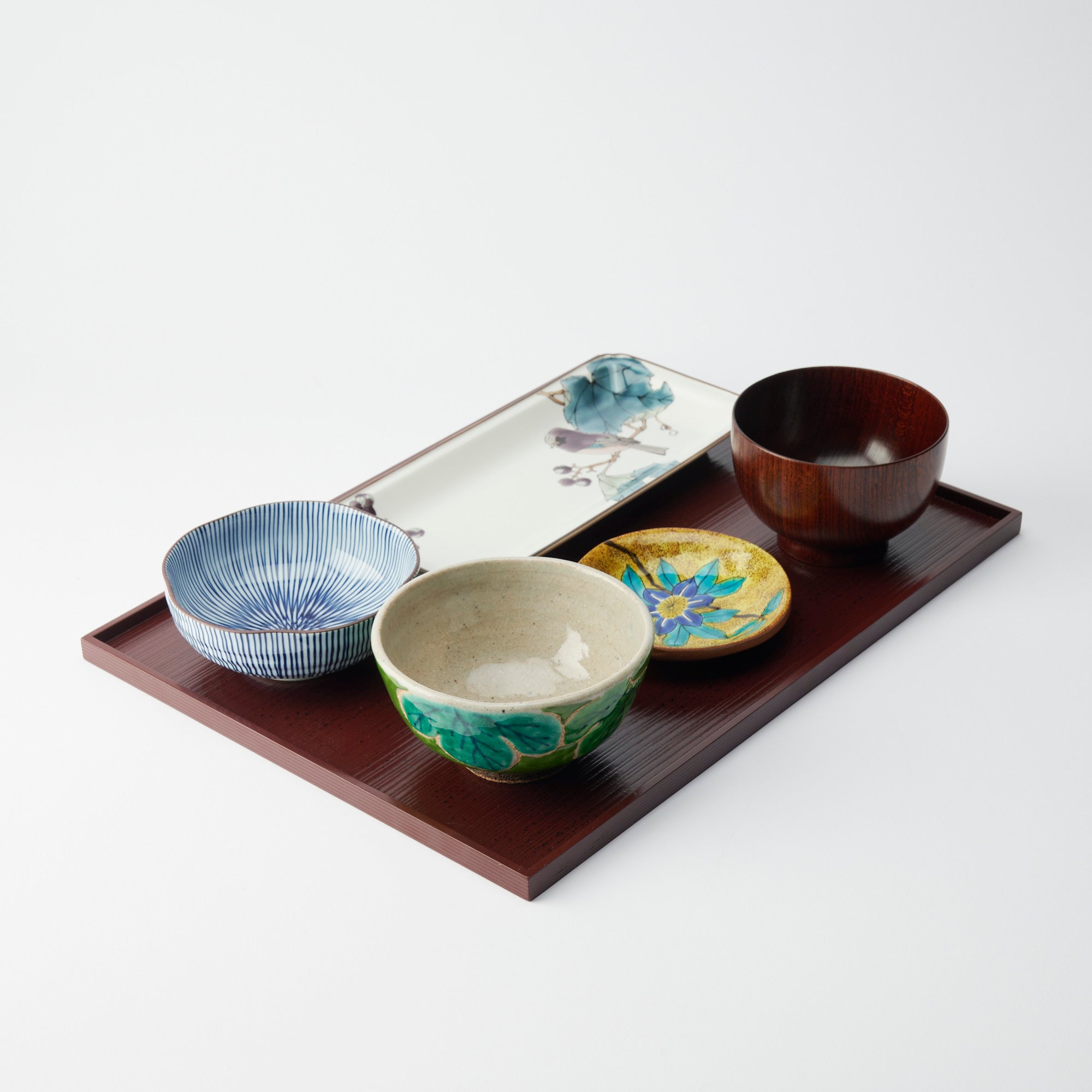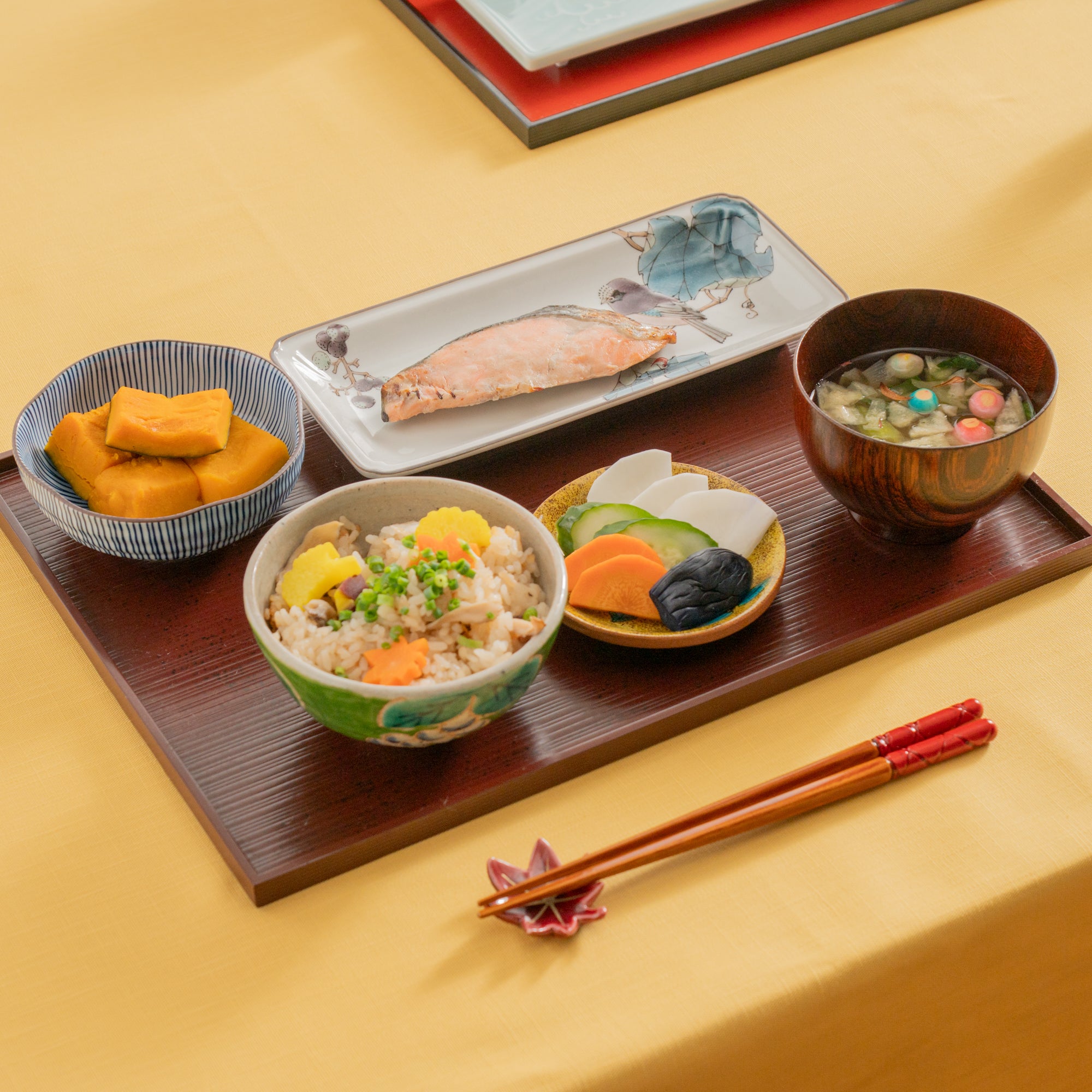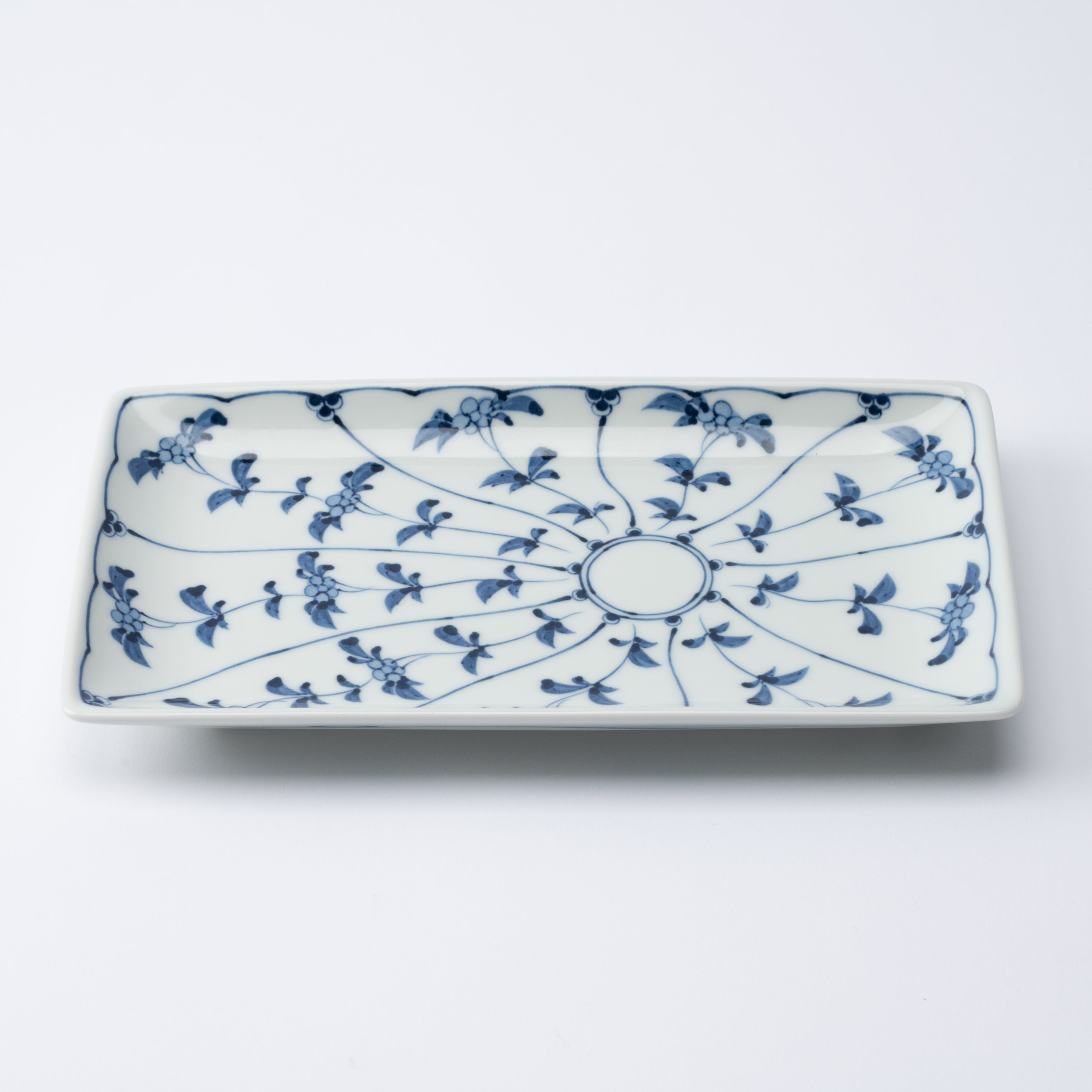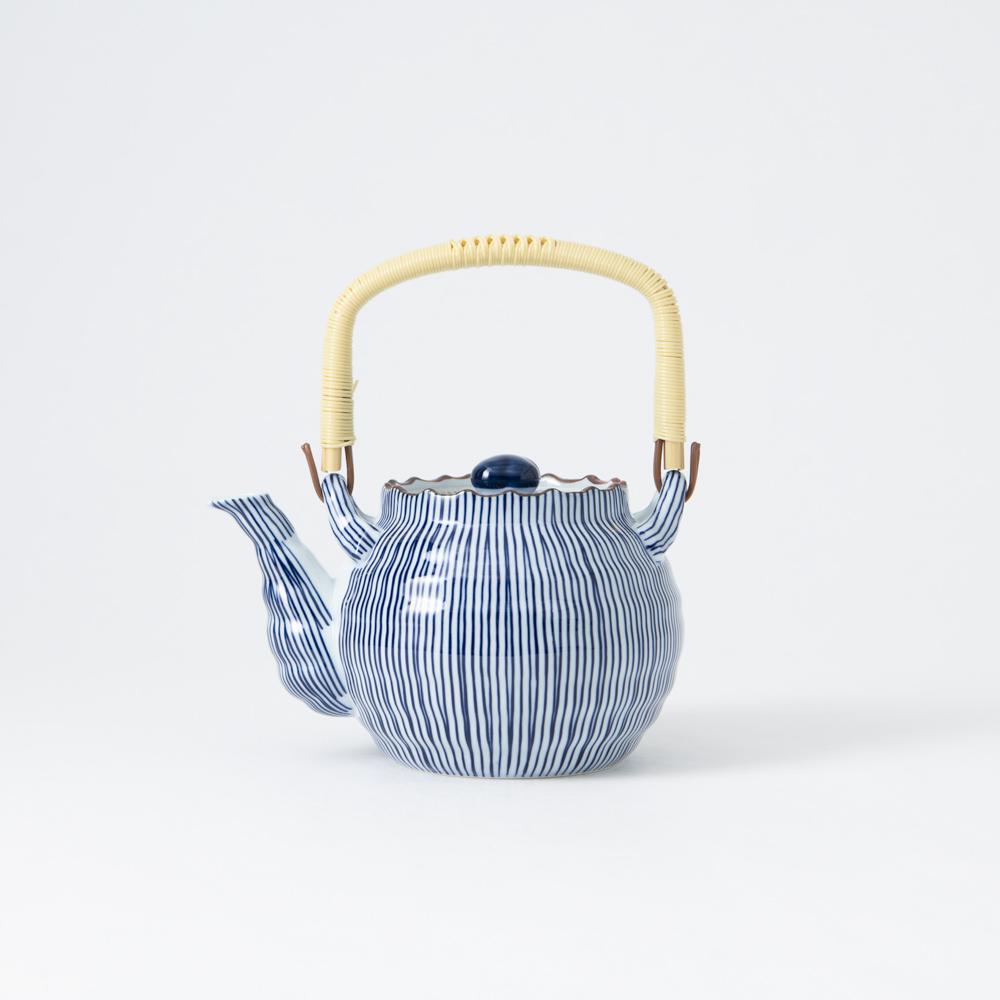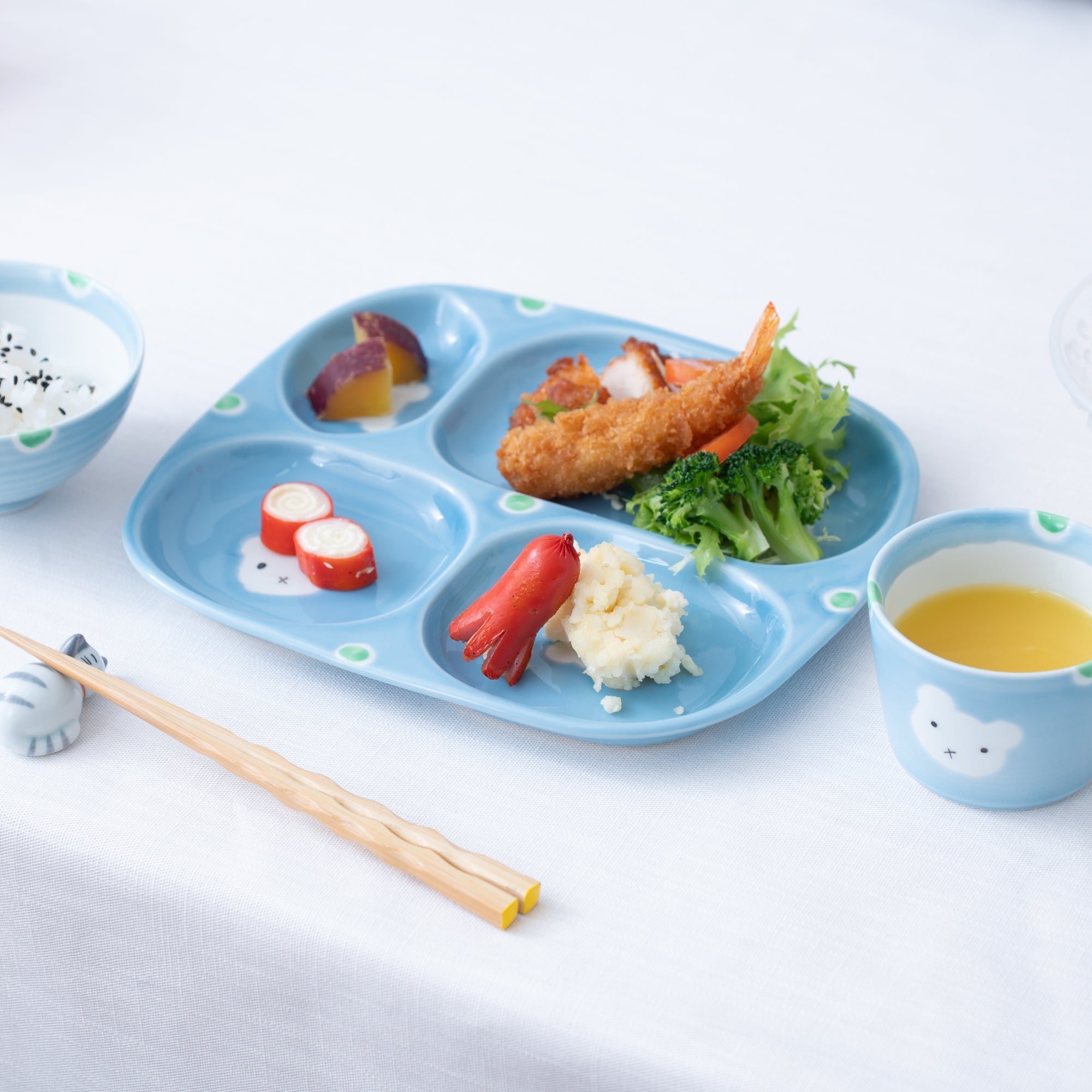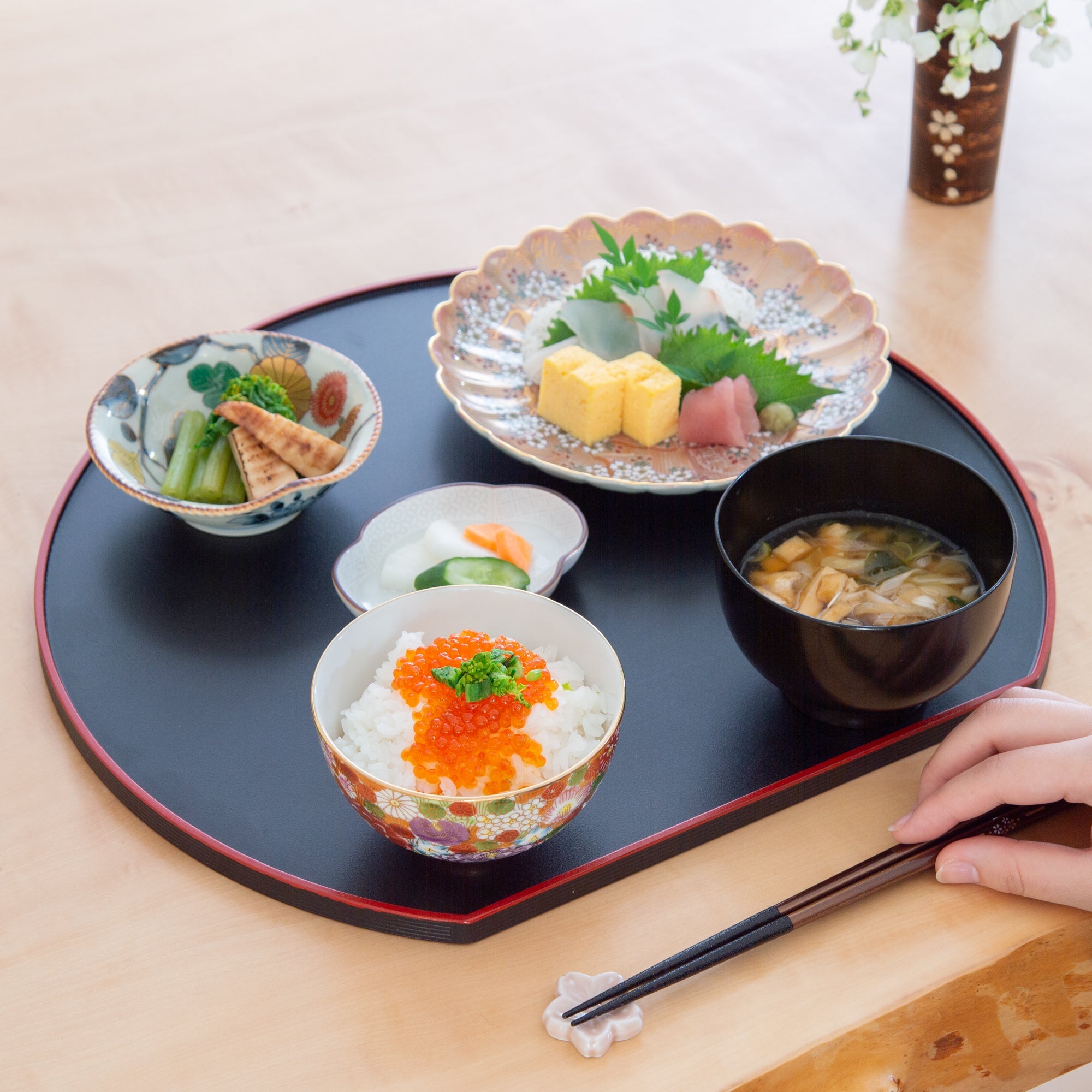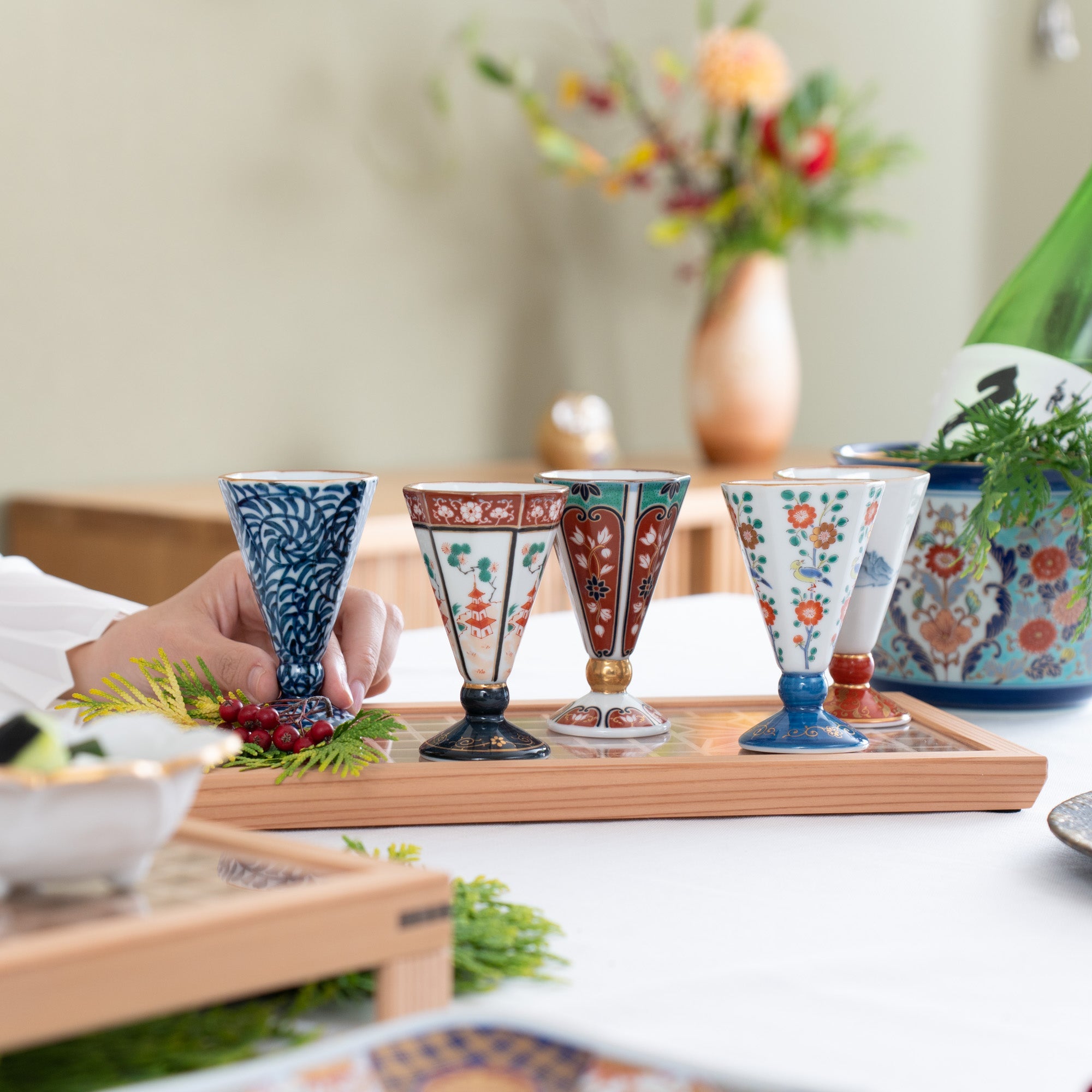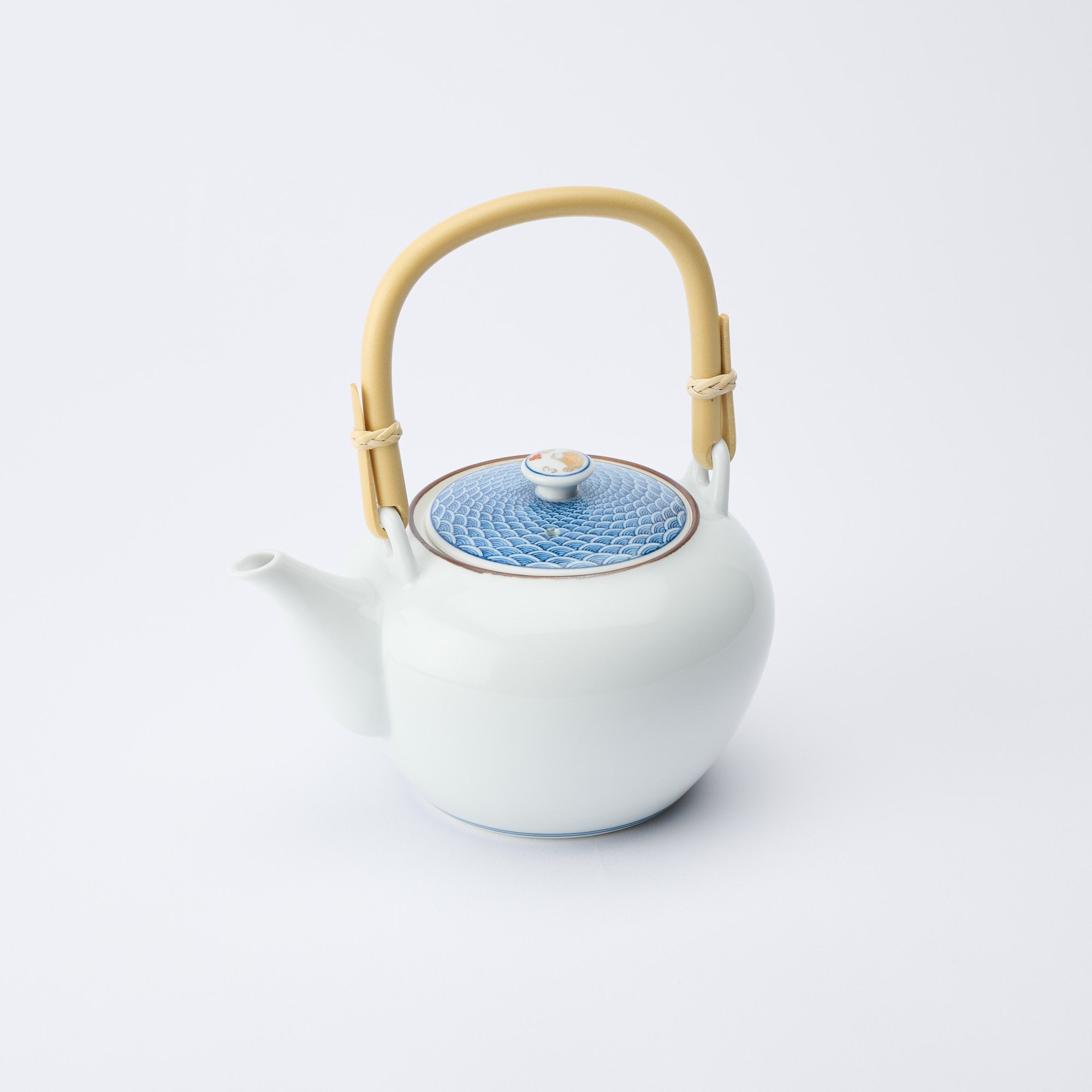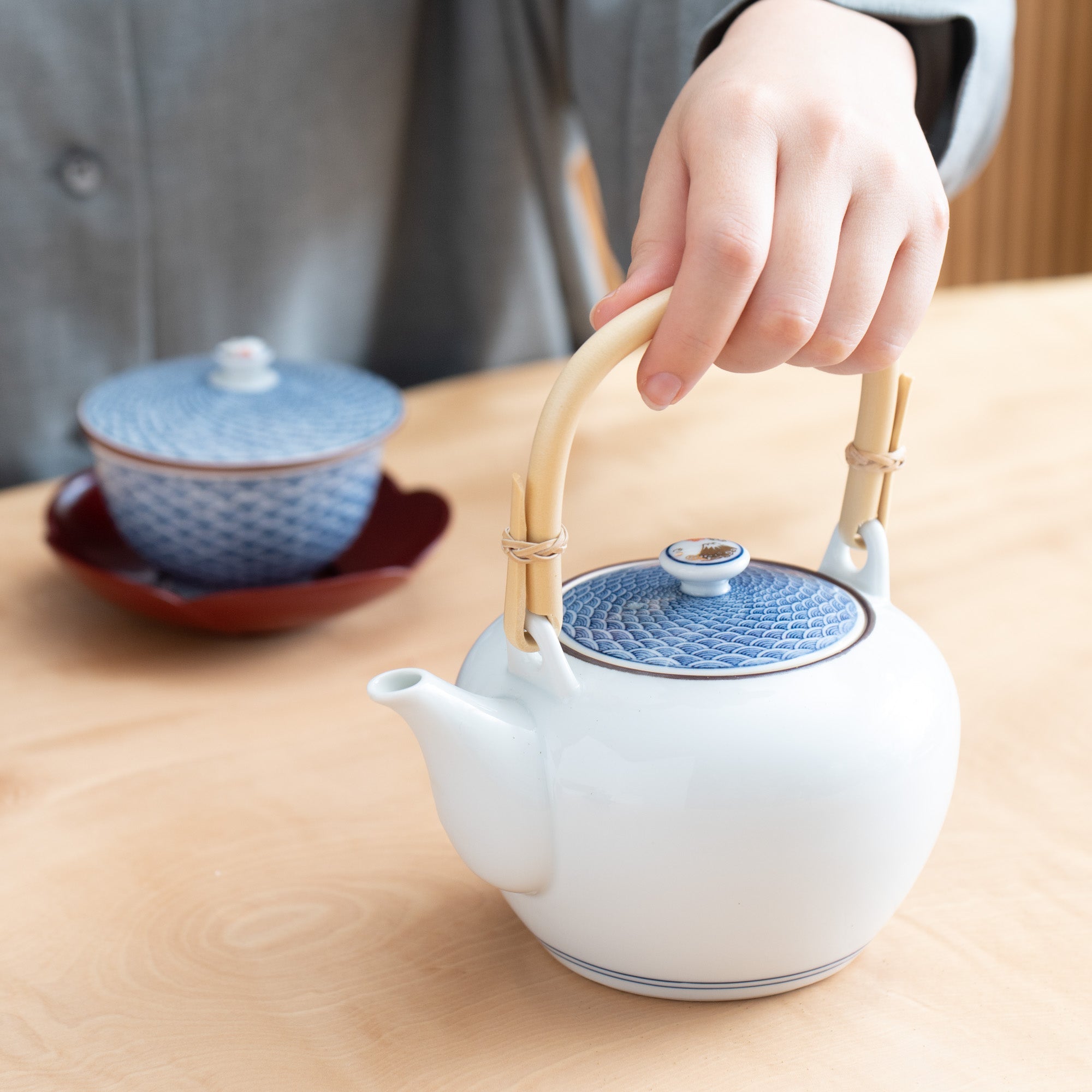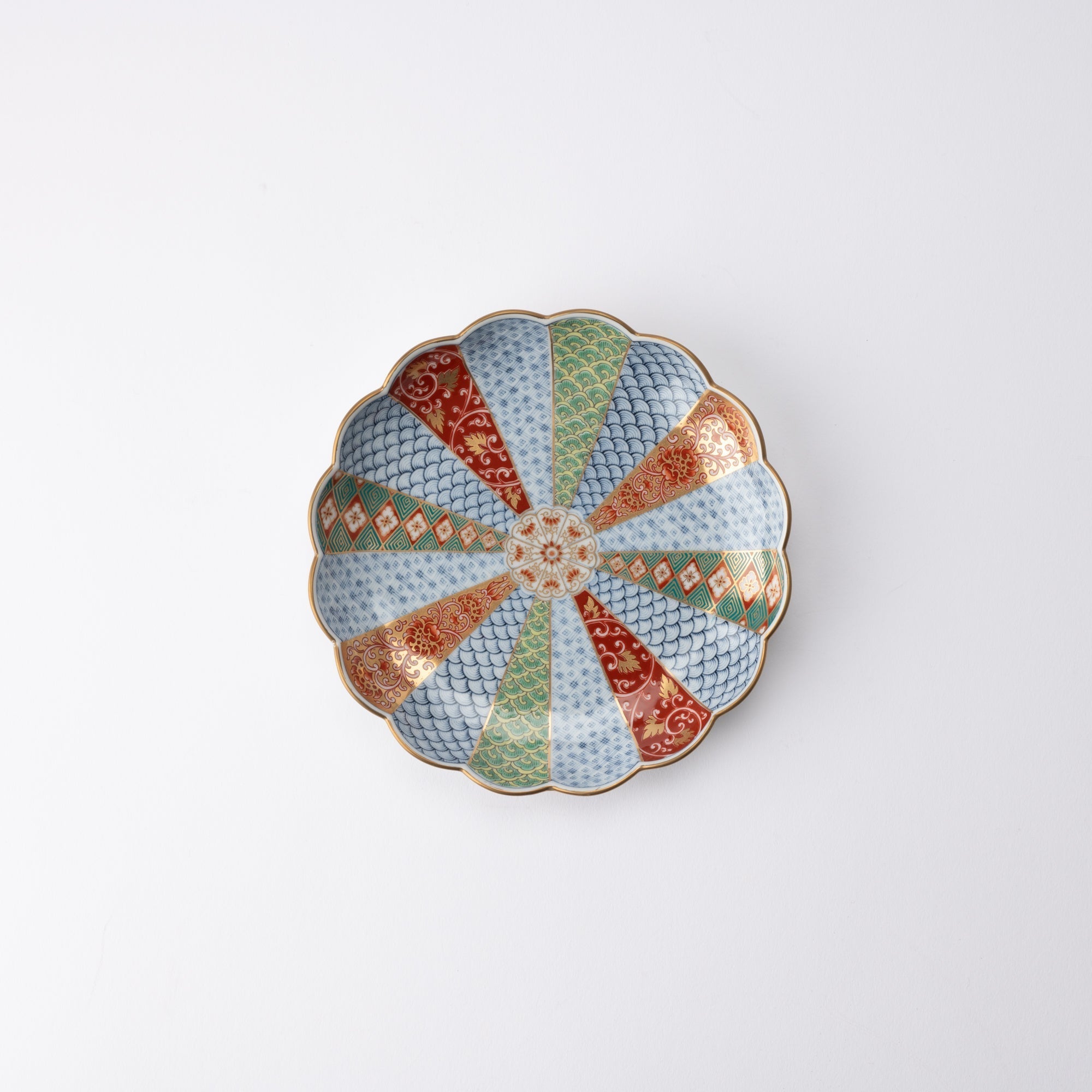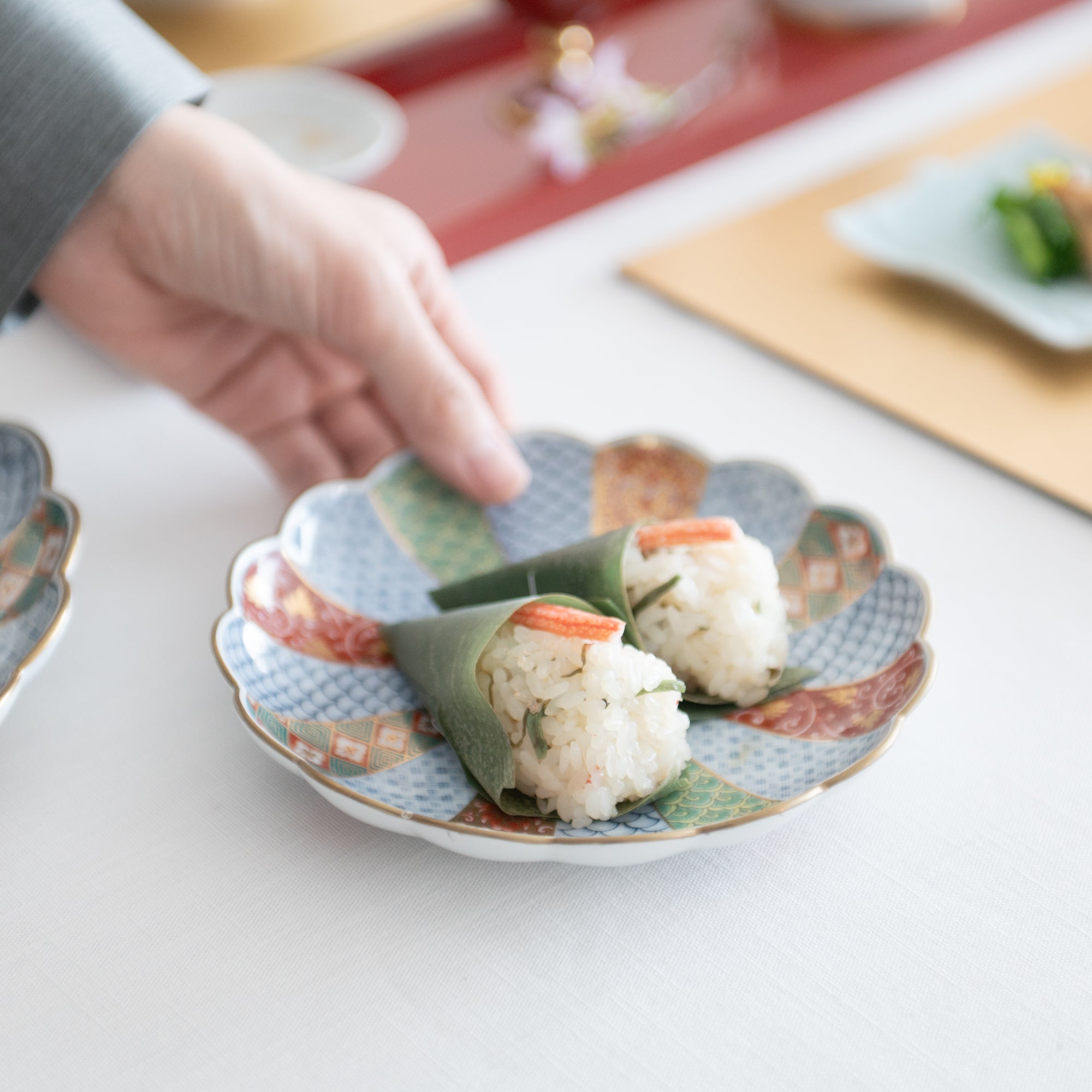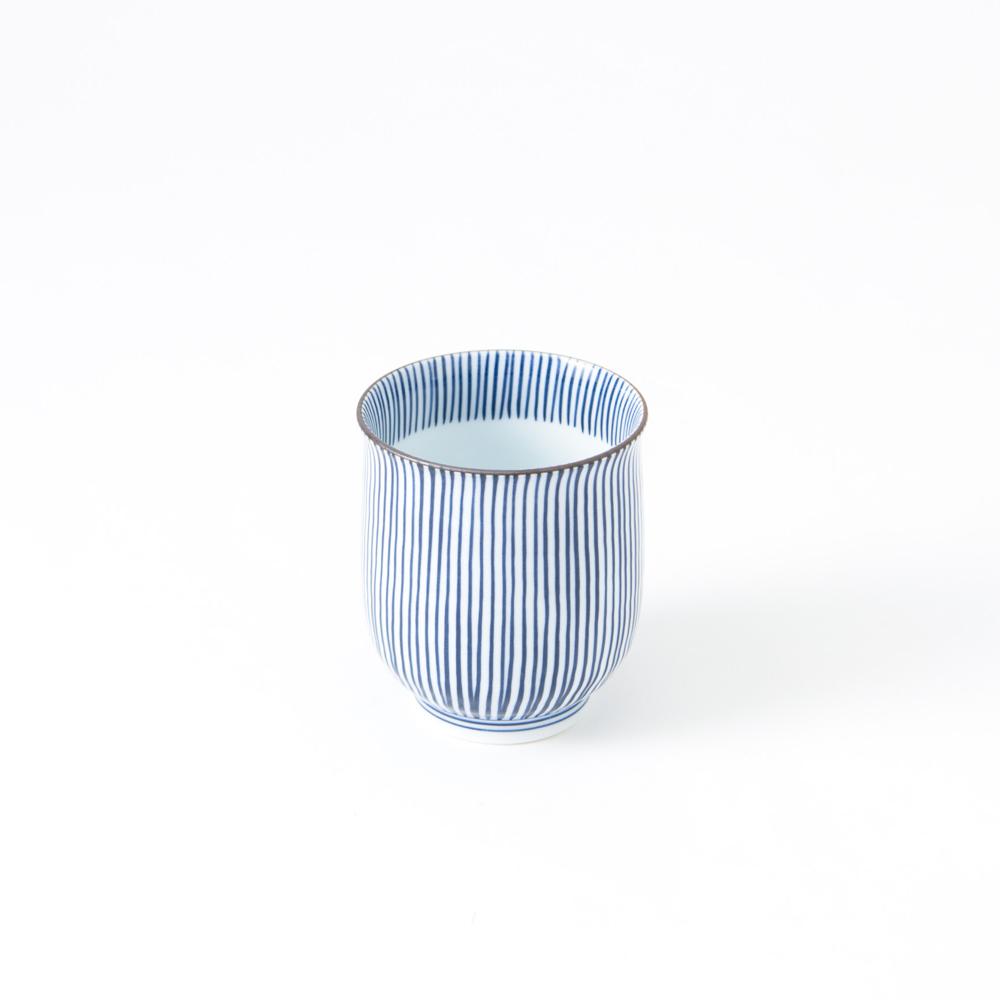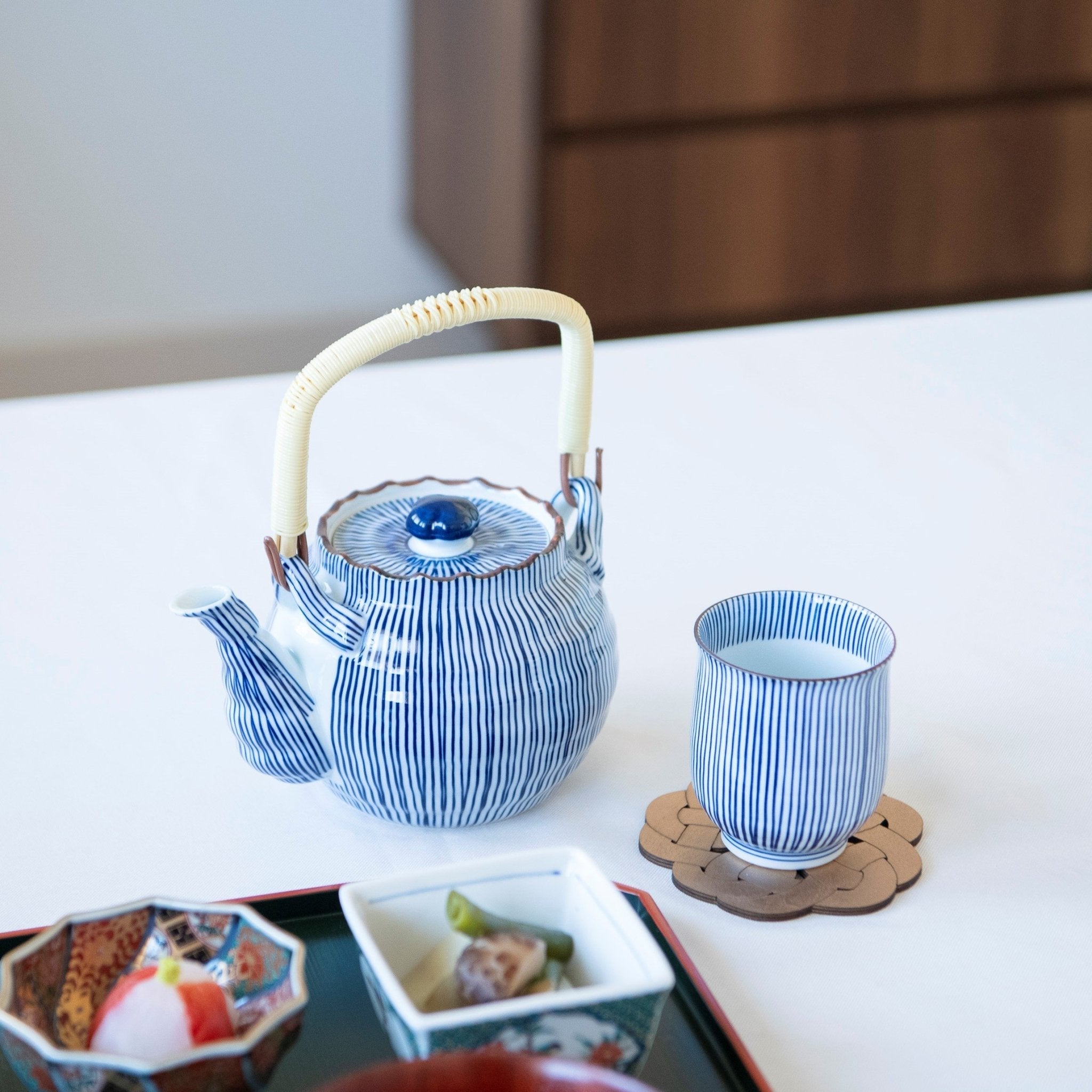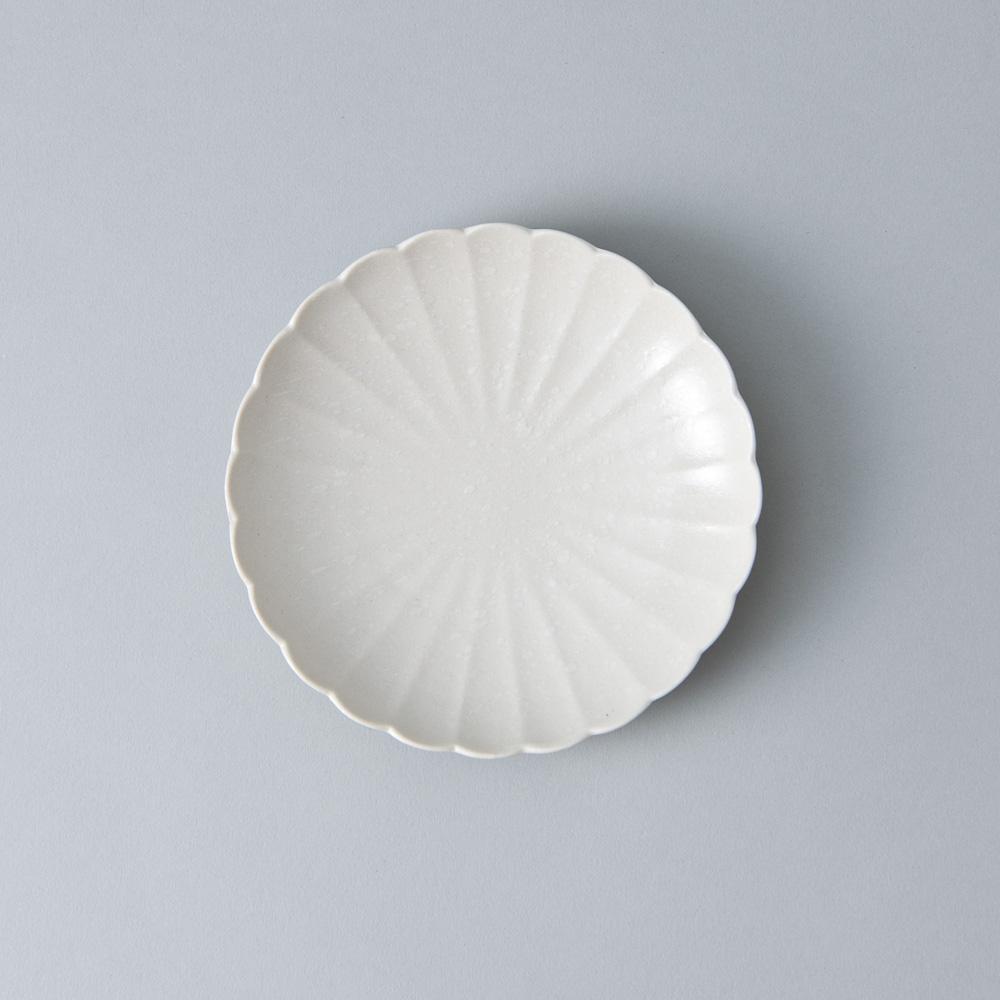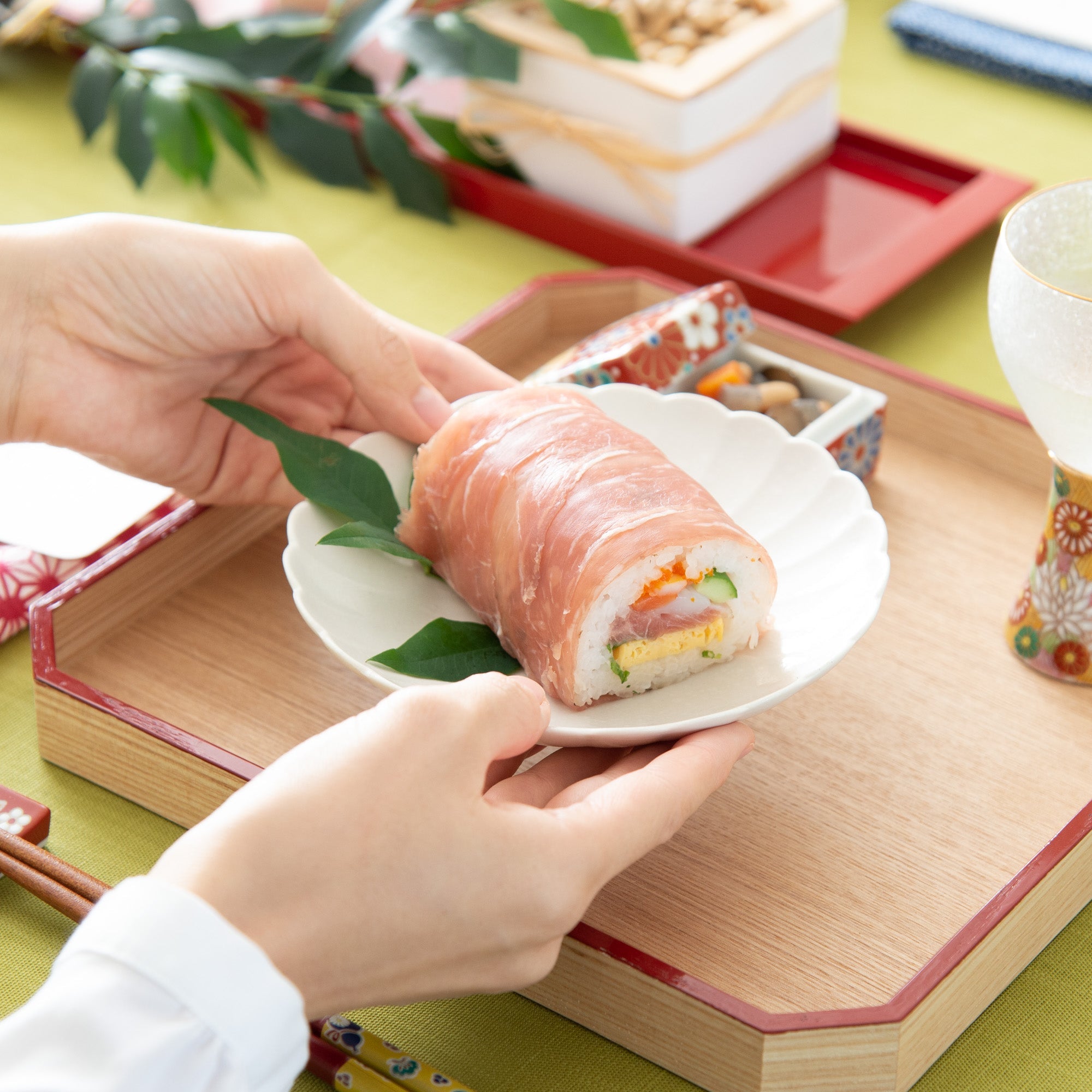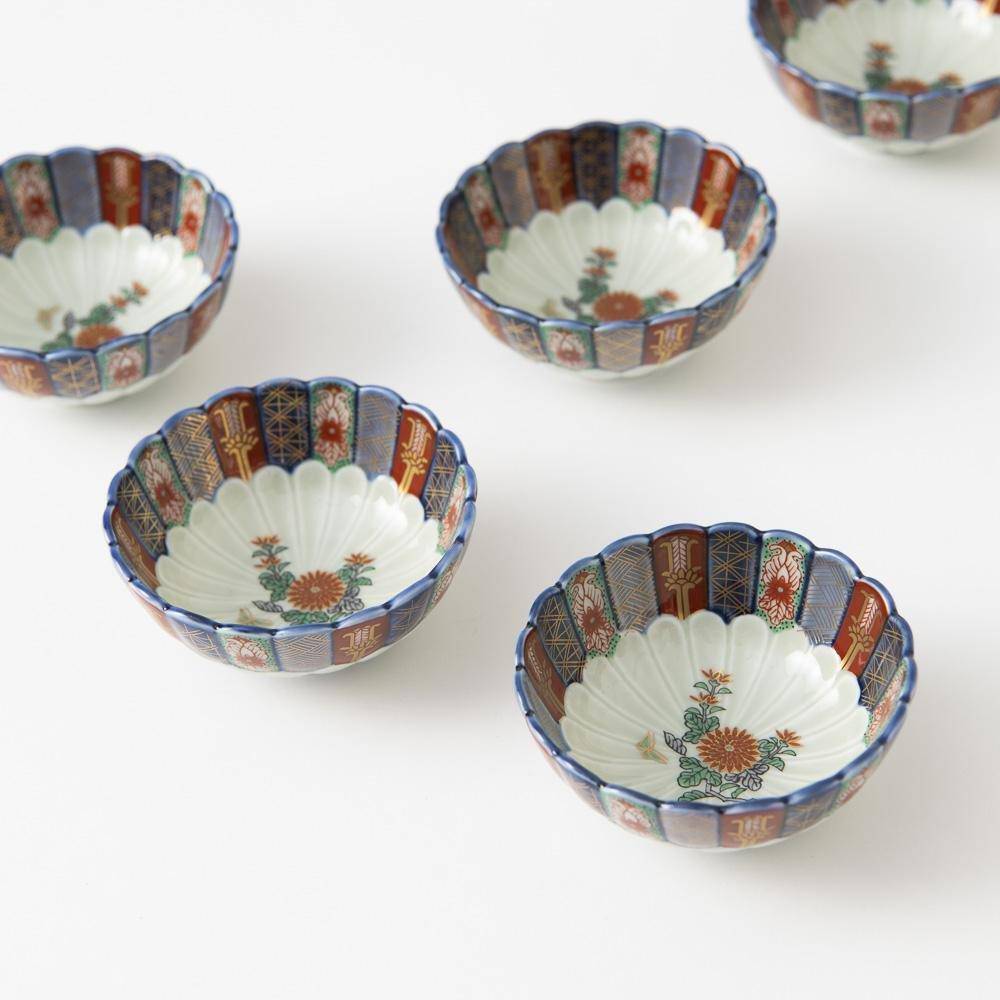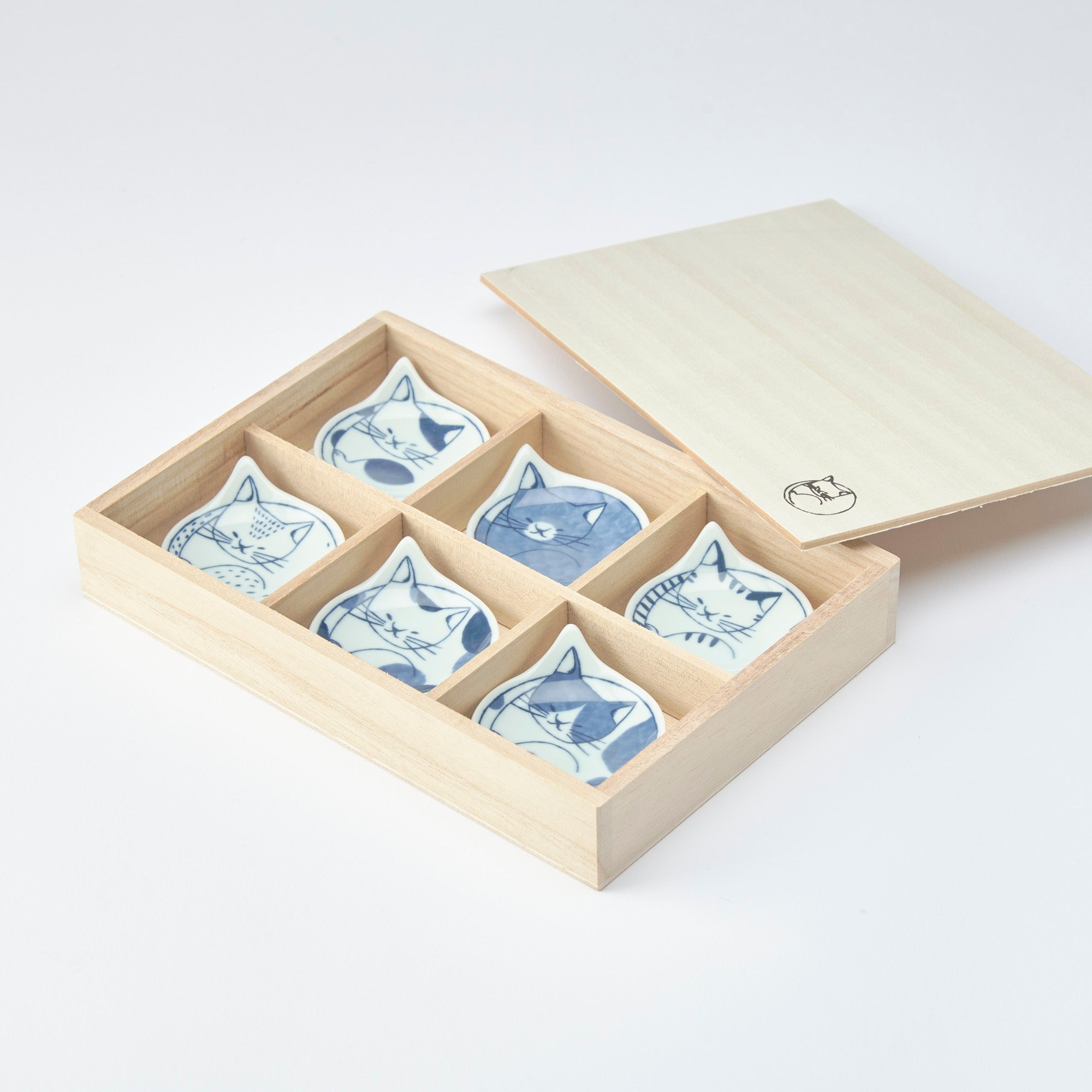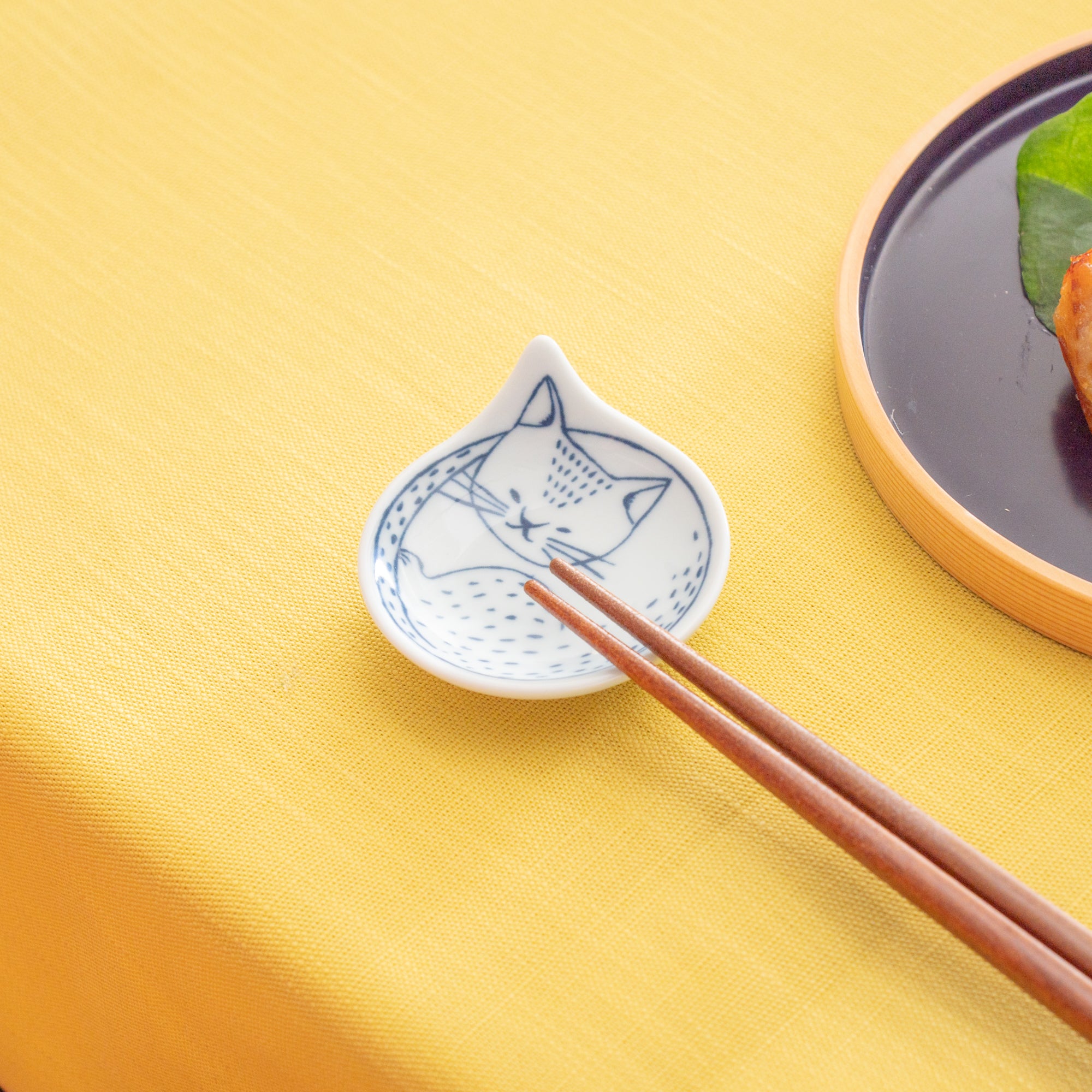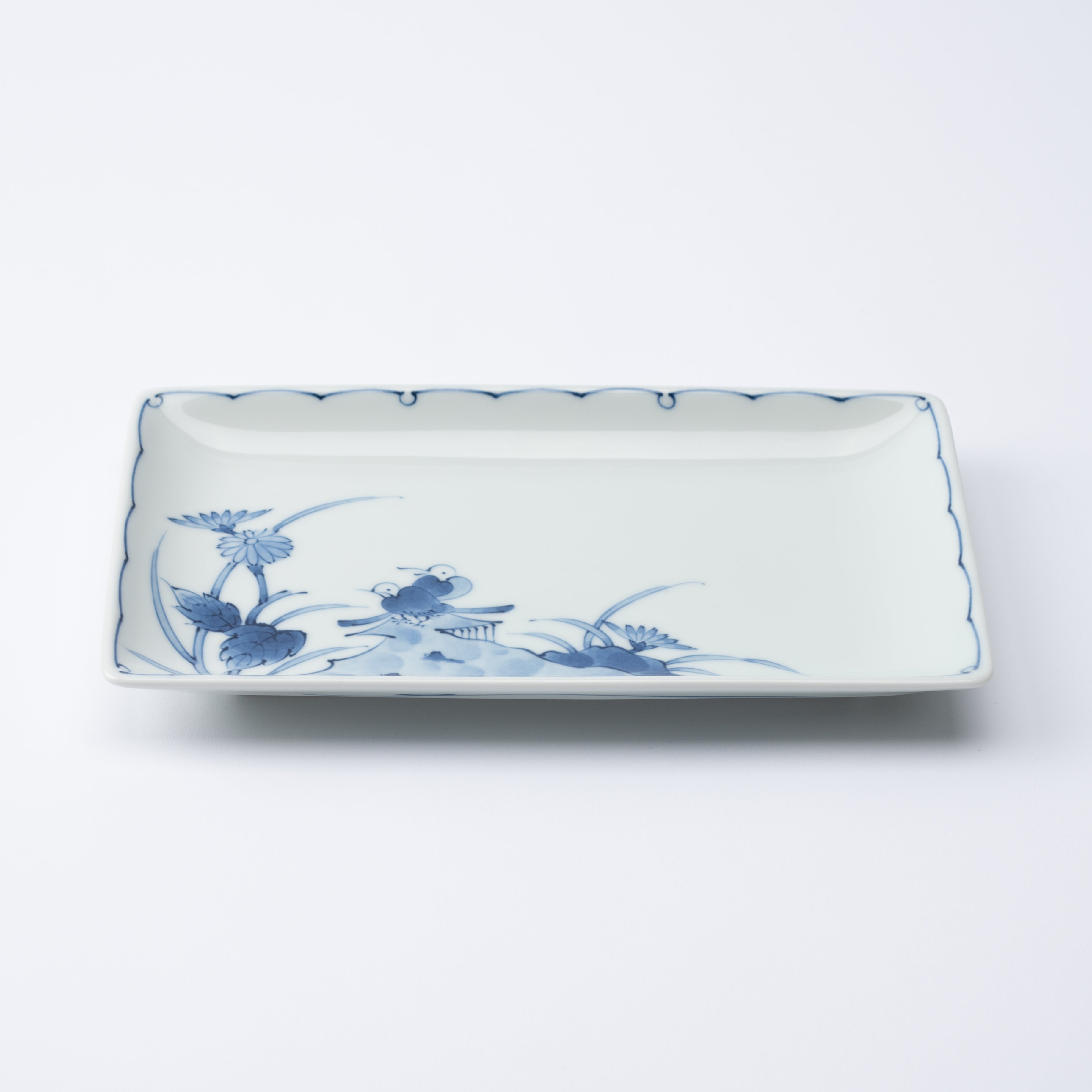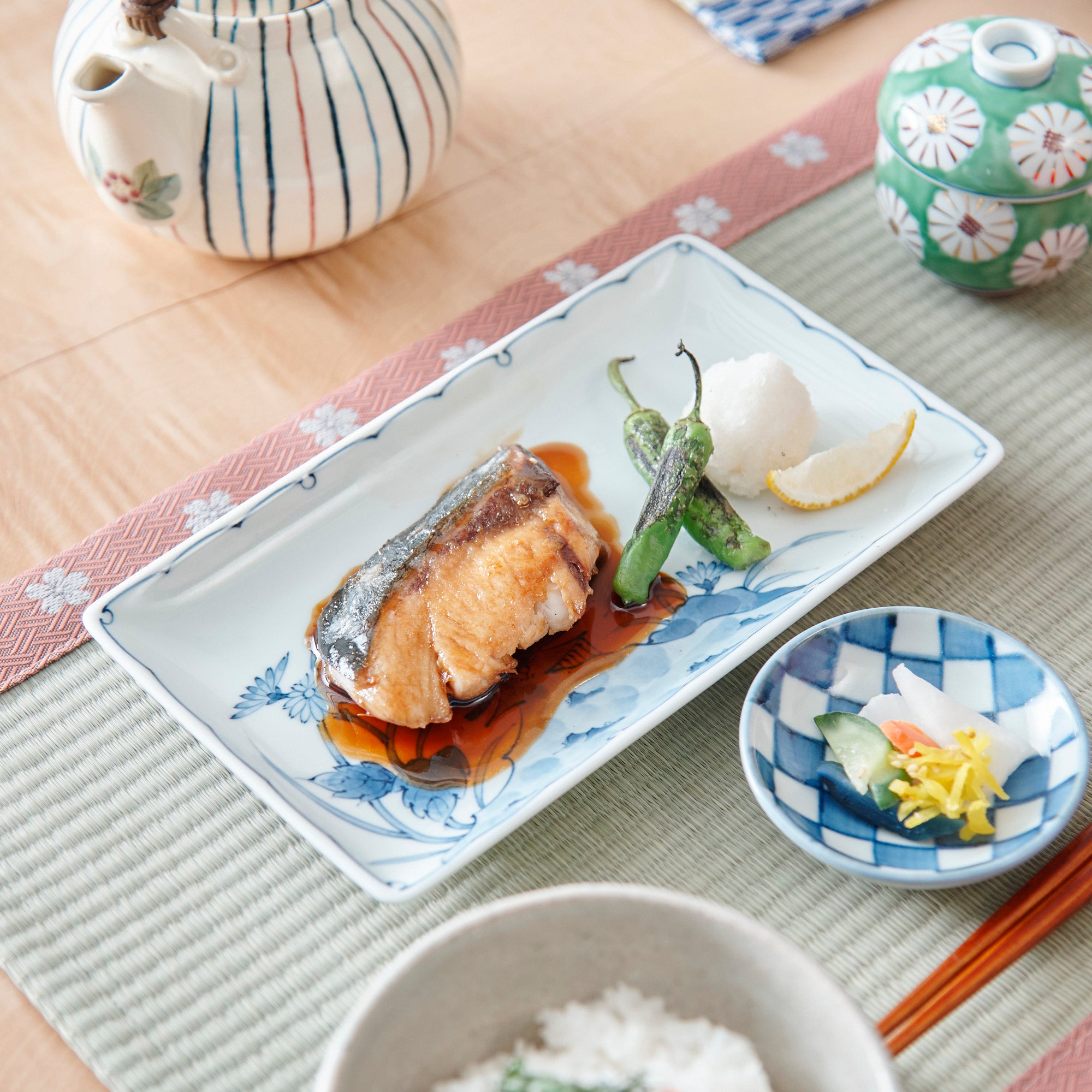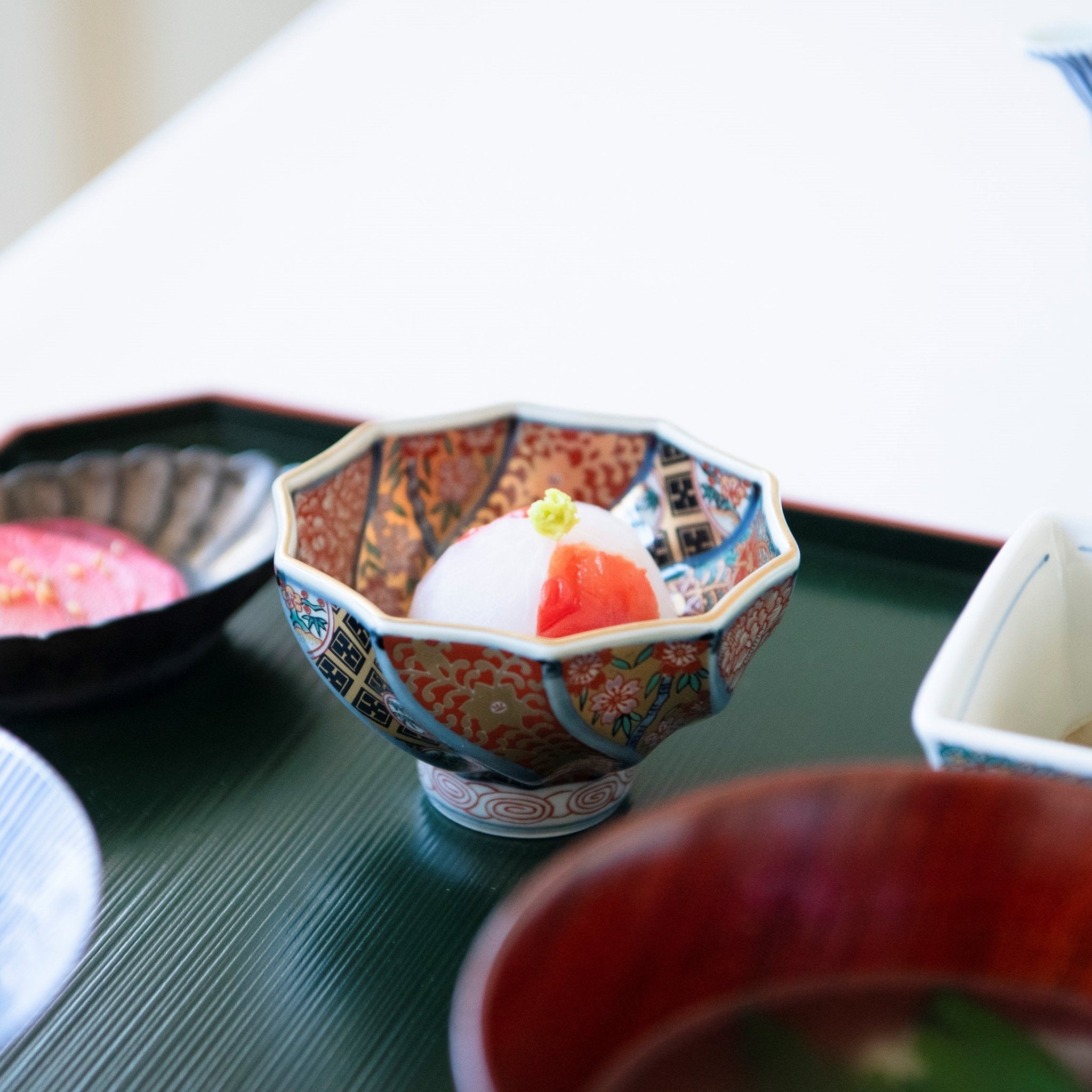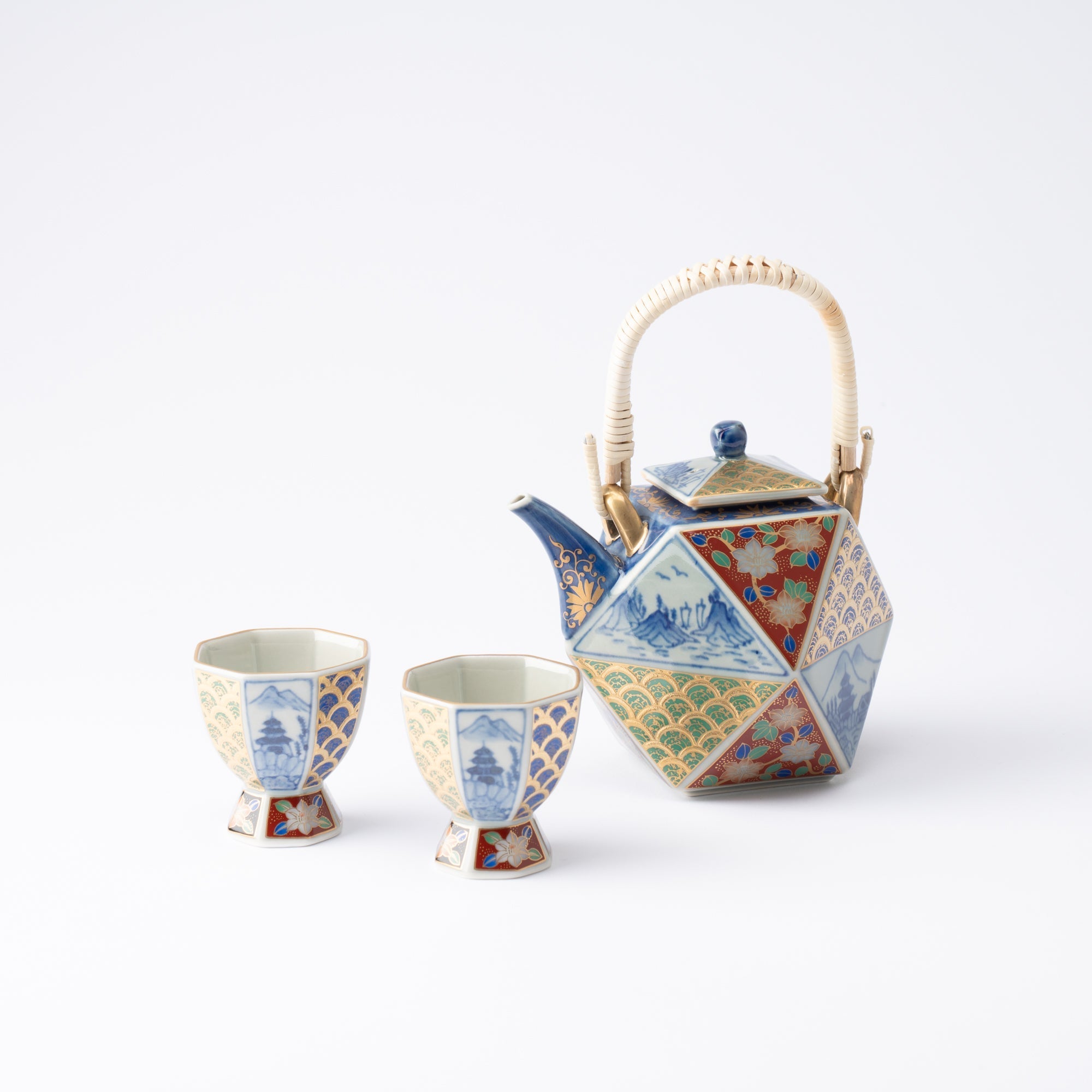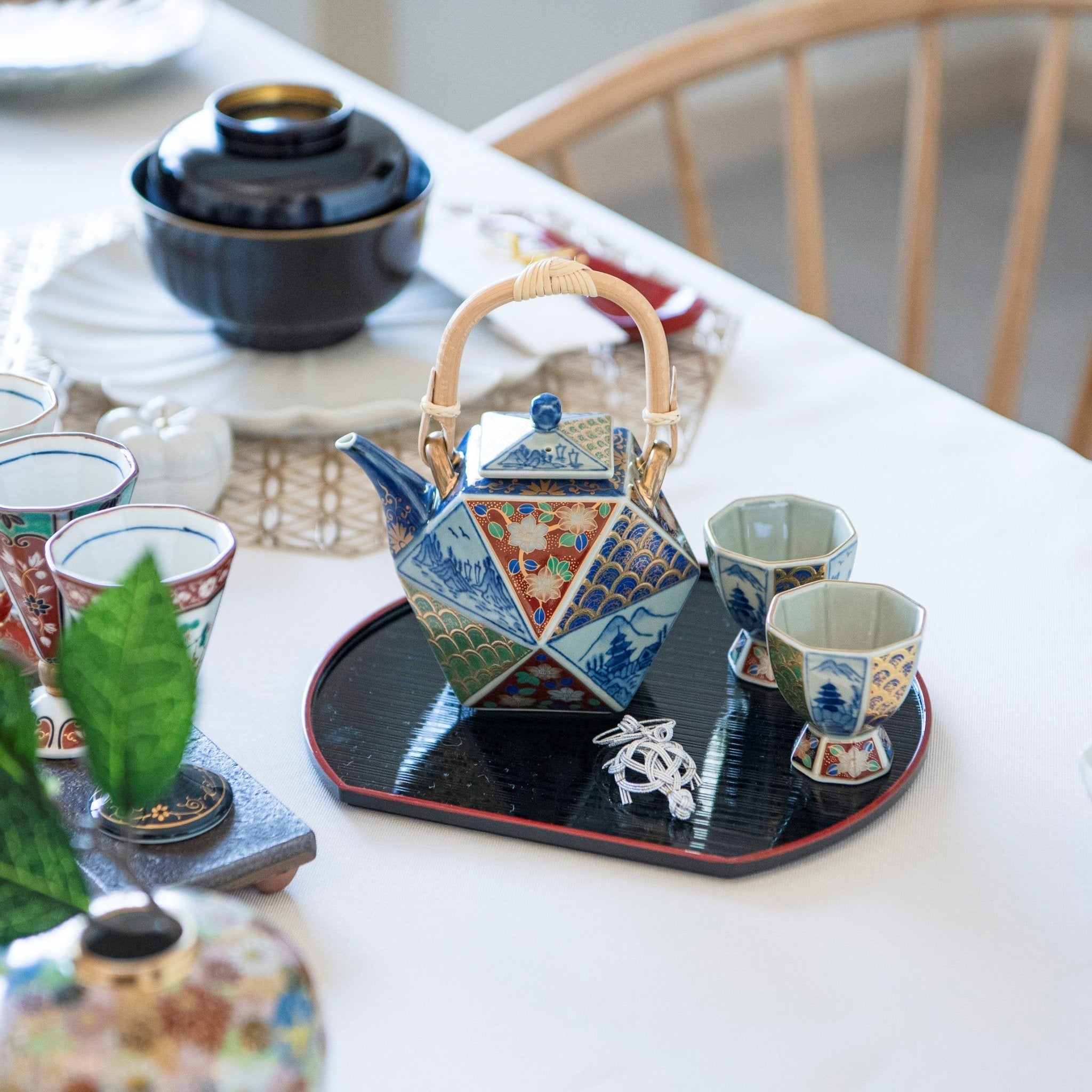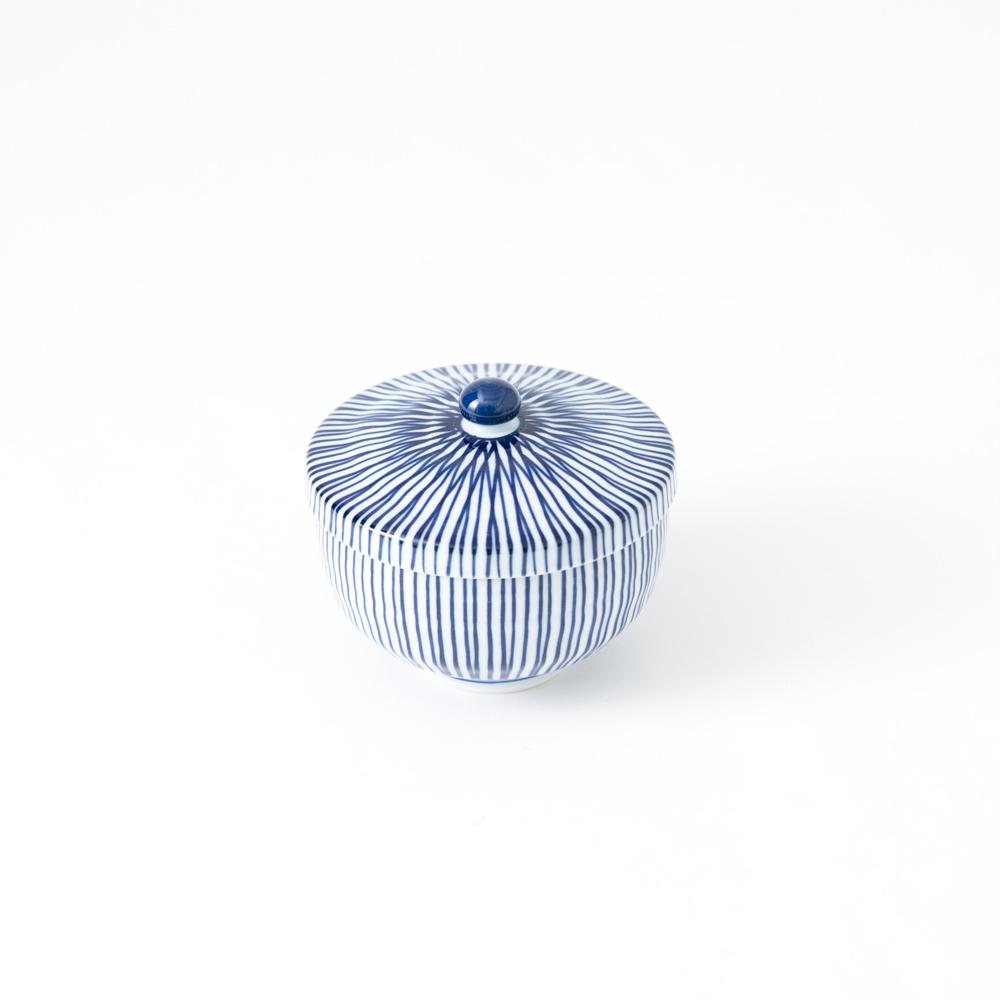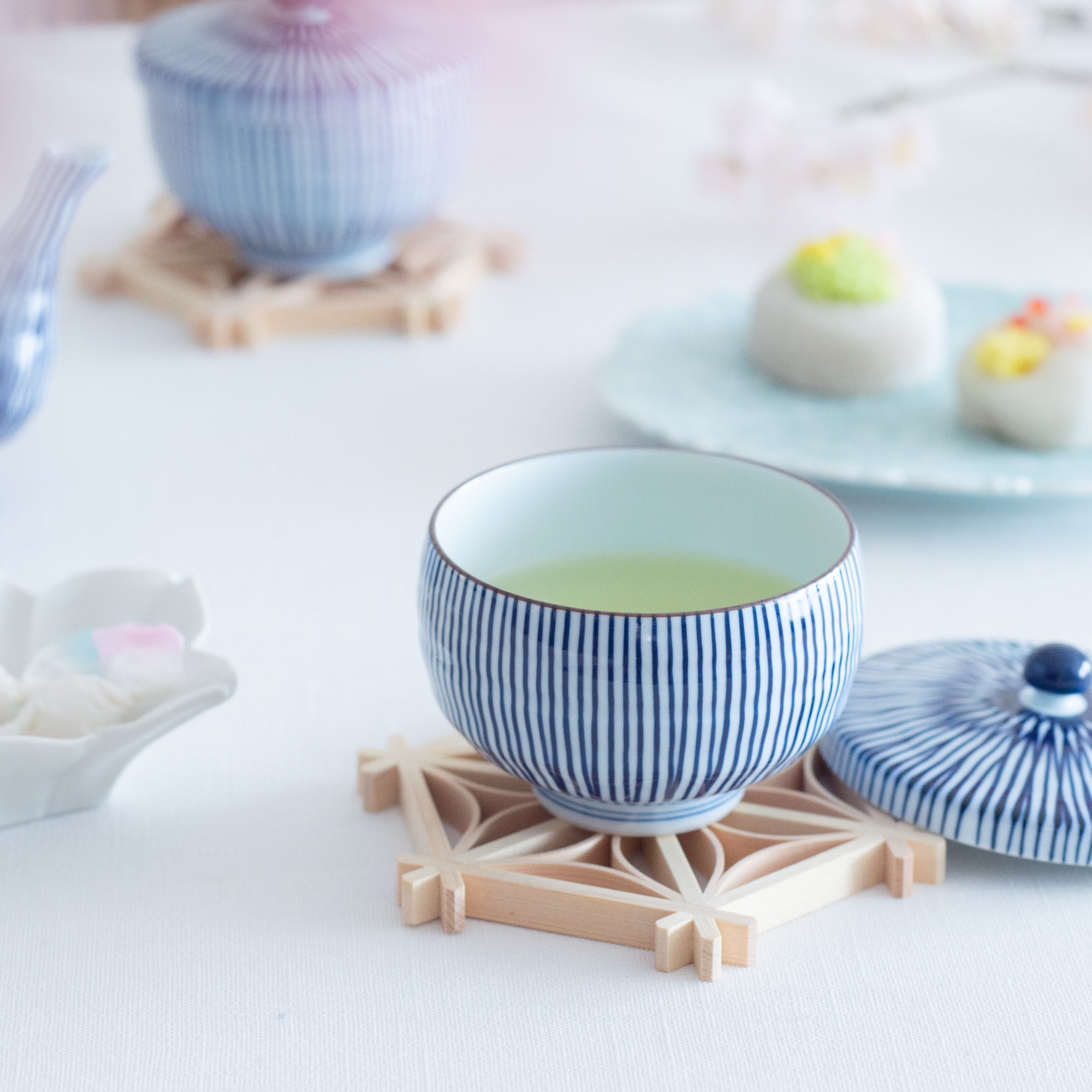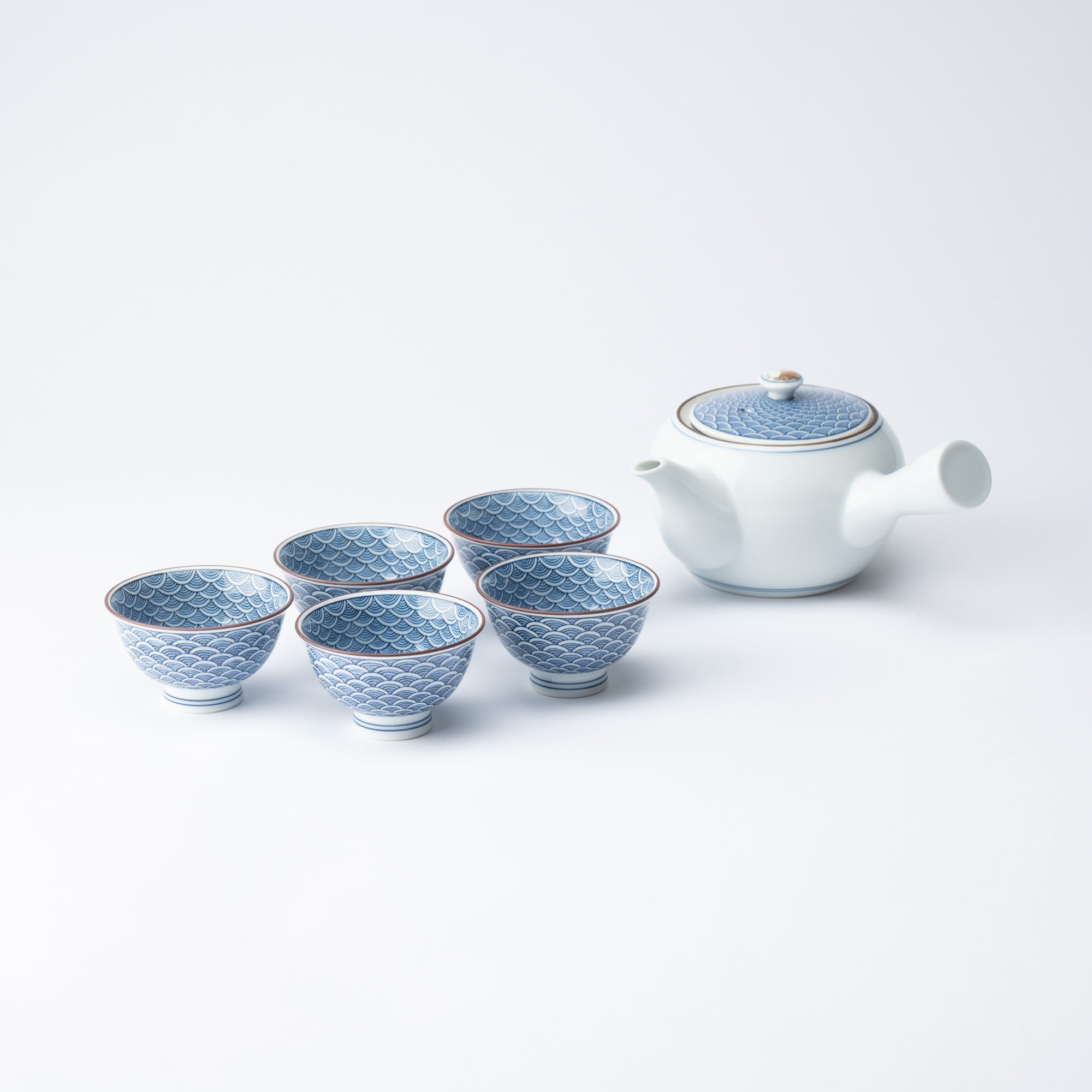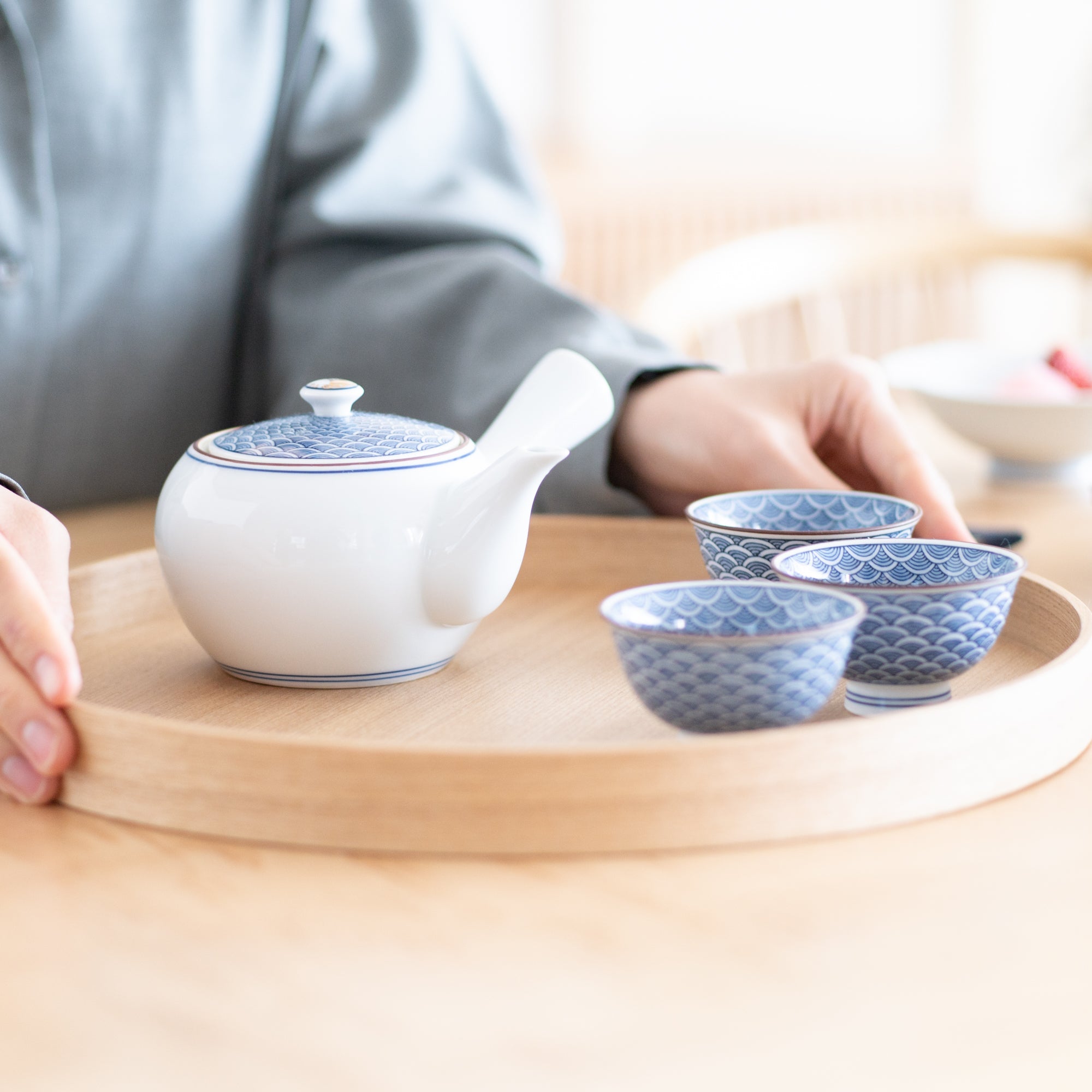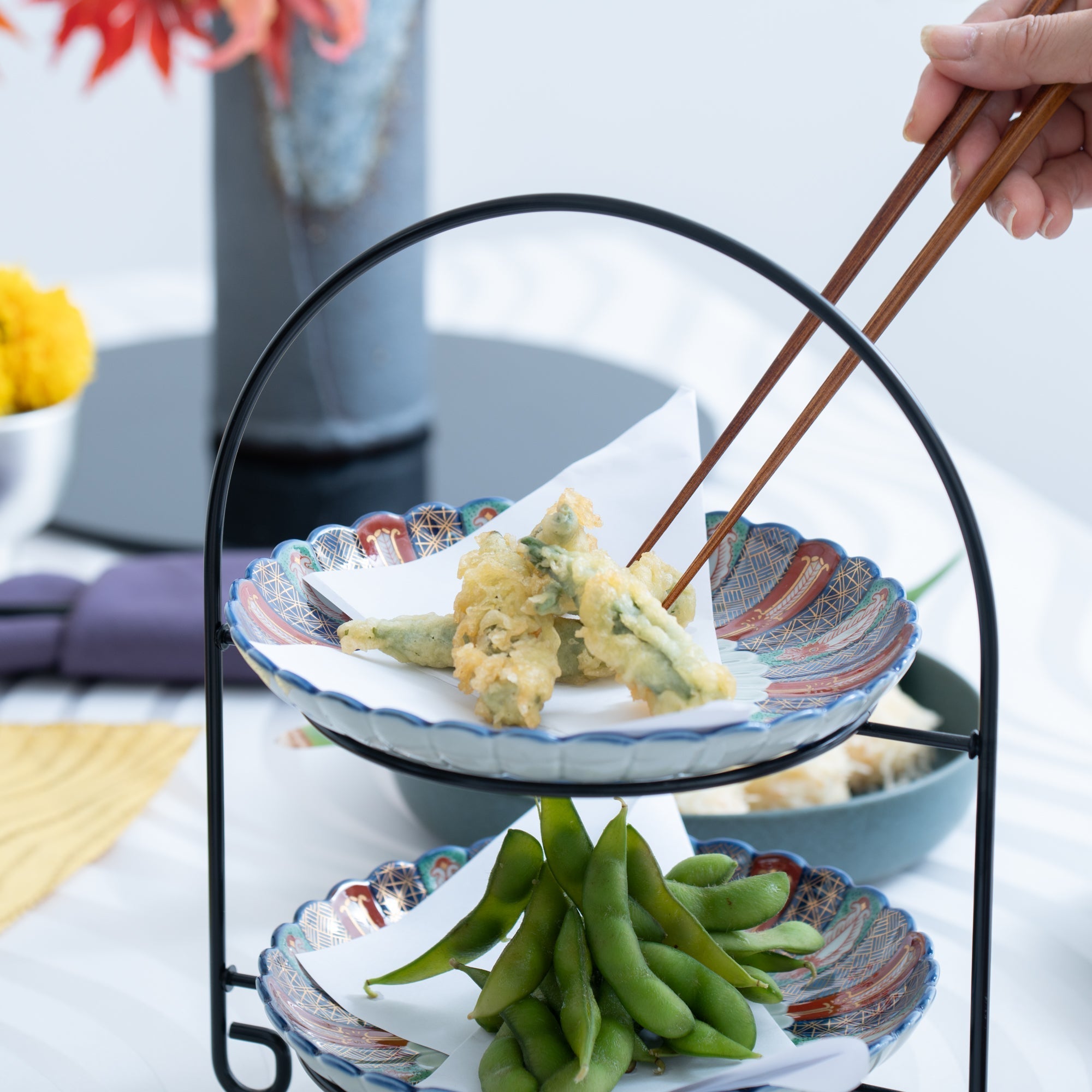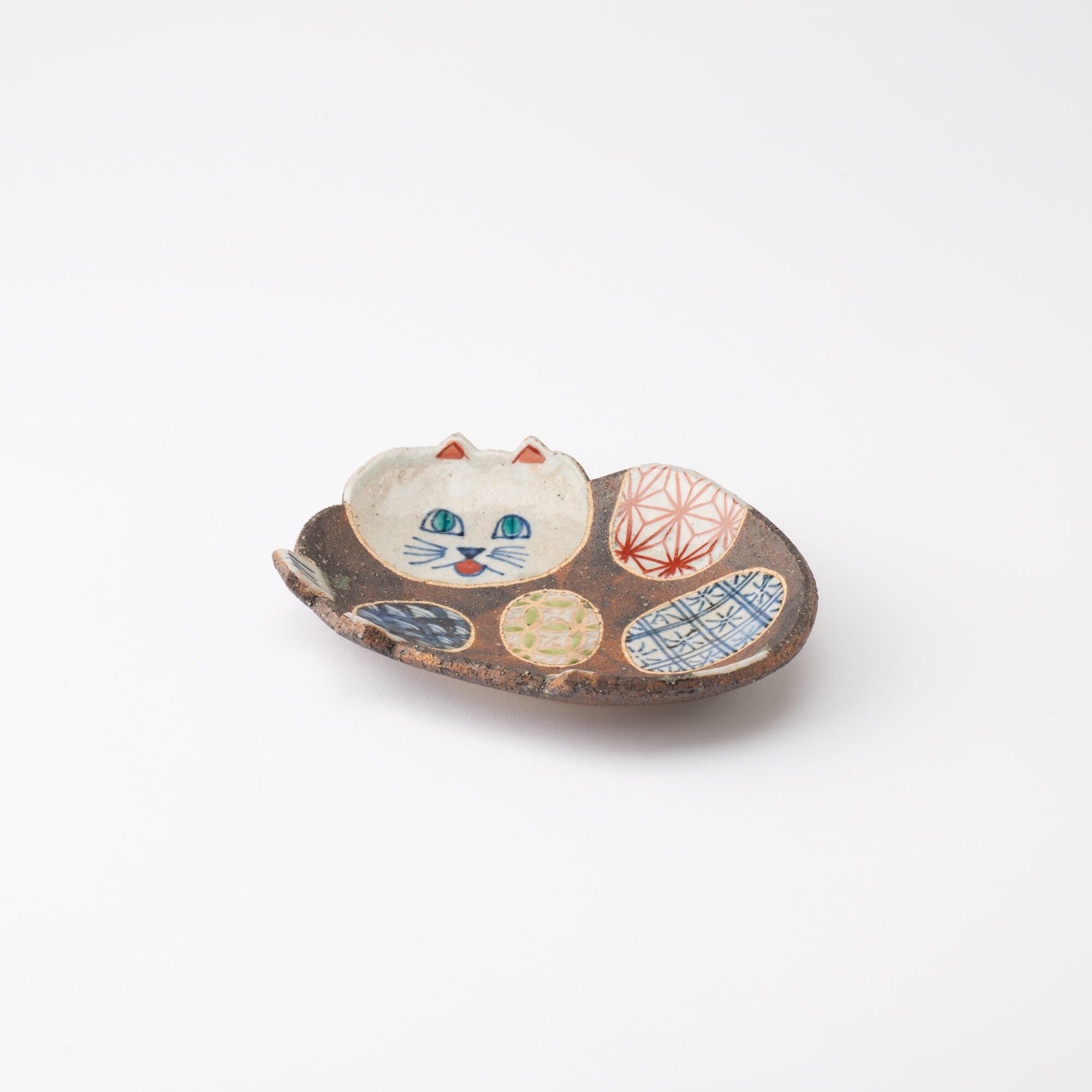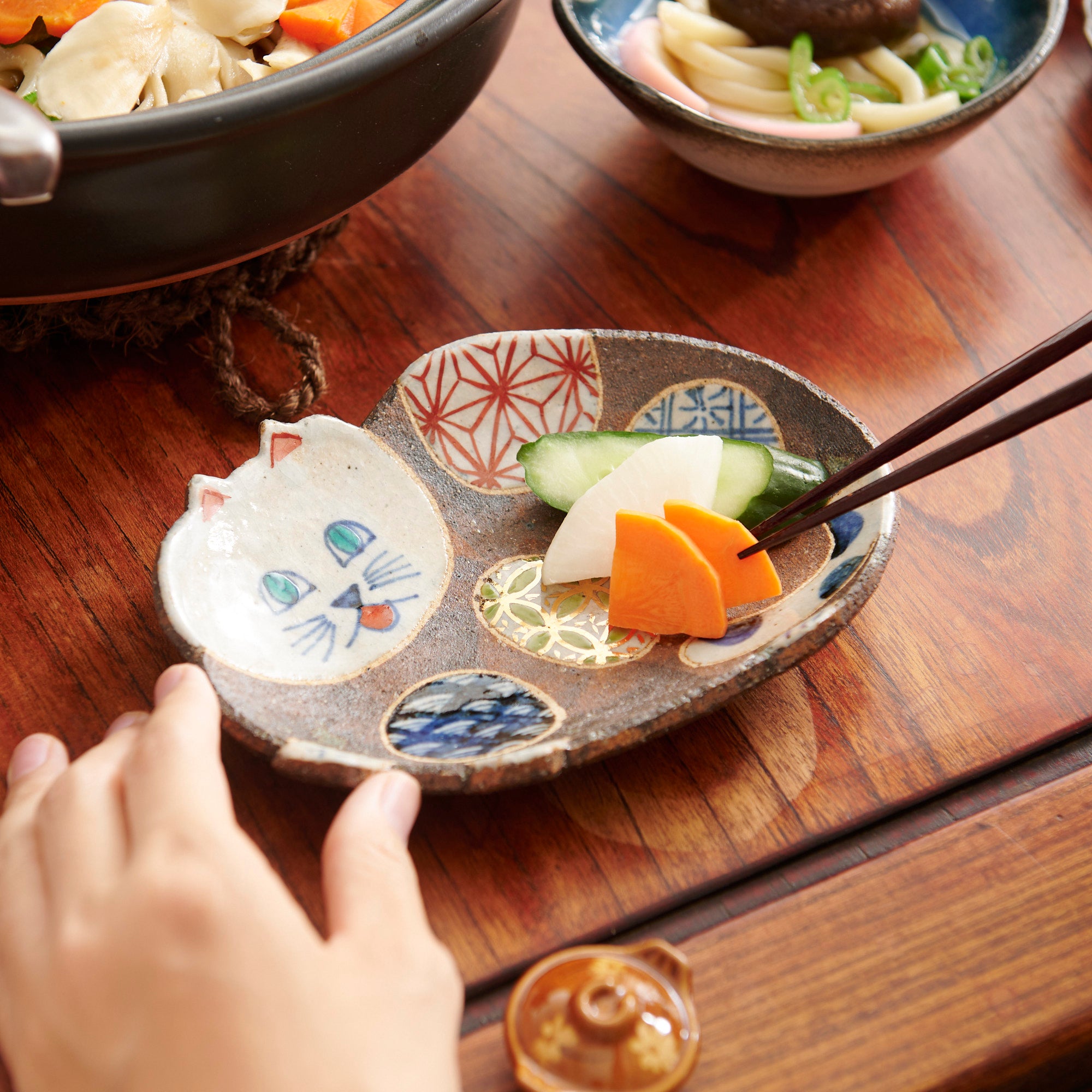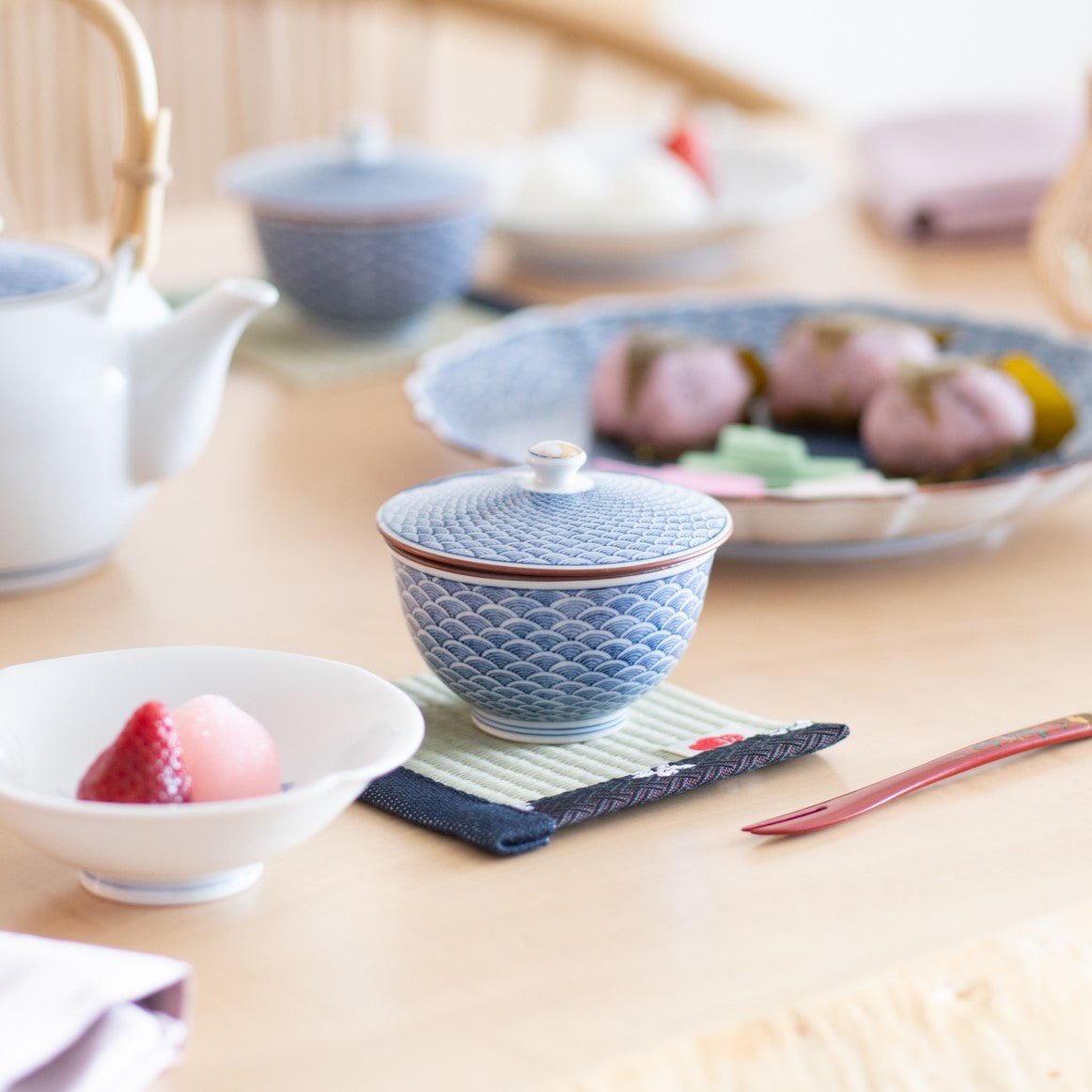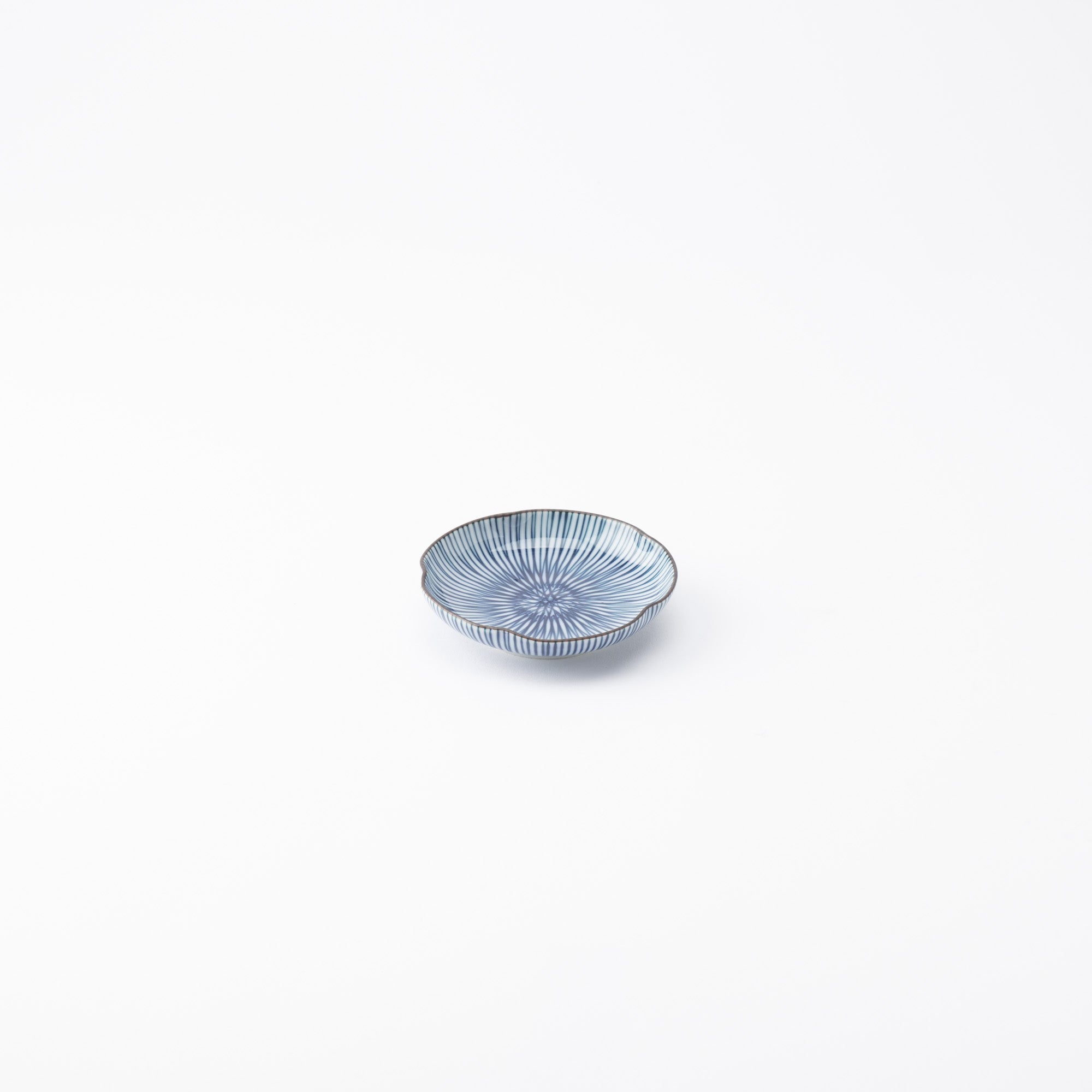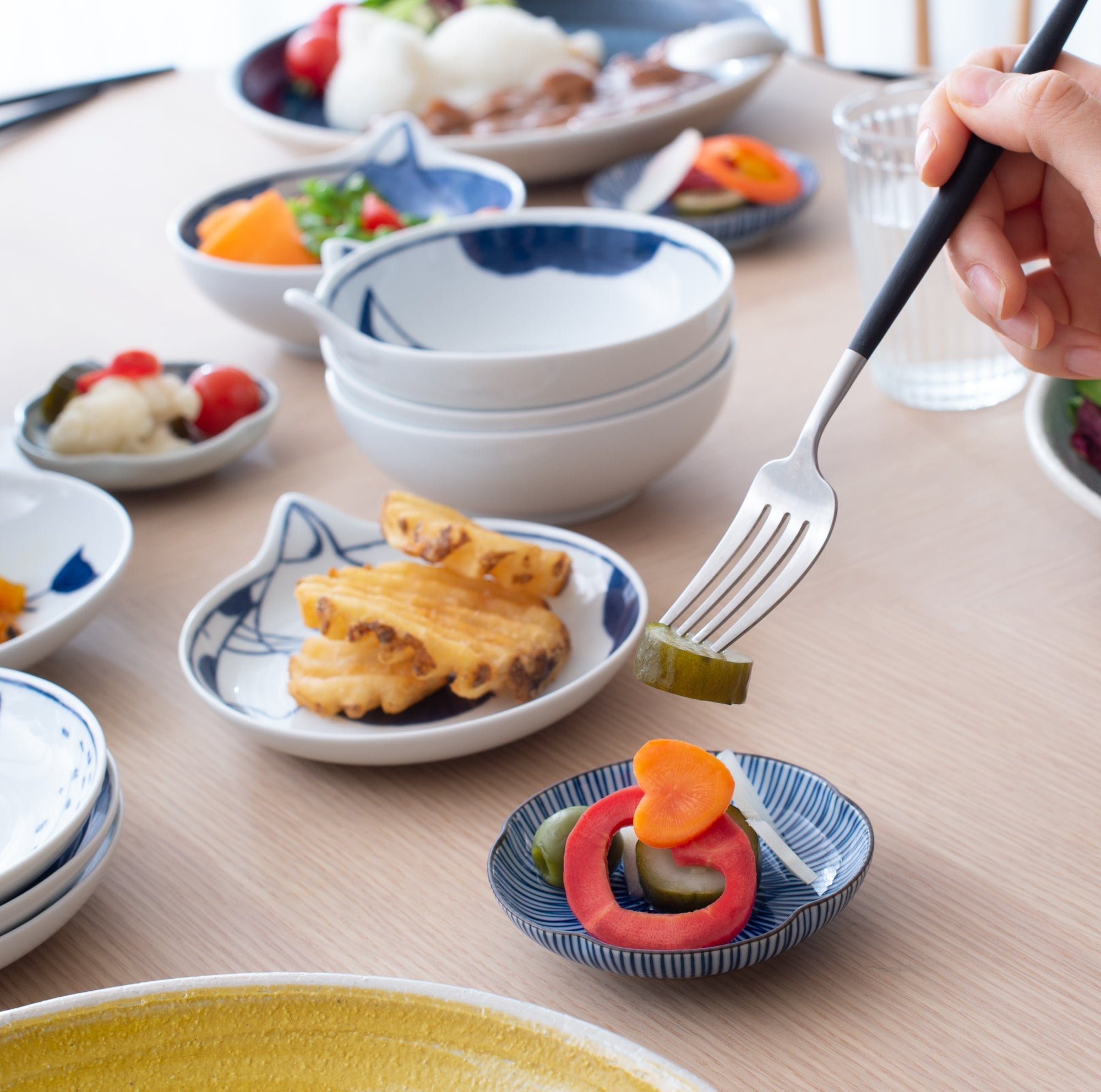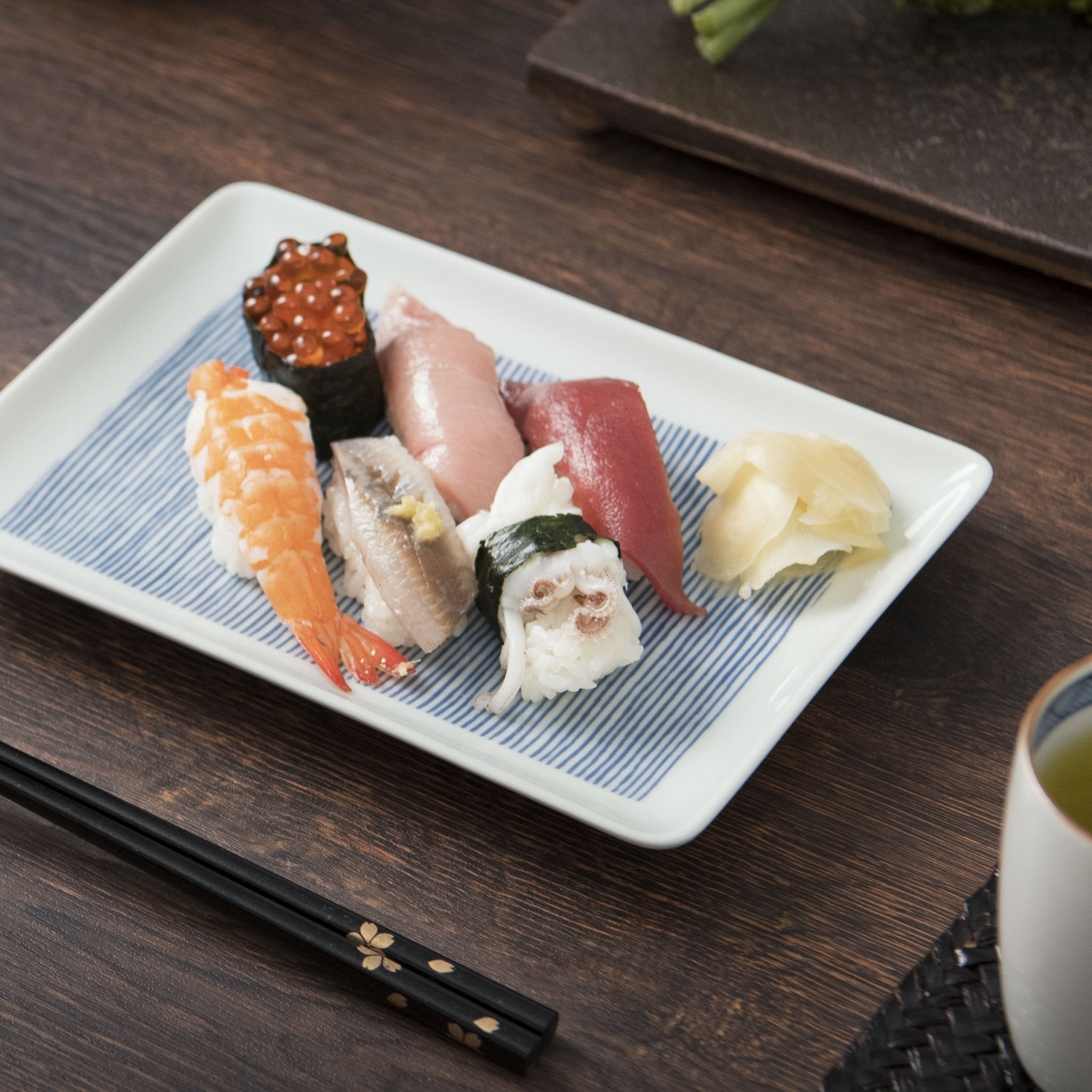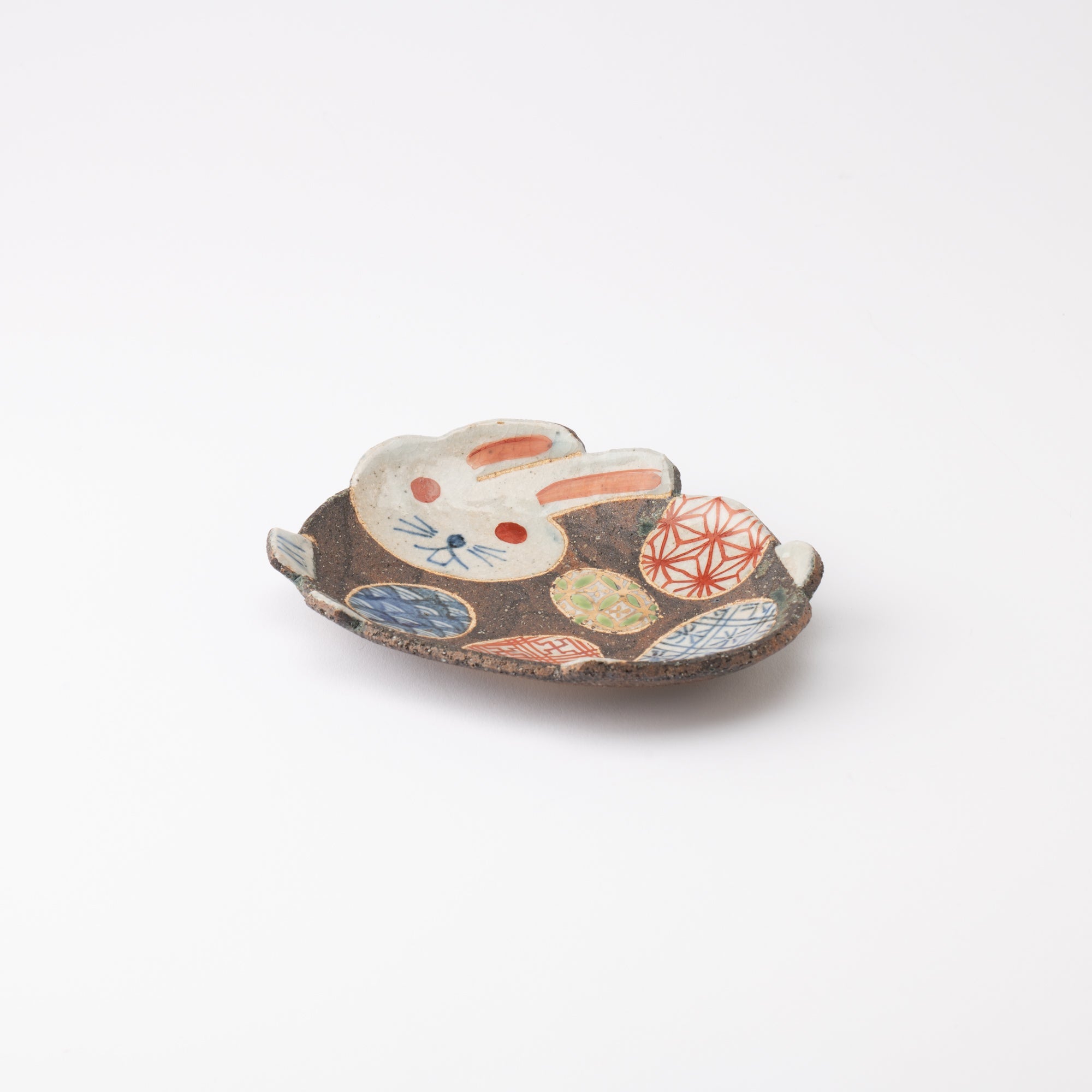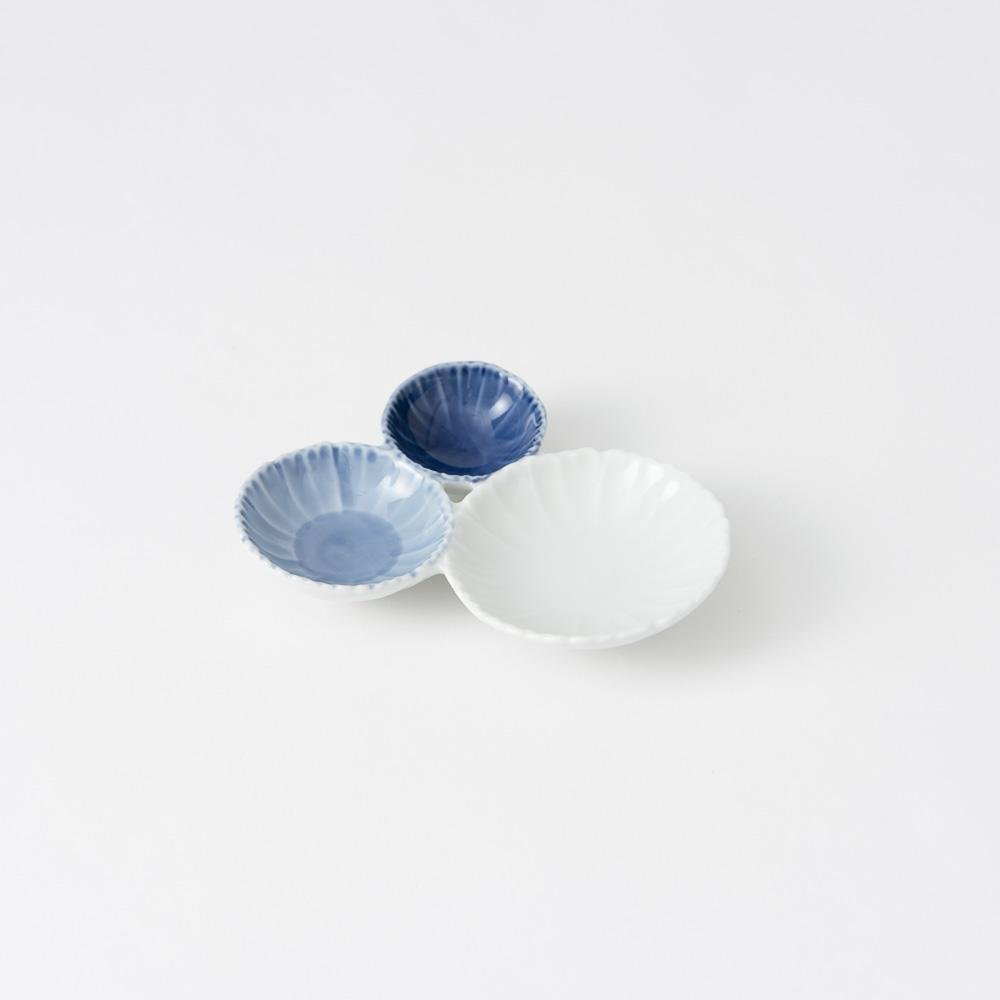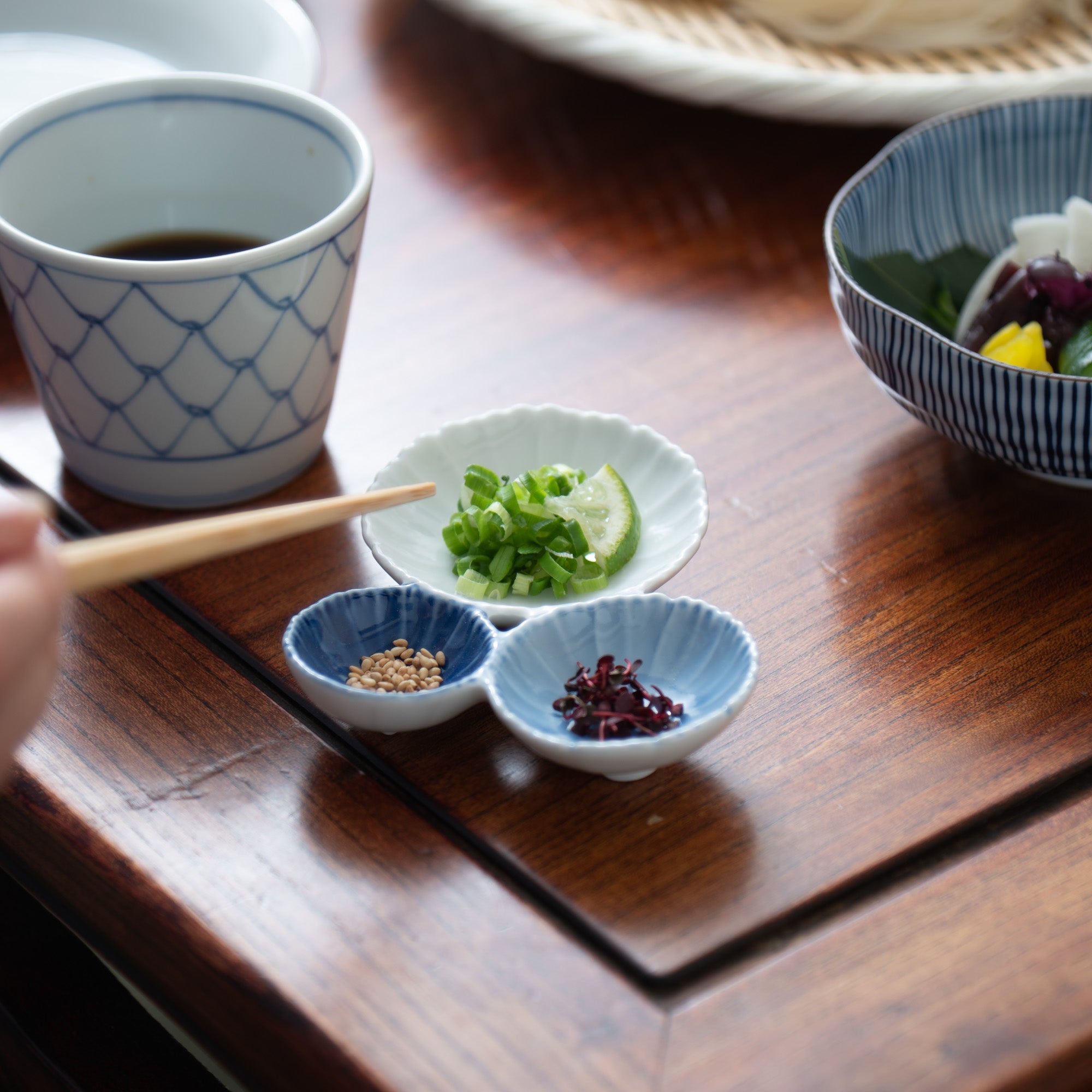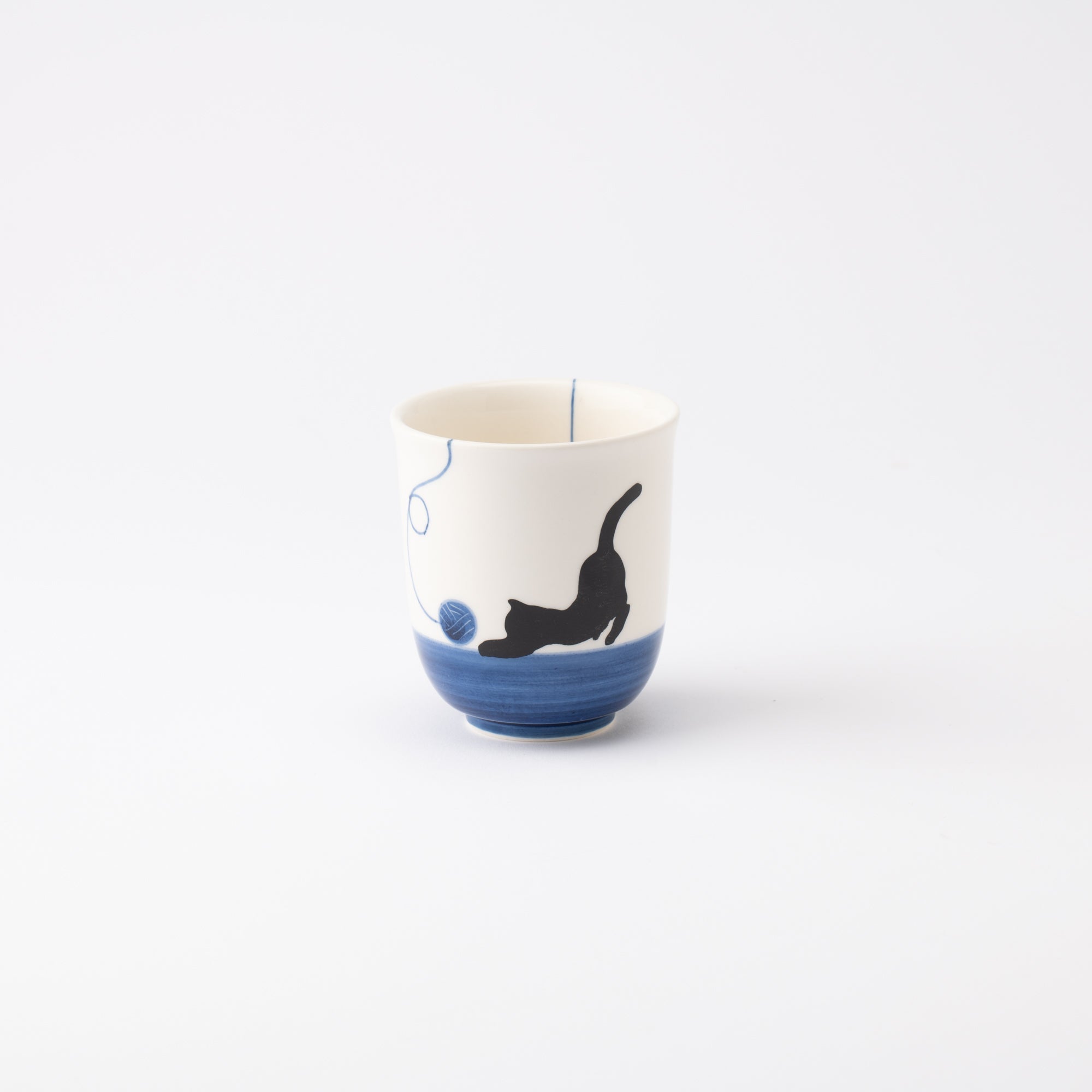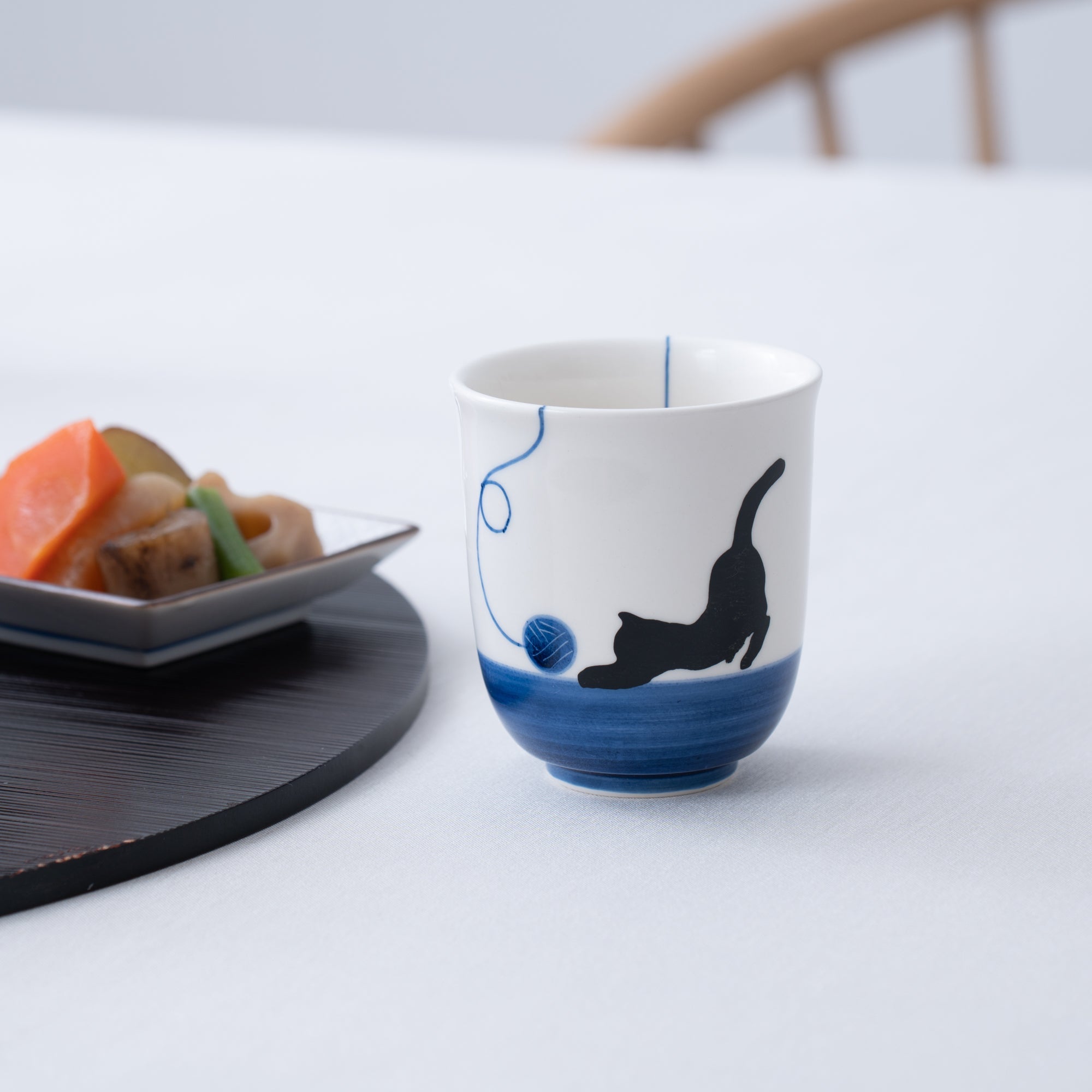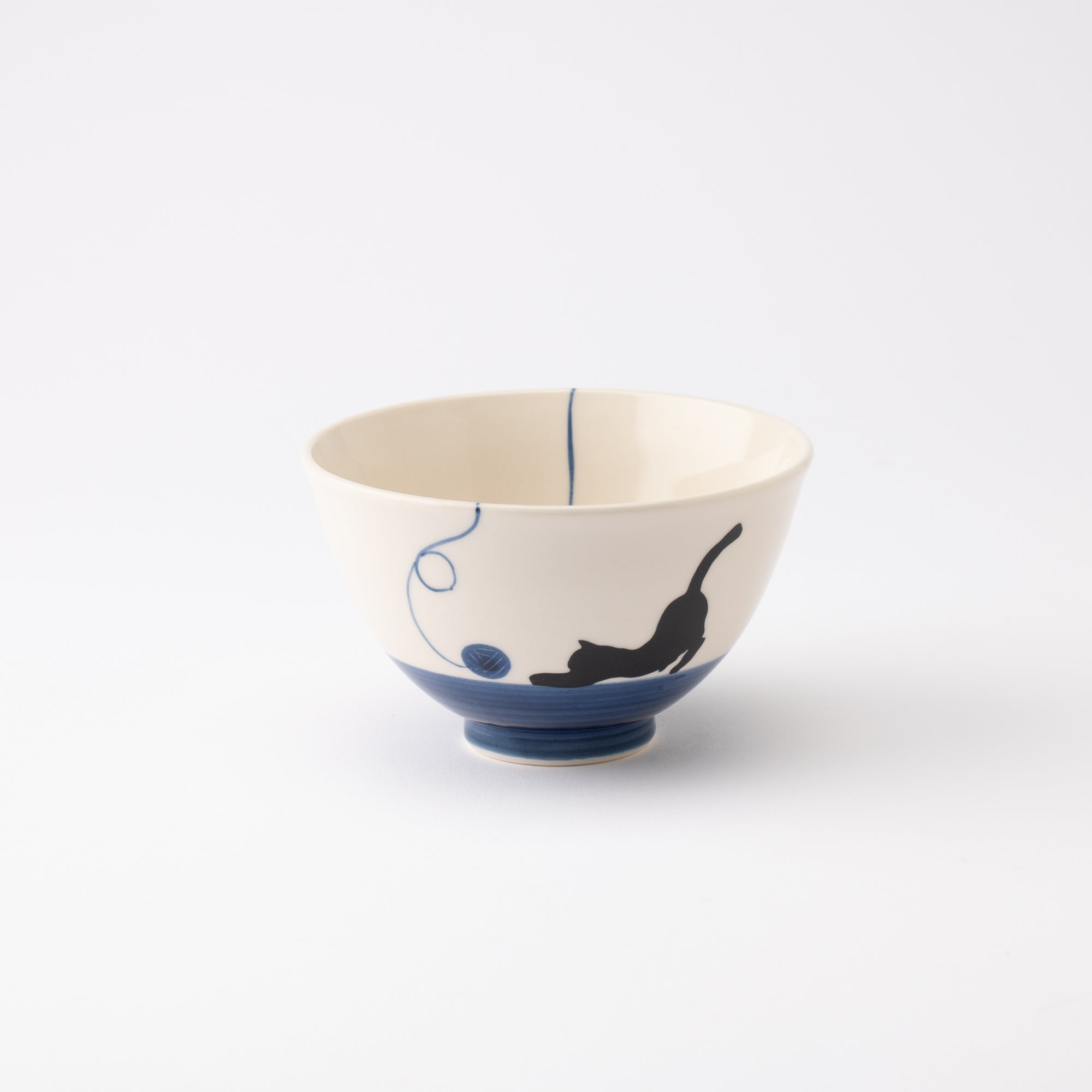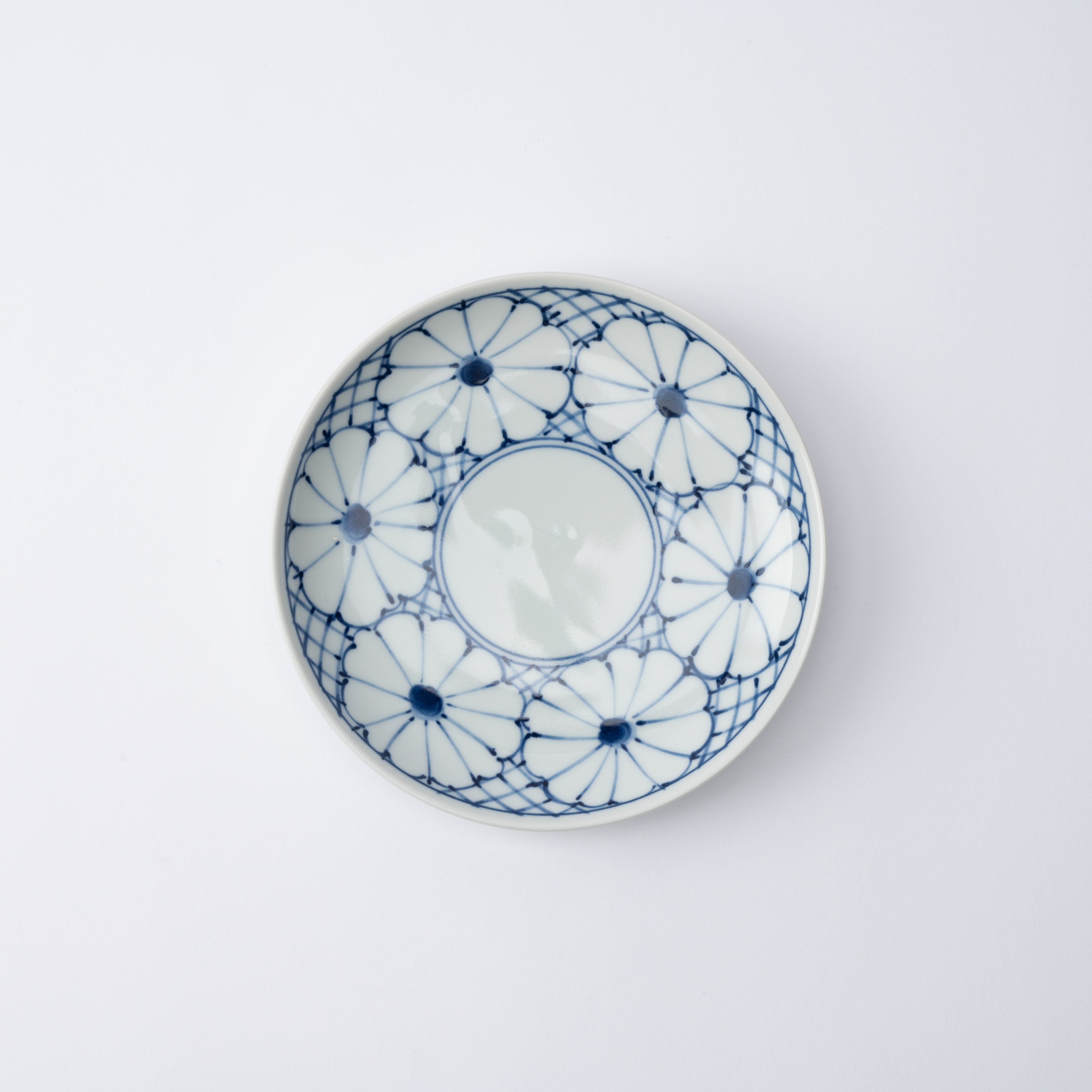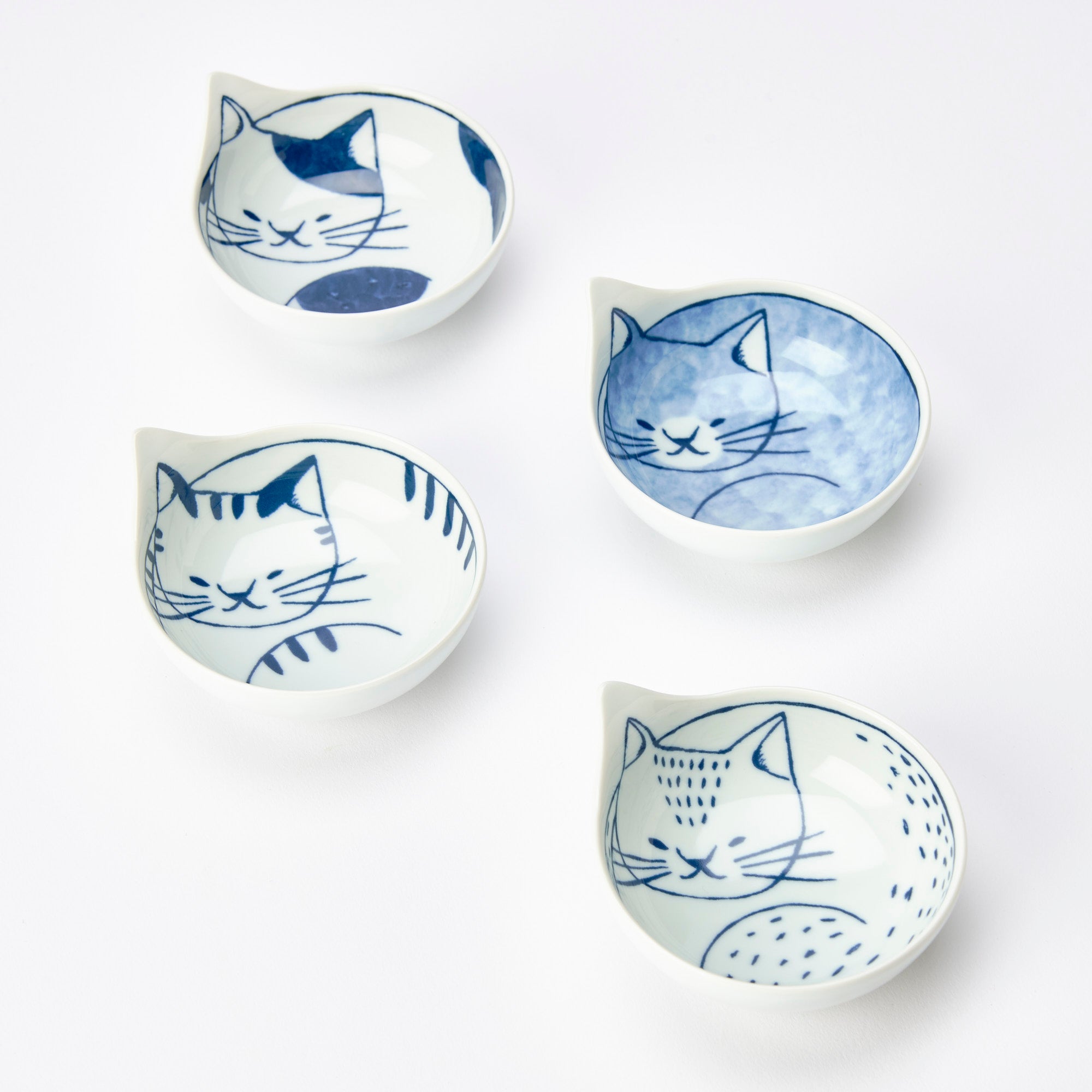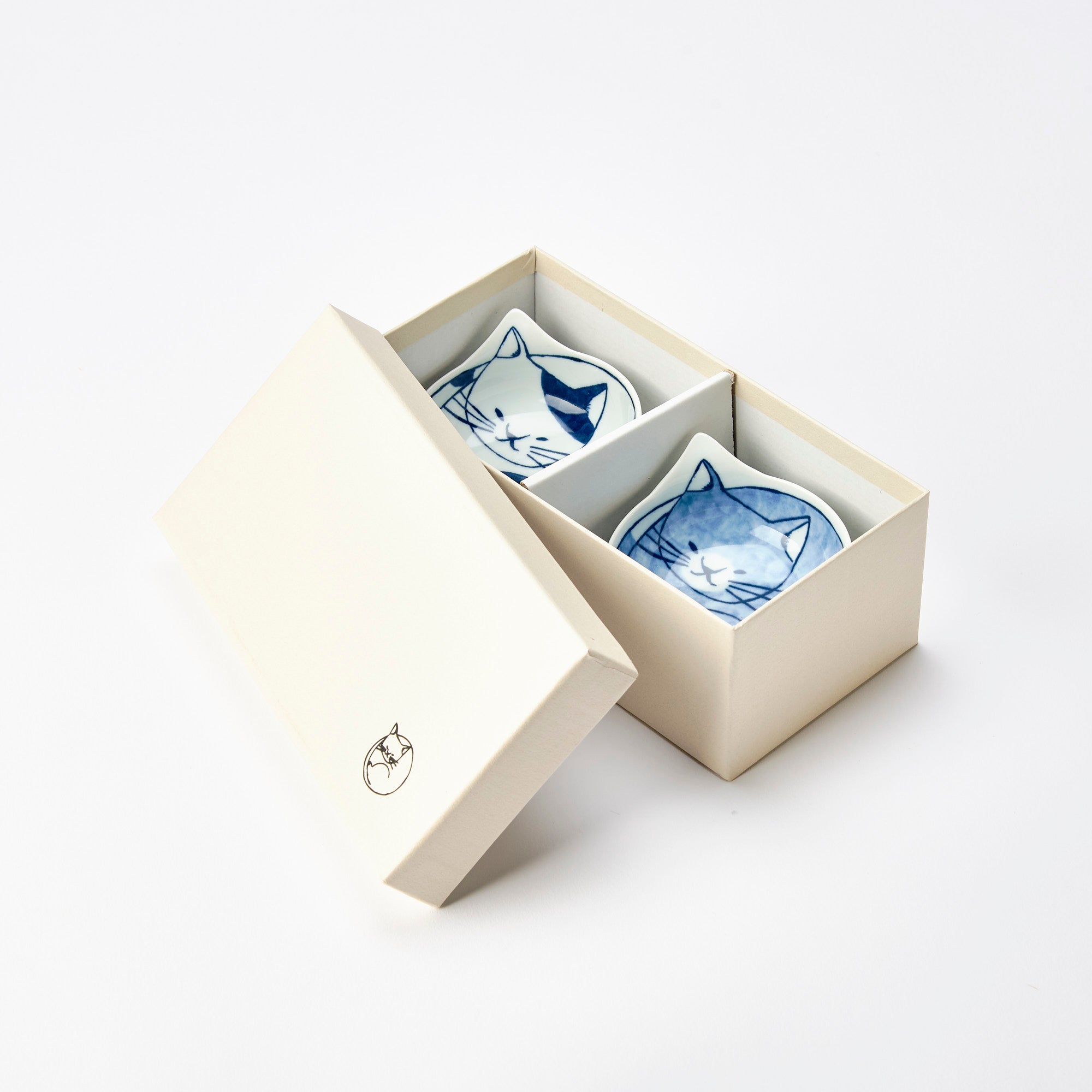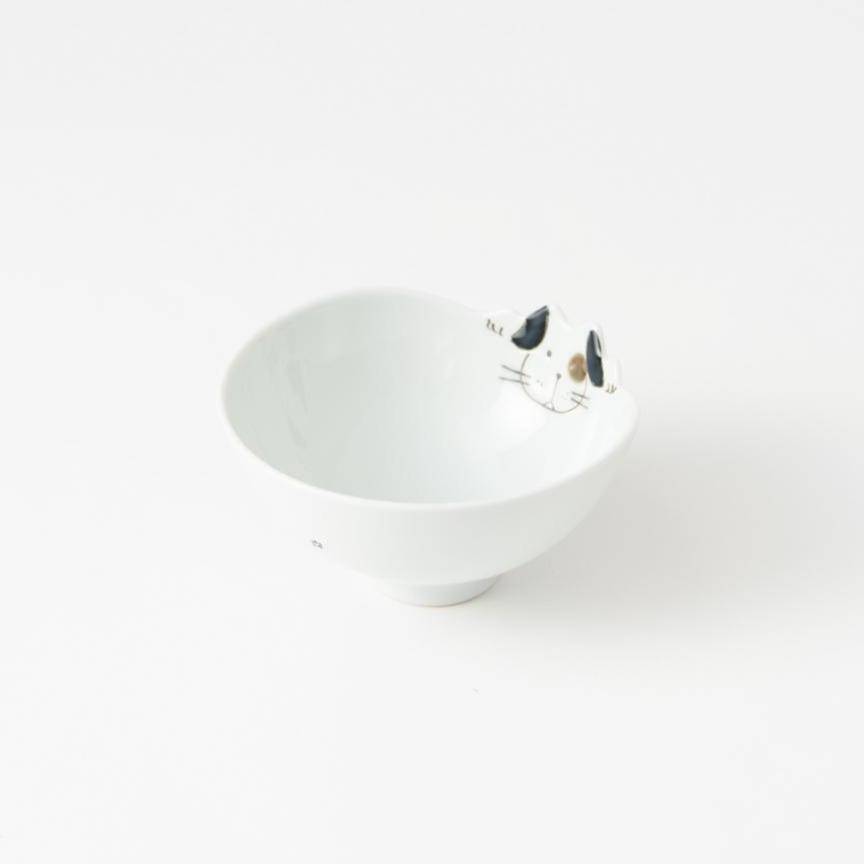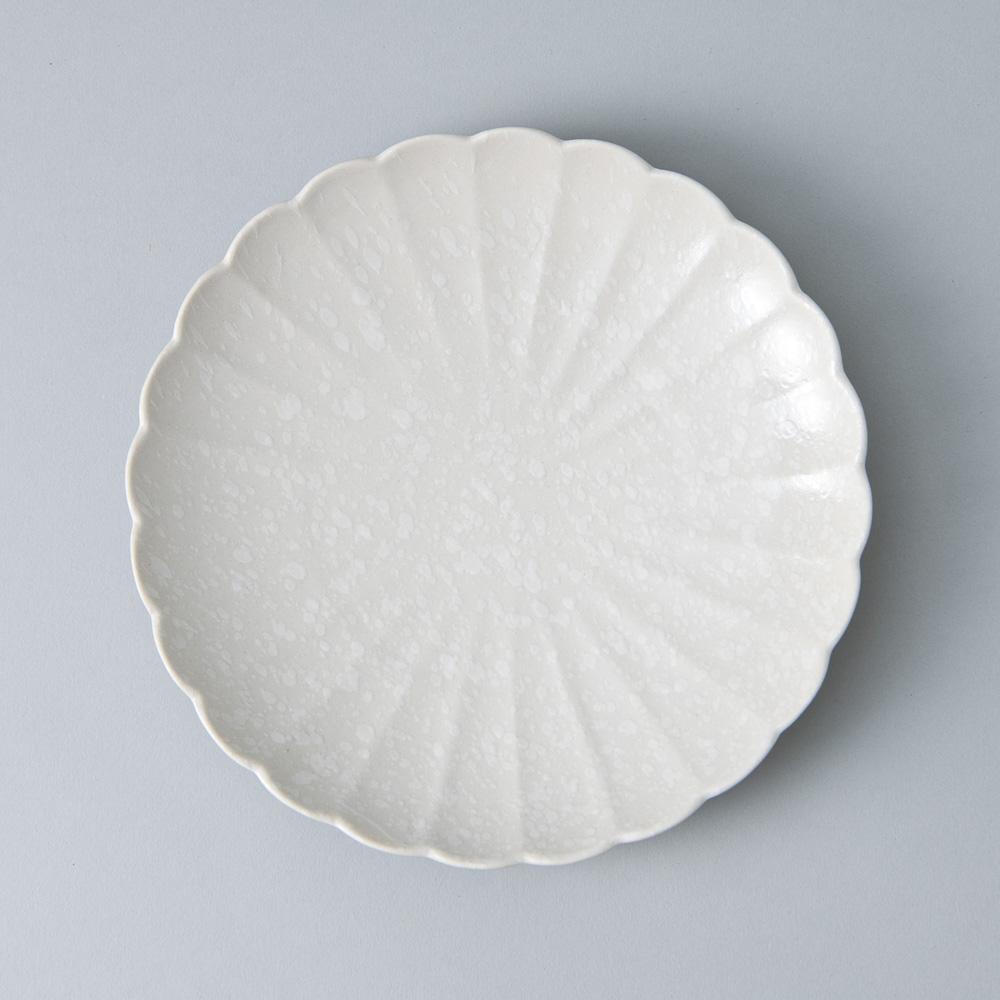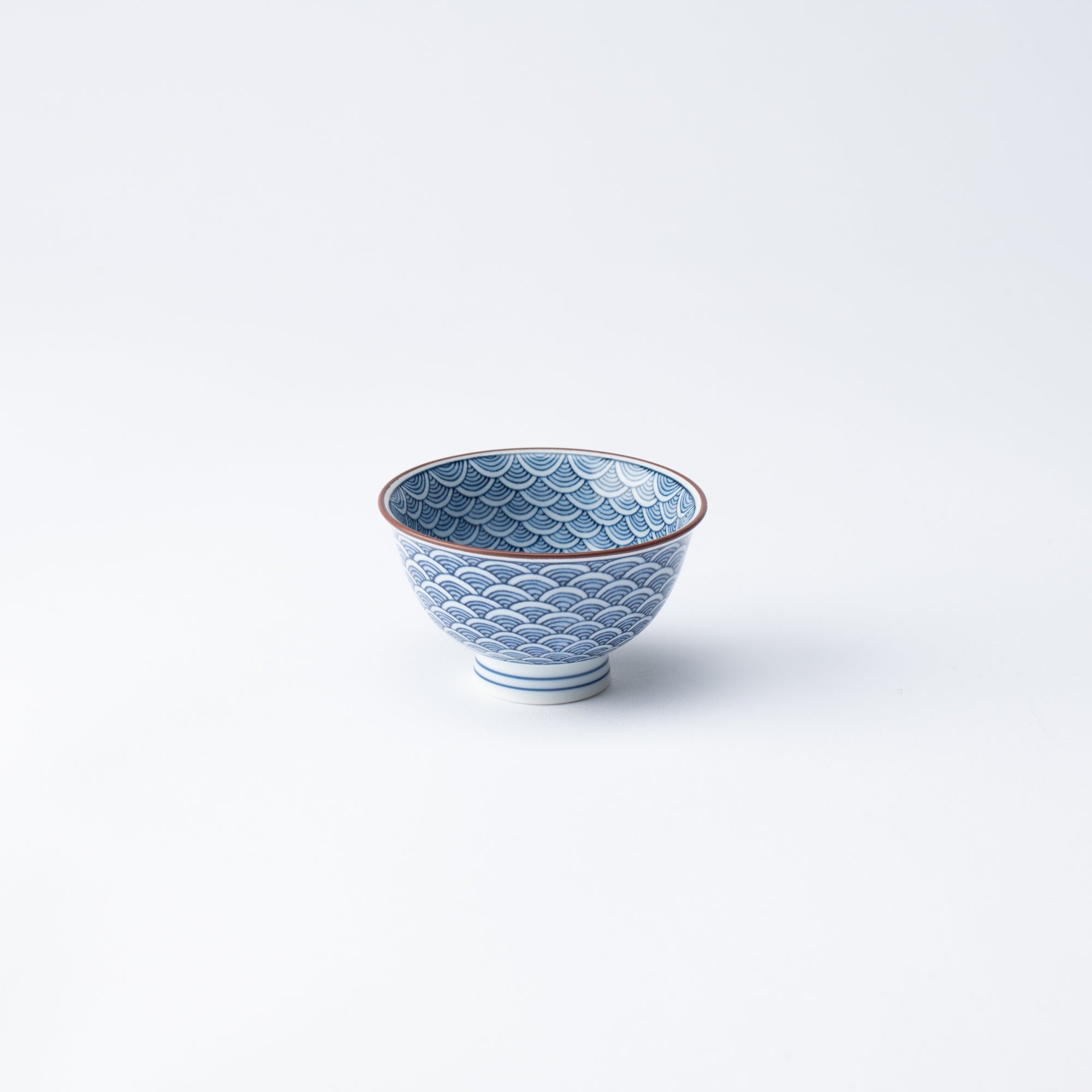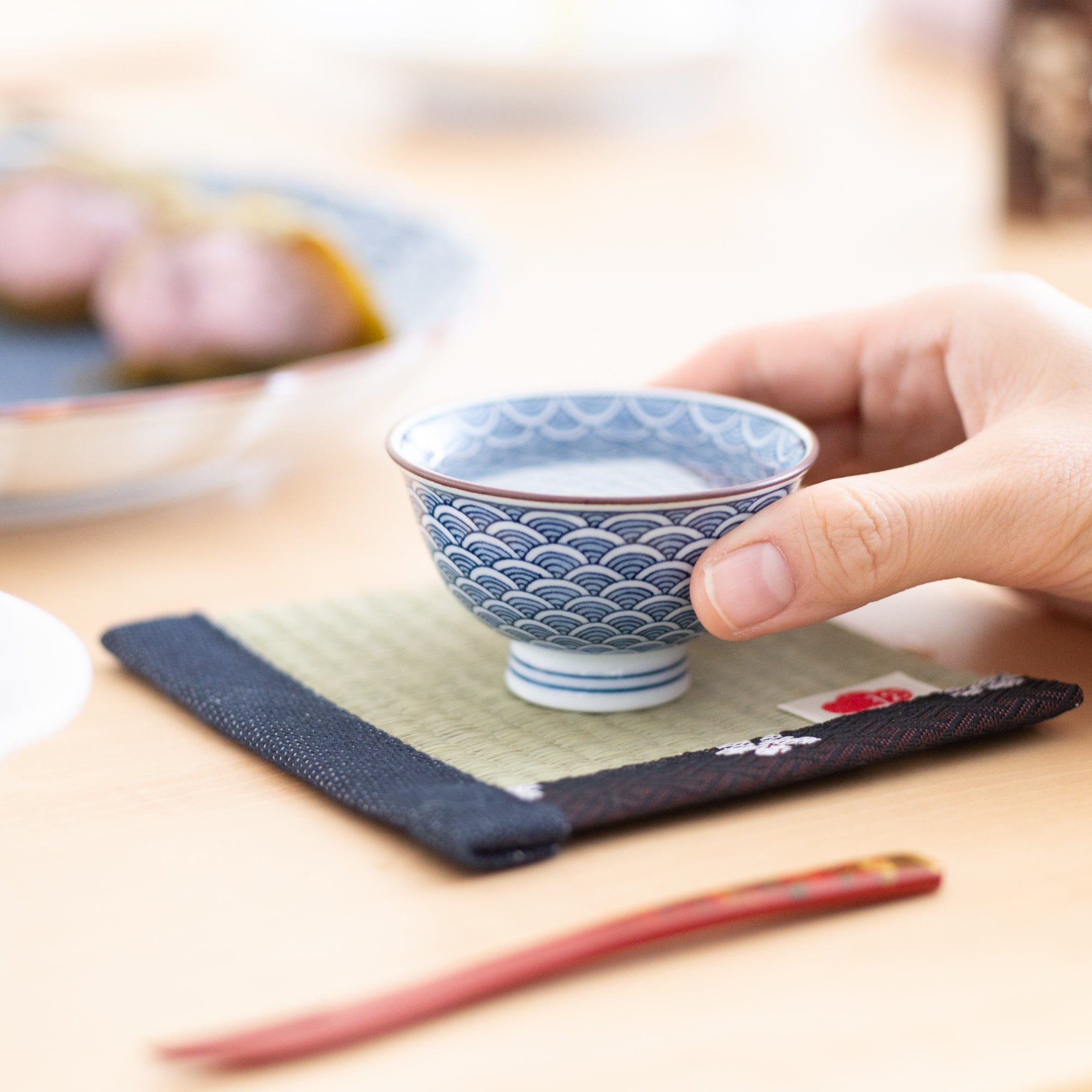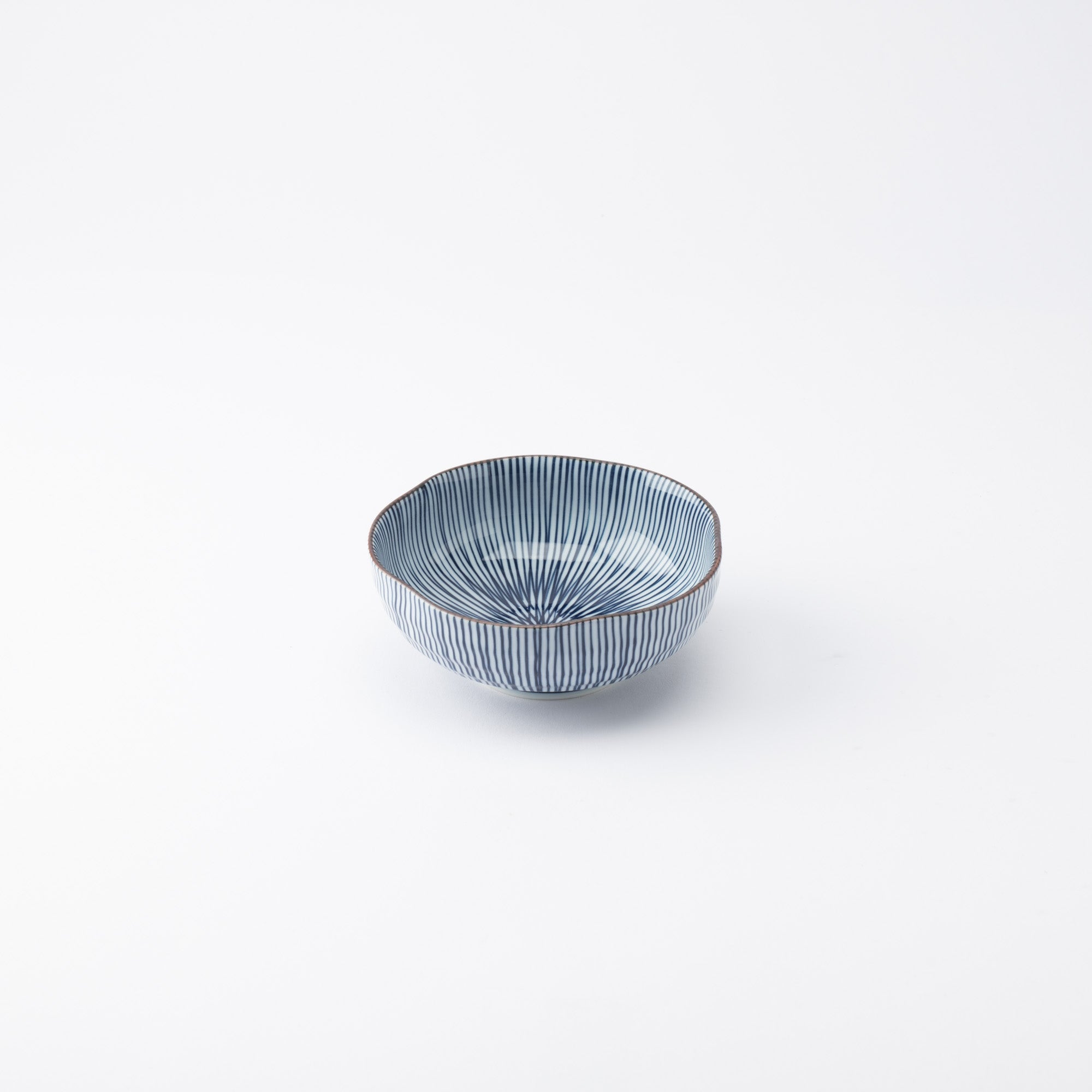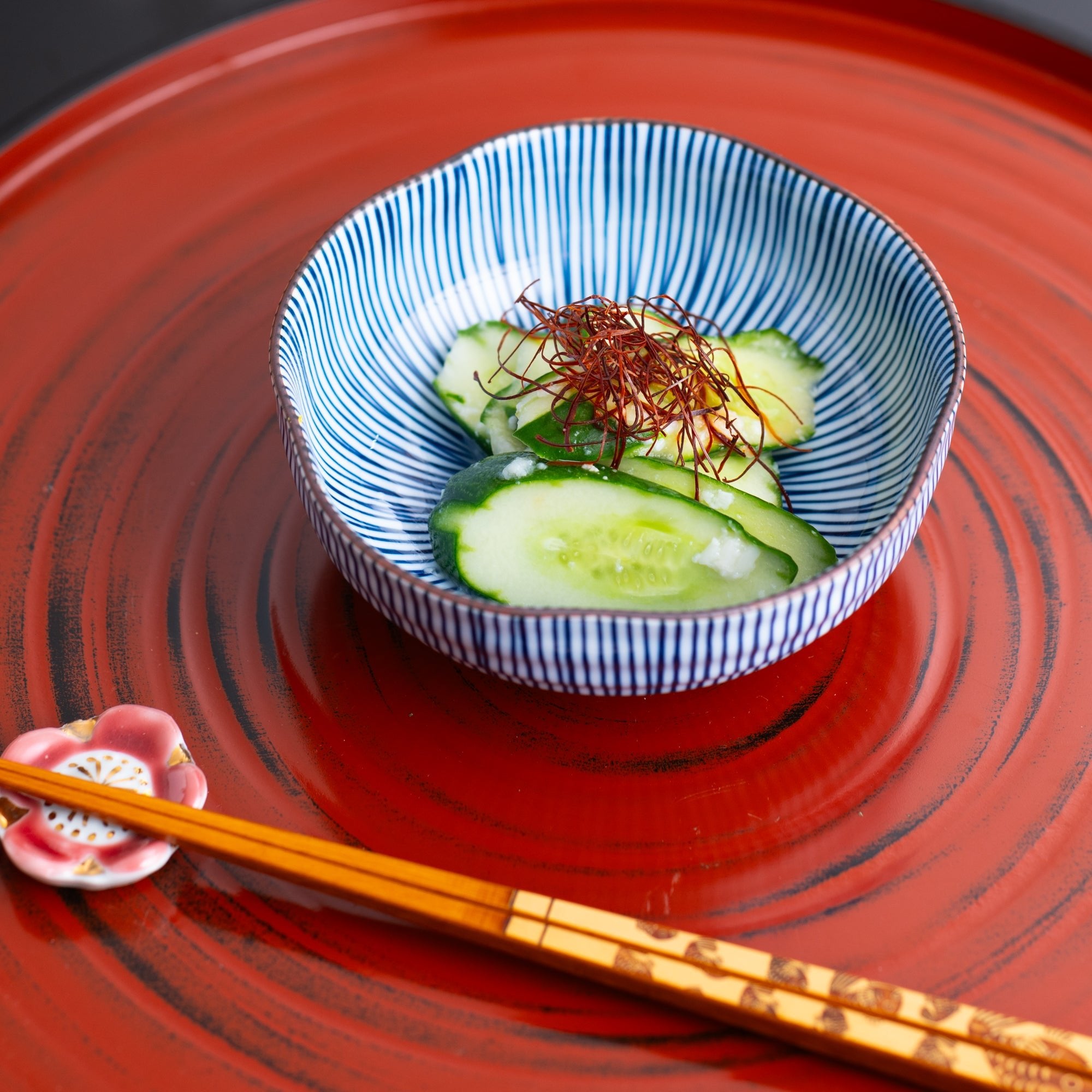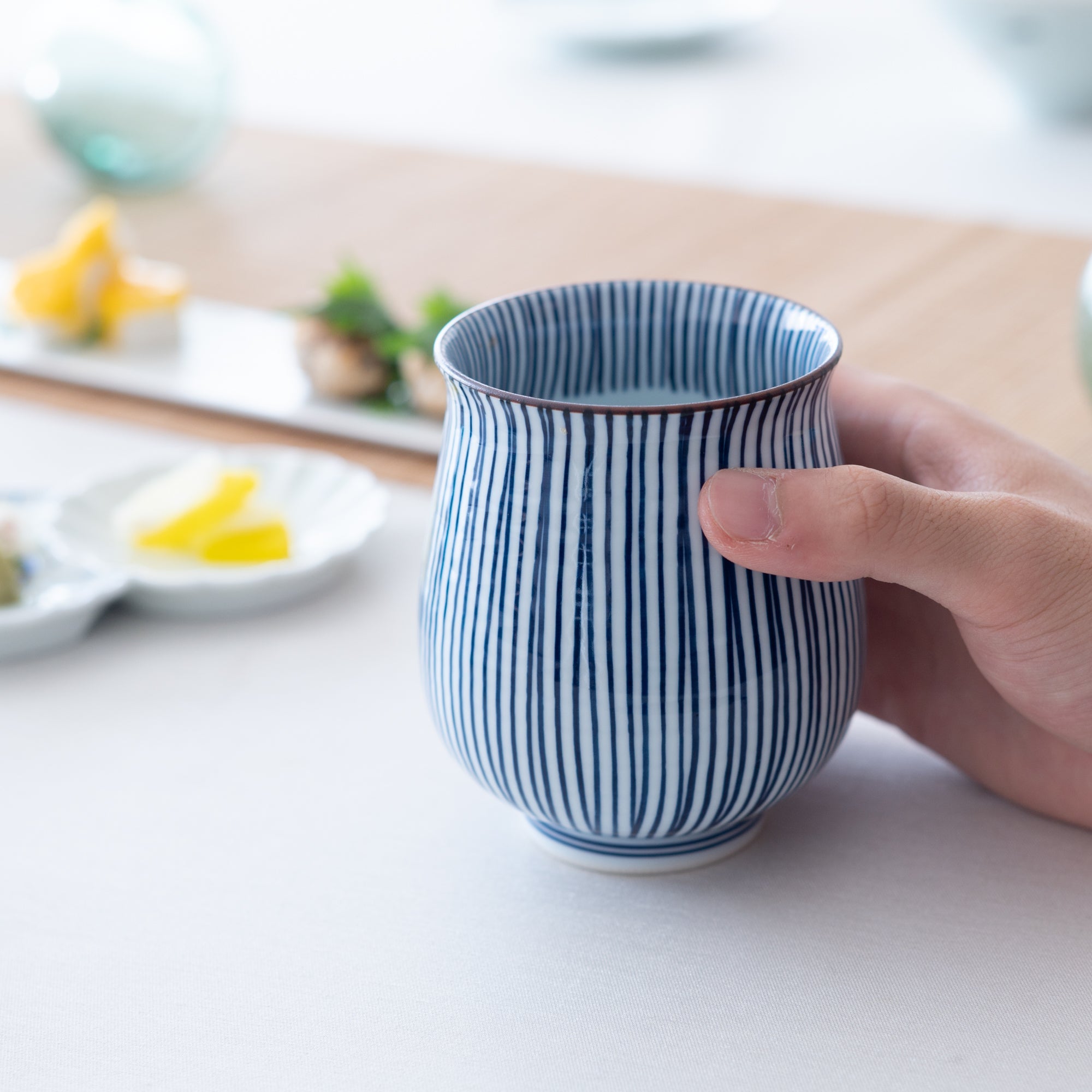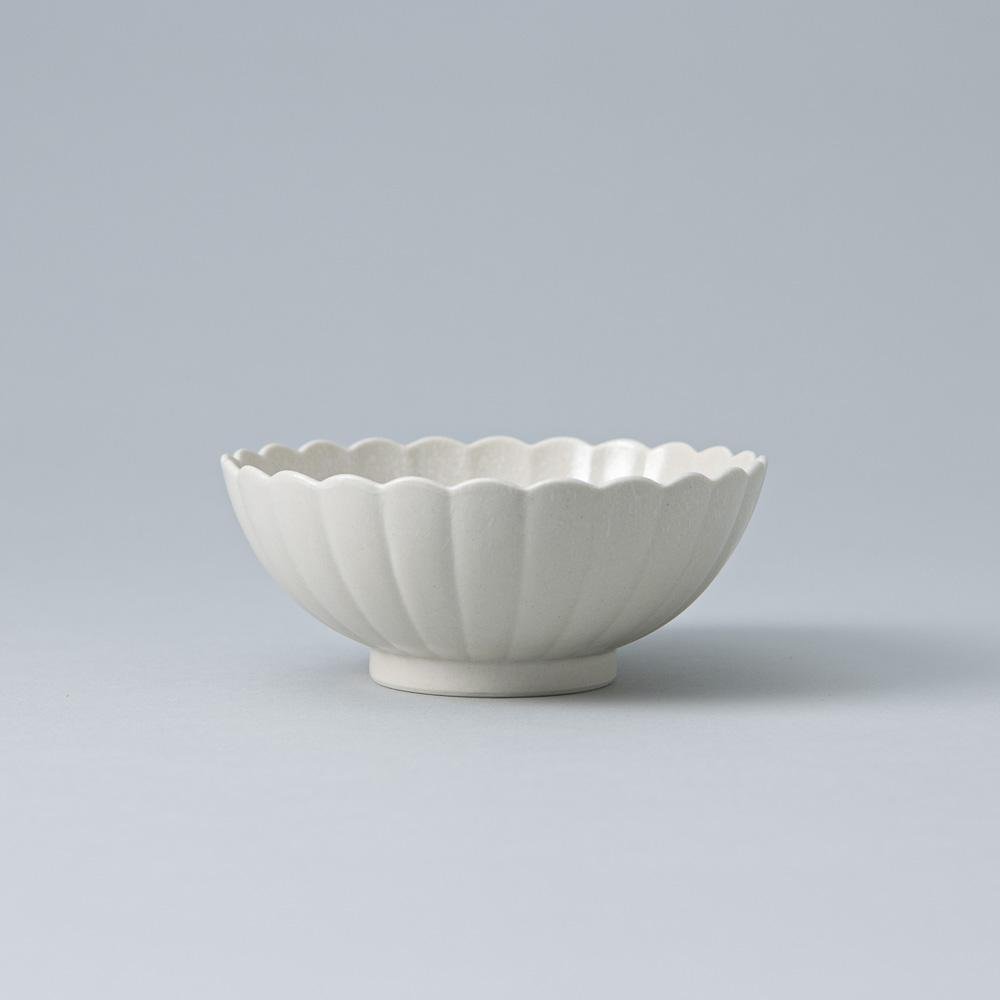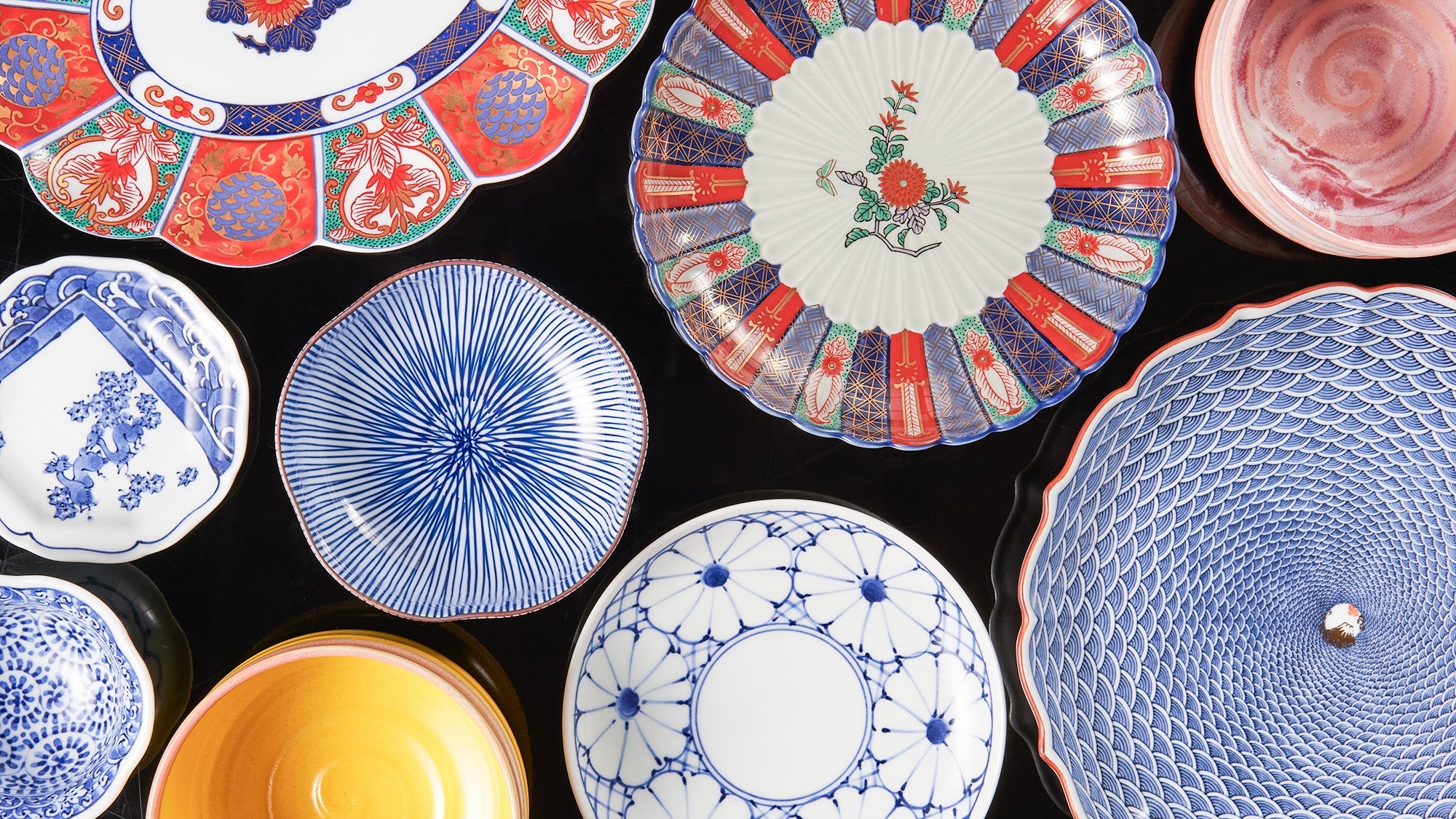
Porcelain of the Folk
Hasami Ware
Hasami ware is a traditional Japanese ceramic produced in Hasami Town, often called the "Town of Pottery," located in Nagasaki Prefecture, Kyushu. For over 400 years, it has been cherished as durable and practical tableware for everyday use.
It is known for its vibrant hand-painted designs on a pure white porcelain base—an iconic feature of Japanese porcelain. While Hasami ware continues to honor traditional patterns, artisans are constantly creating new designs that suit contemporary lifestyles, blending timeless beauty with modern functionality.
Hasami ware began over 400 years ago, in 1599, when three nobori-gama climbing kilns were built in the Muraki area of Hasami Town—at Hatanohara, Furusaraya, and Yamaniida. These multi-chambered kilns allowed for the high-temperature mass production of ceramics and marked the start of Hasami’s pottery tradition.
Early Hasami ware was glazed stoneware, but after the discovery of porcelain stone in the area, production gradually shifted toward porcelain—especially sometsuke (blue-and-white) and celadon styles. By the late Edo period, it became Japan’s top producer of sometsuke porcelain, and its ceramics became a specialty of the Omura domain, which oversaw the region.
Most Hasami ware pieces were practical, durable tableware for everyday use. One of the most iconic items was the Kurawanka bowl—thick, sturdy, and decorated with simple brush-painted patterns like arabesques. These affordable pieces helped shape Japan’s everyday dining culture and brought porcelain into common households.

While nearby Arita focused on porcelain as fine art, Hasami ware led in large-scale, accessible tableware. For centuries, Hasami ware was distributed via Arita and known globally as "Imari ware." It wasn’t until the early 2000s that Hasami ware was officially recognized as its own distinct tradition.
Today, the legacy of Hasami ware lives on in its commitment to combining traditional craftsmanship with modern design. Remains of old climbing kilns still stand throughout the town—silent witnesses to centuries of ceramic innovation and cultural impact.

Today, Hasami ware is a town-wide handicraft industry, with 20 to 30 percent of Hasami’s 15,000 residents engaged in some part of the production process. Remarkably, around 16% of all everyday tableware used in Japan is made in this small town. How is such large-scale production possible in a place of this size? The key lies in Hasami’s highly developed system of division of labor.
The production process is divided into specialized roles: the tsuchi-ya, who supply the porcelain clay; the kata-ya, who make plaster molds; the kiji-ya, who shape the pieces using the molds; the uwae-ya, who paint the designs; the kamamoto, who fire the ceramics; and the ton-ya, wholesalers who manage distribution.
Through this efficient production system—combined with the adoption of simple, functional design—Hasami ware gradually established its own distinctive style. Today, it is appreciated across a broad range of generations and tastes, making it an essential part of everyday life.

Related posts

Comforting Moments at the Family Winter Table
Gather around a winter table with rustic accents, creating an ichiju-sansai meal in a cozy space for warmth and tradition.
Read more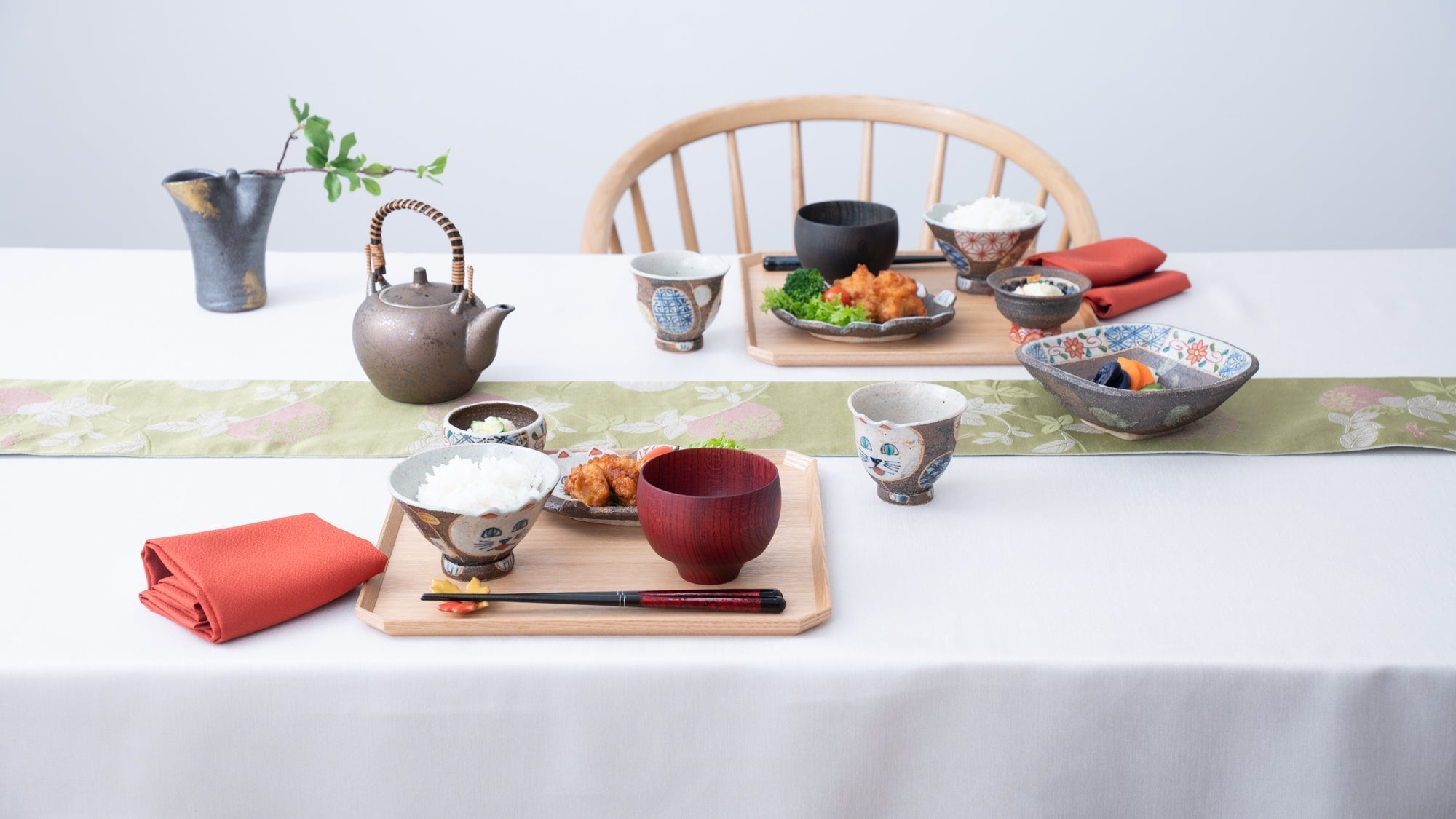
Merriment at the Table with Unique Hasami Ware
Bring joy to your table with Kousai Kiln’s playful stoneware. Playful and traditional motifs turn meals into special moments.
Read moreFilters



